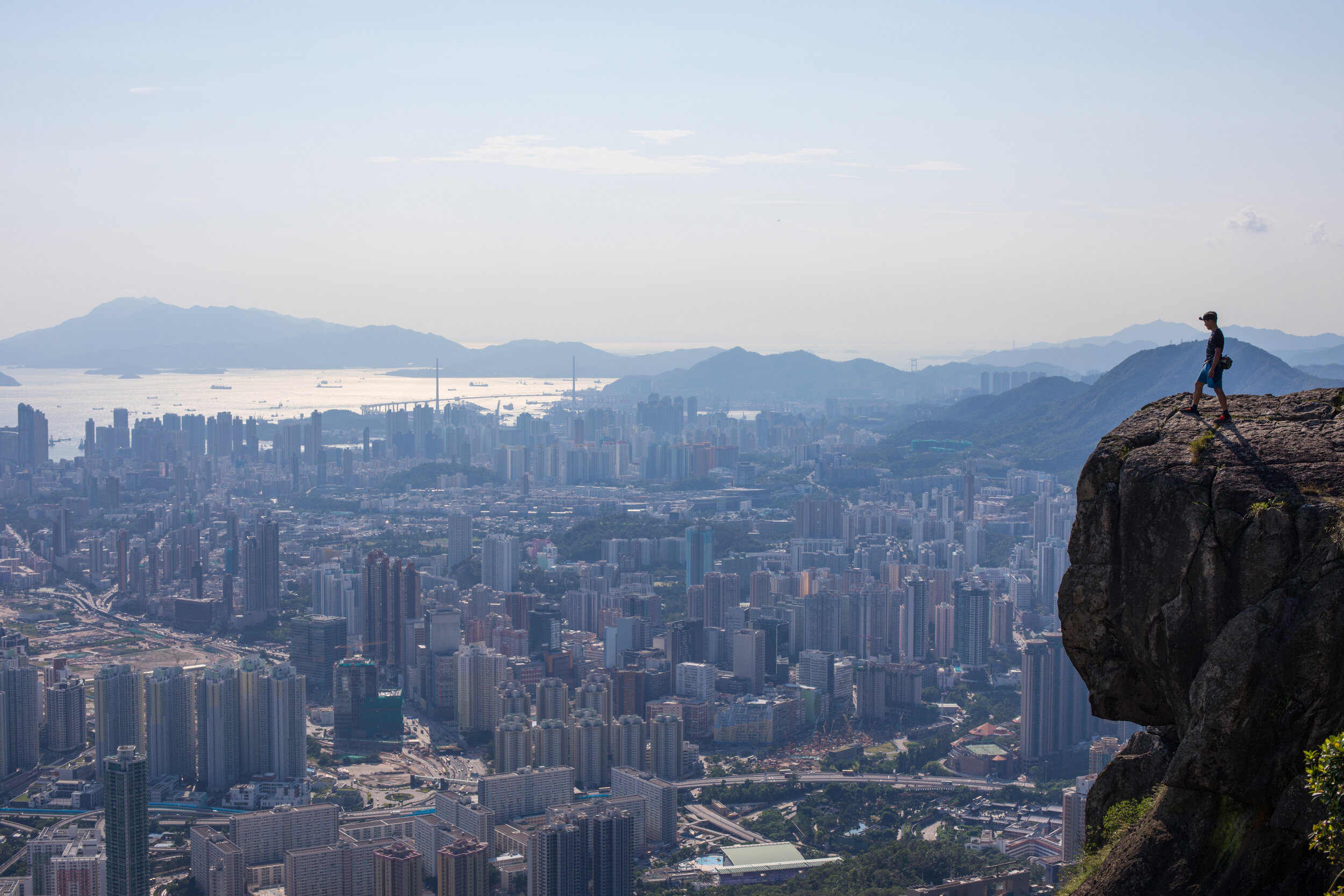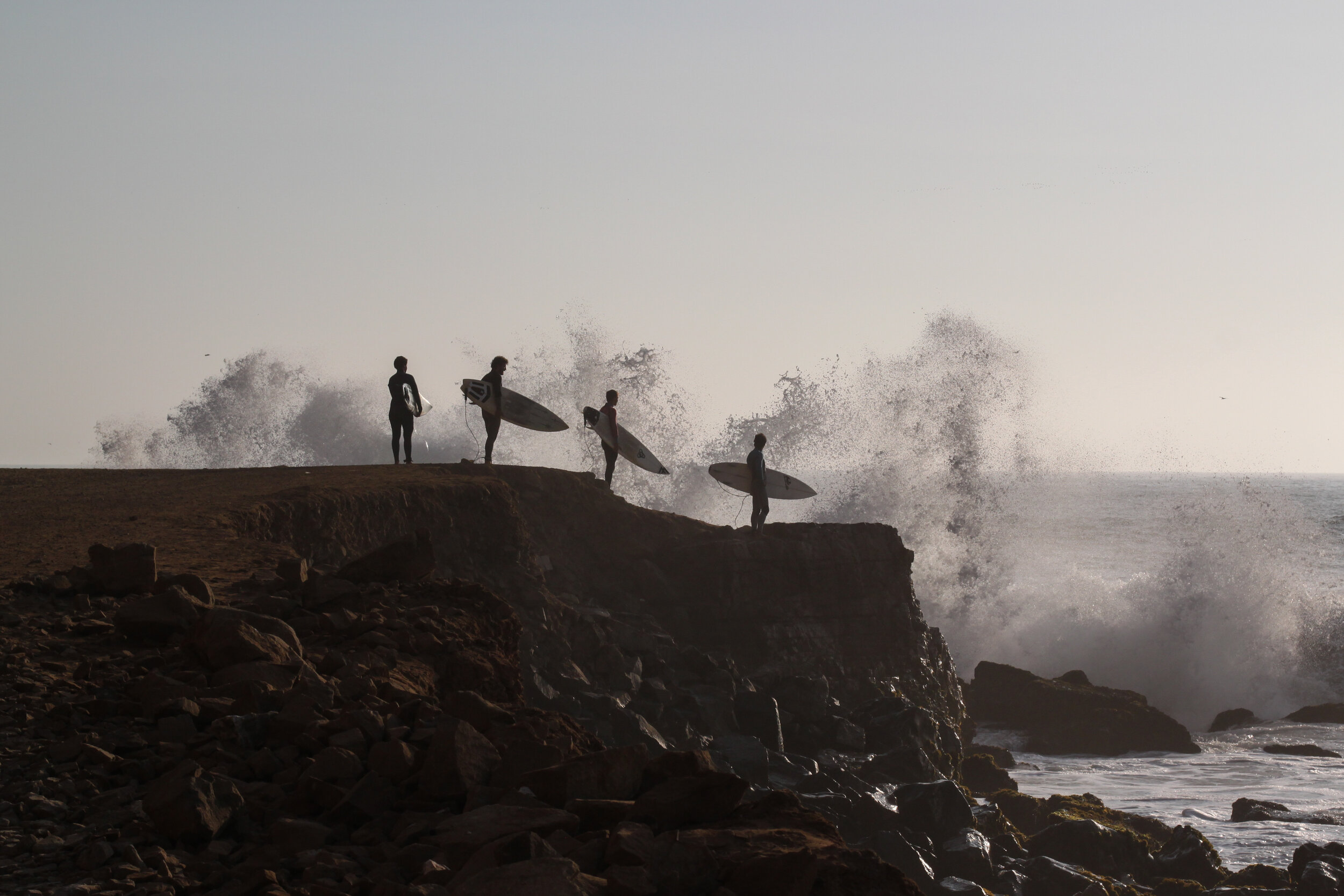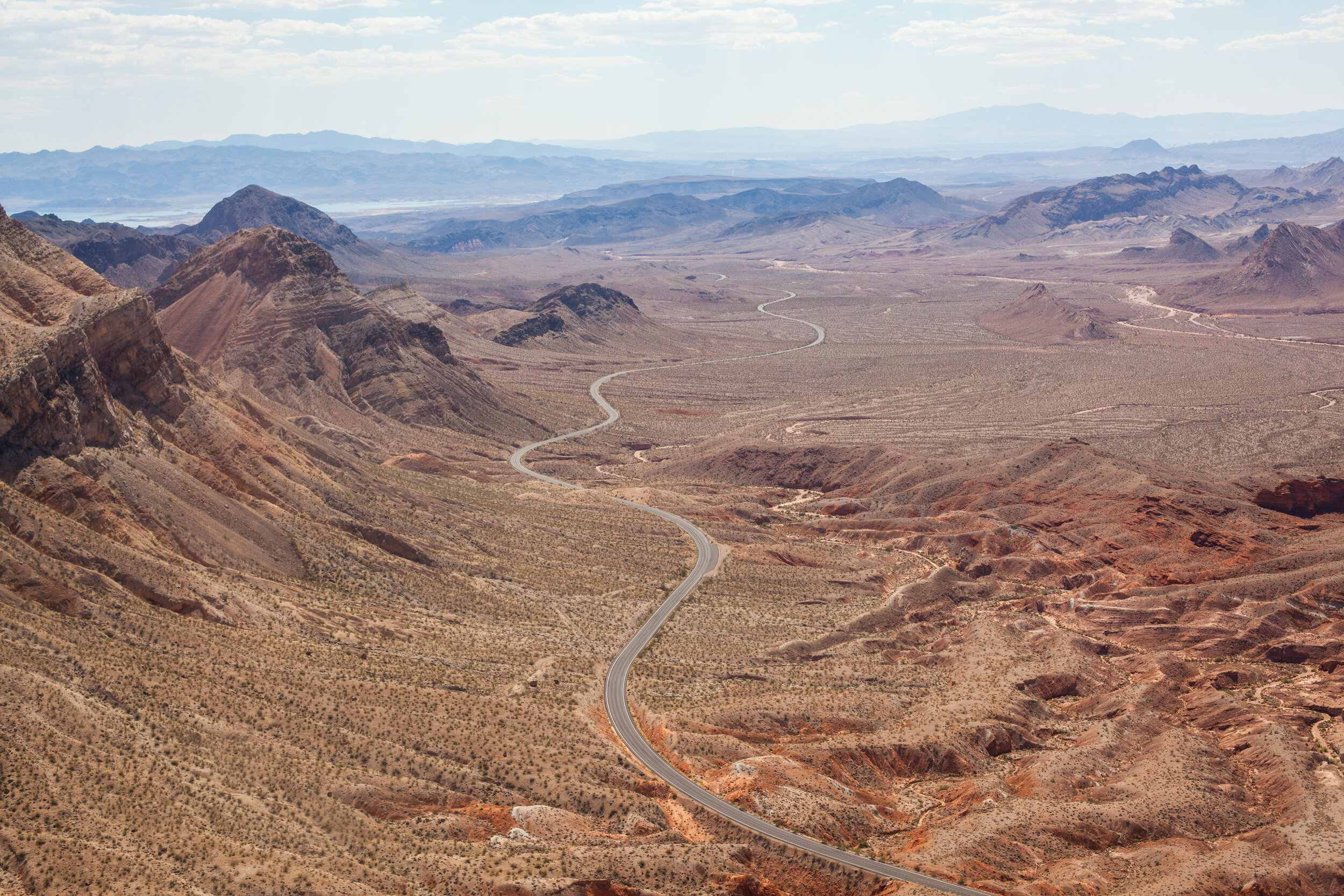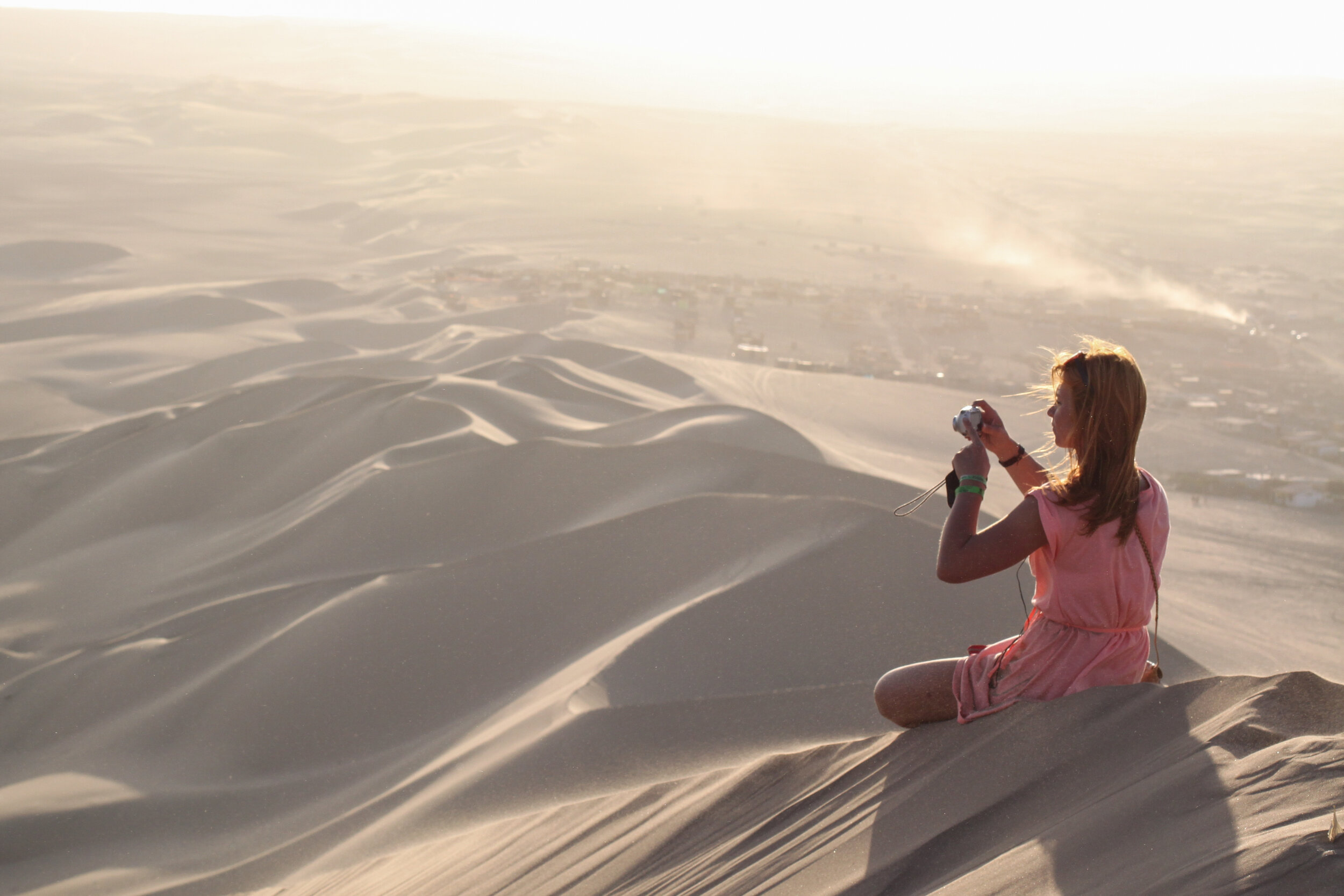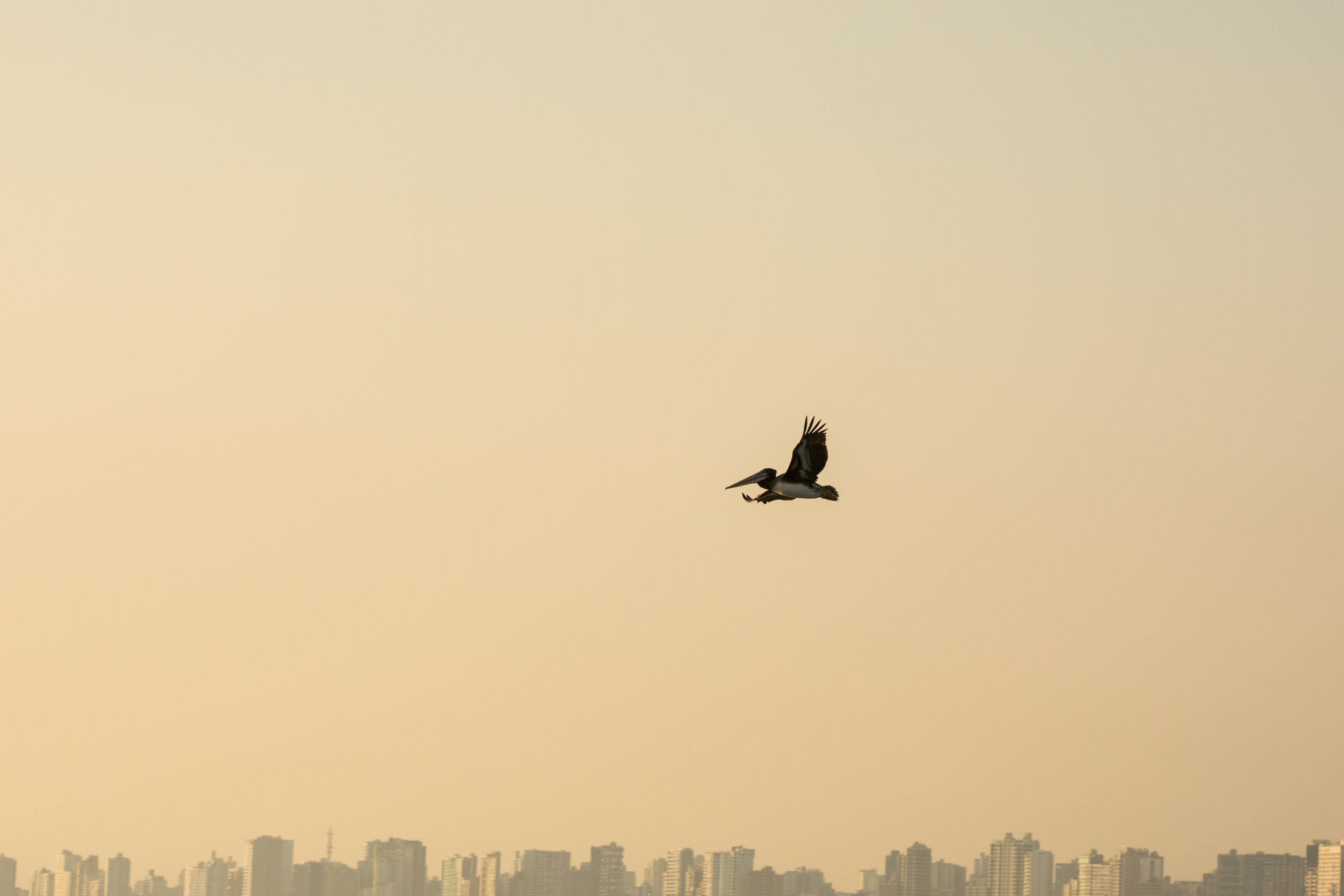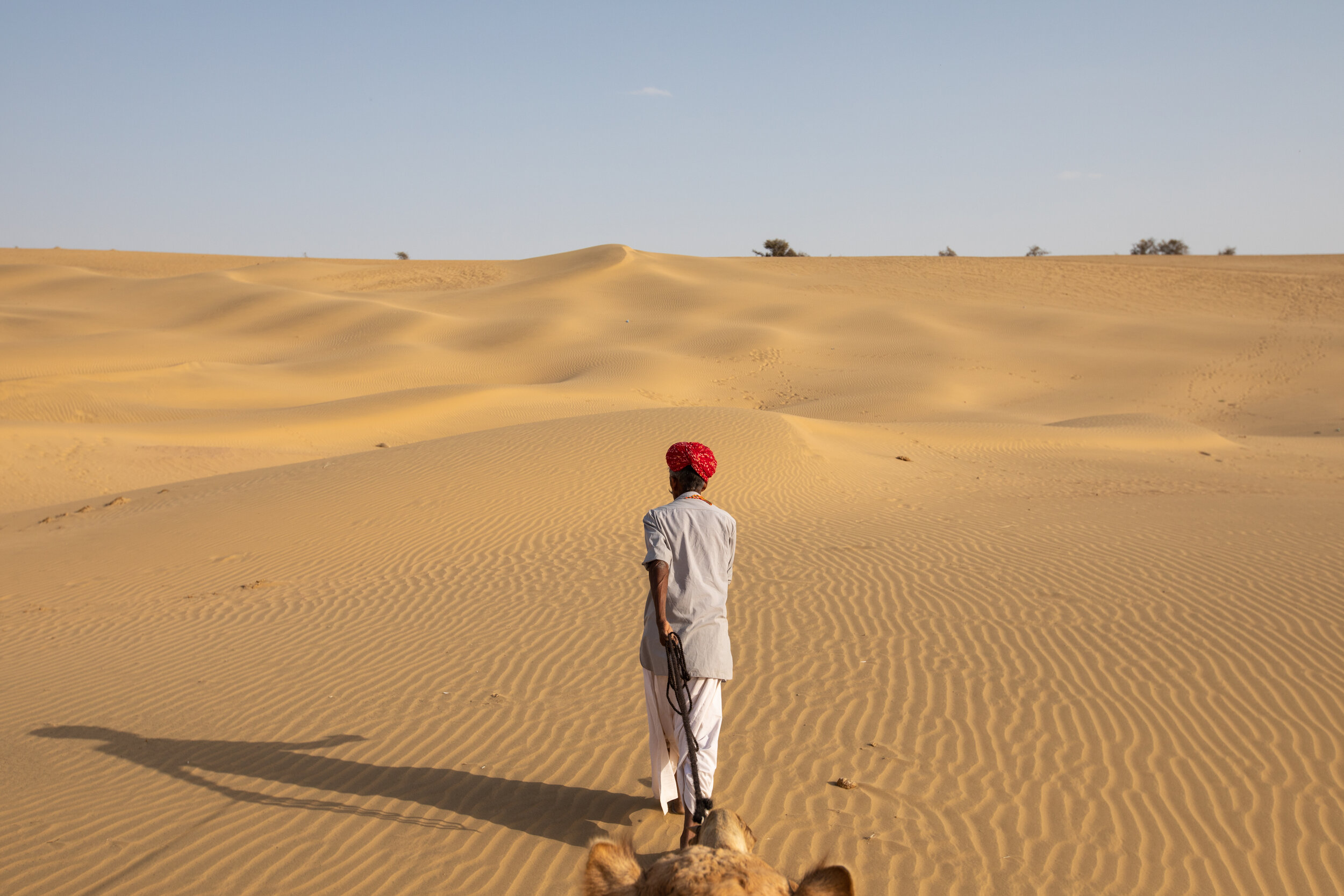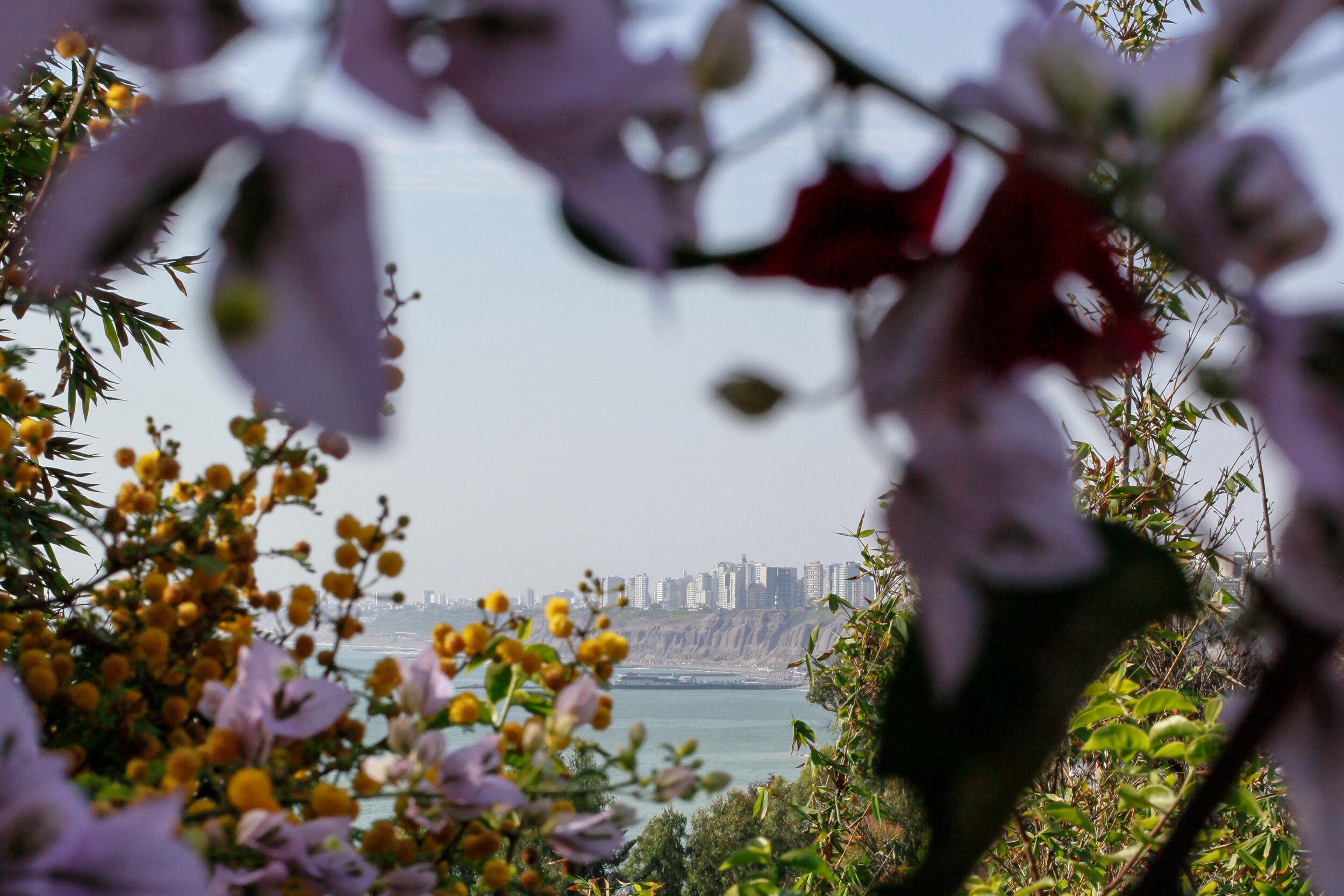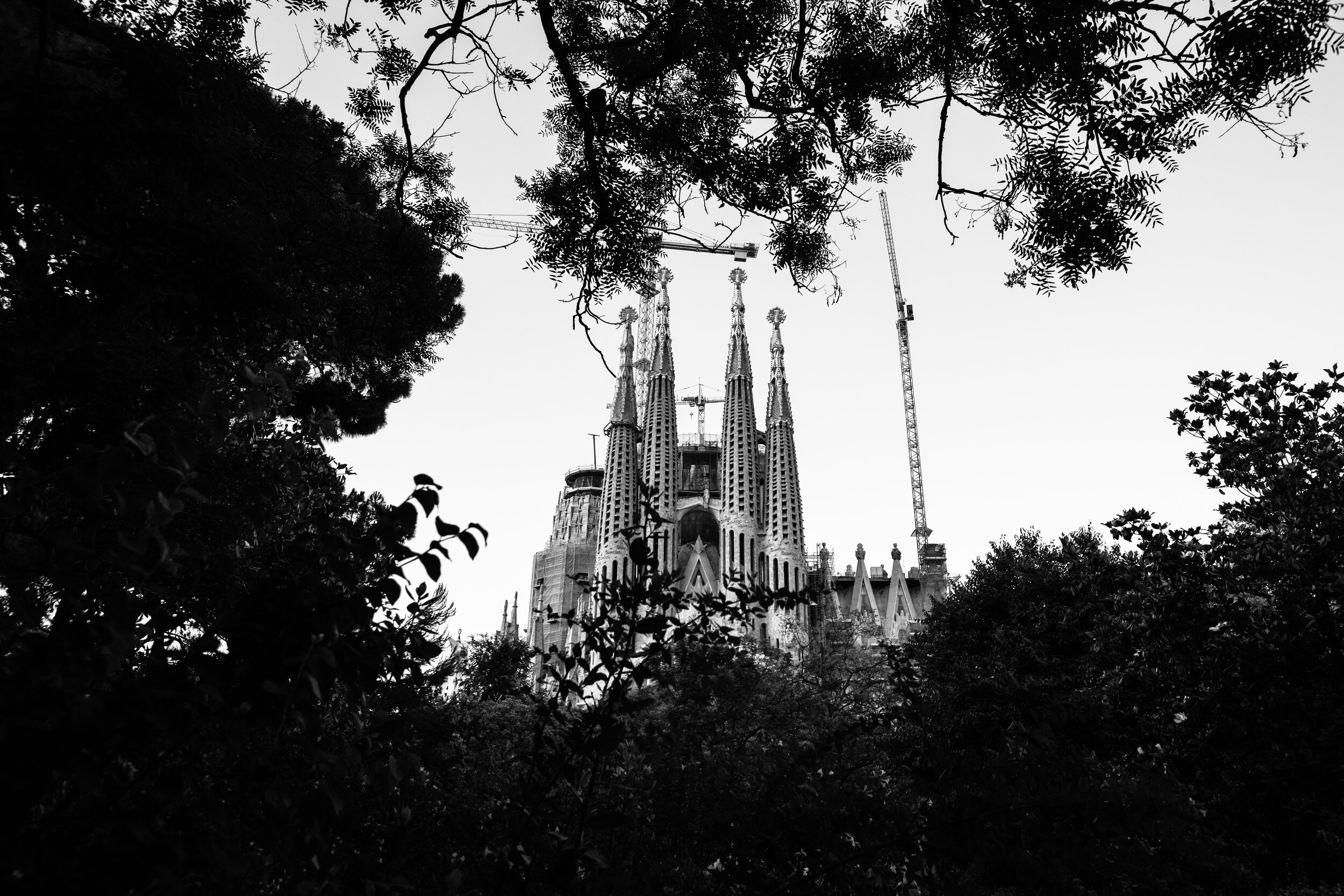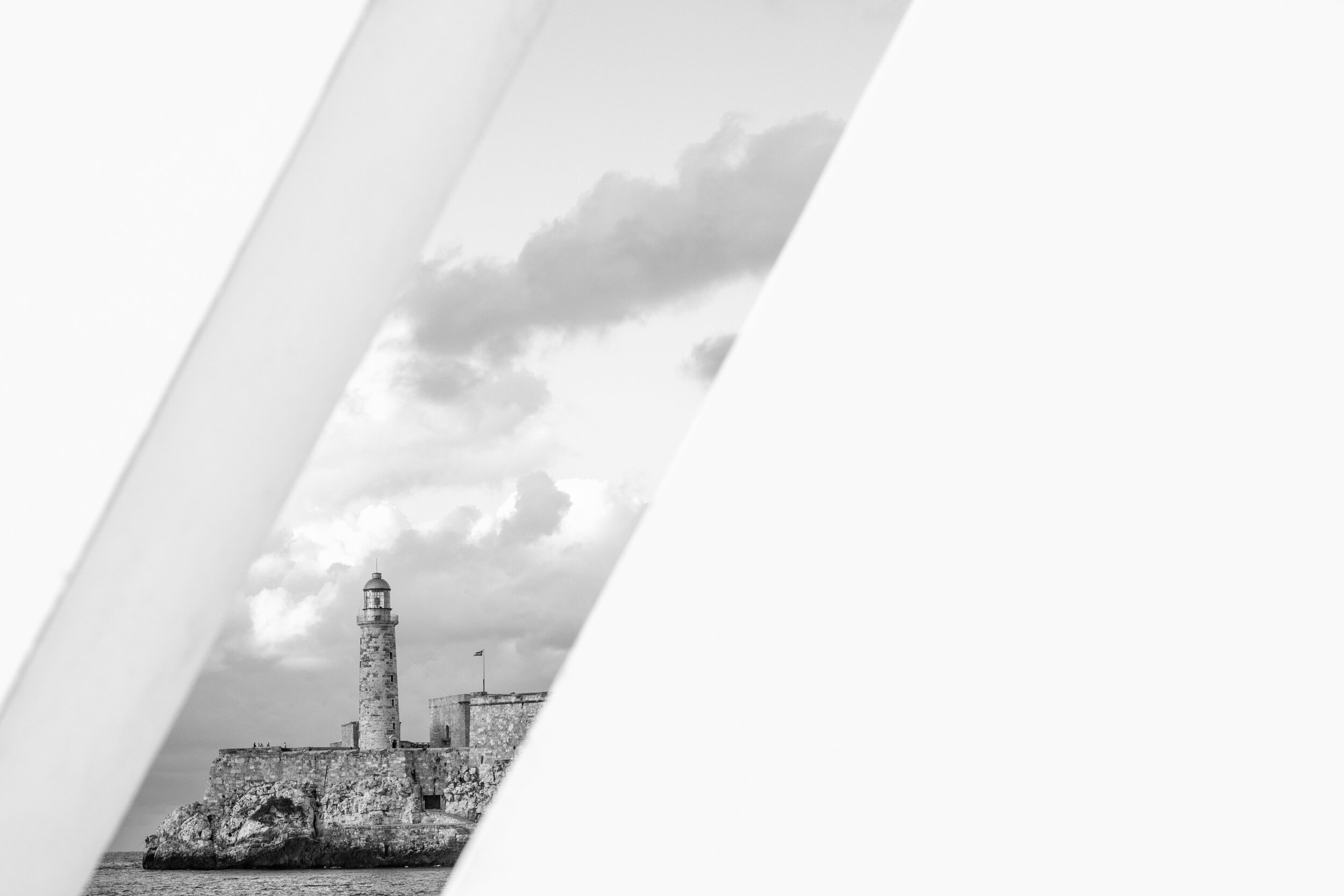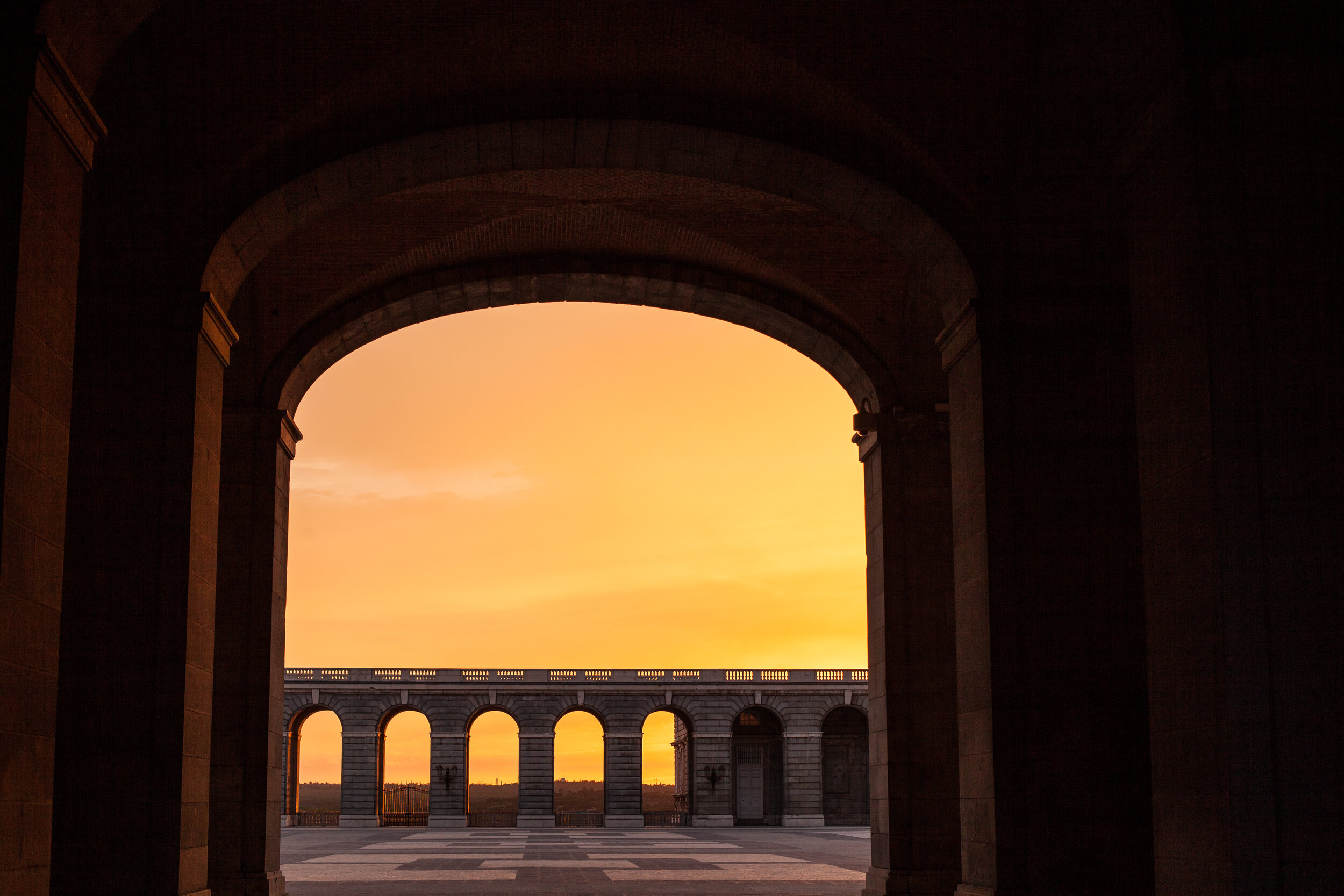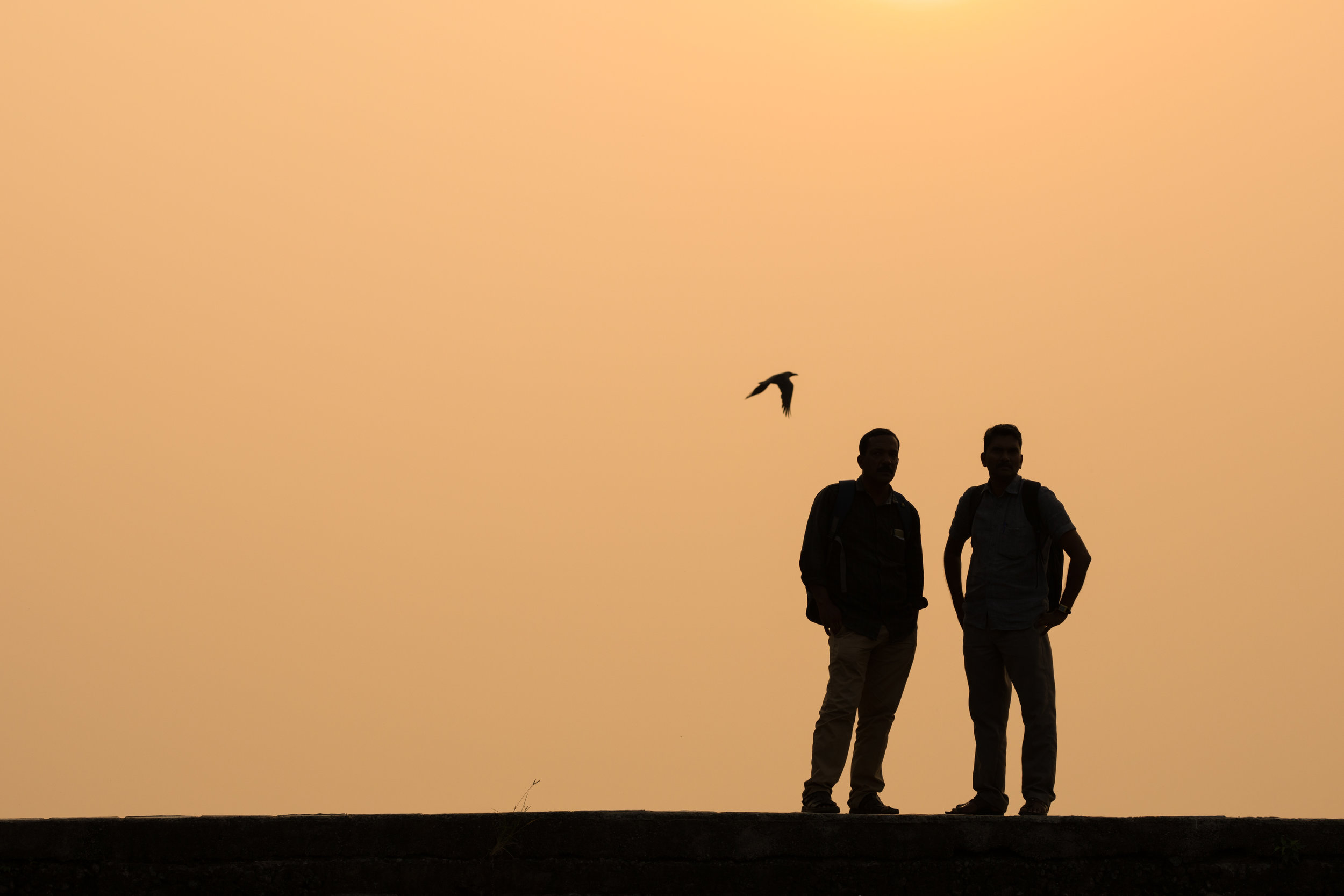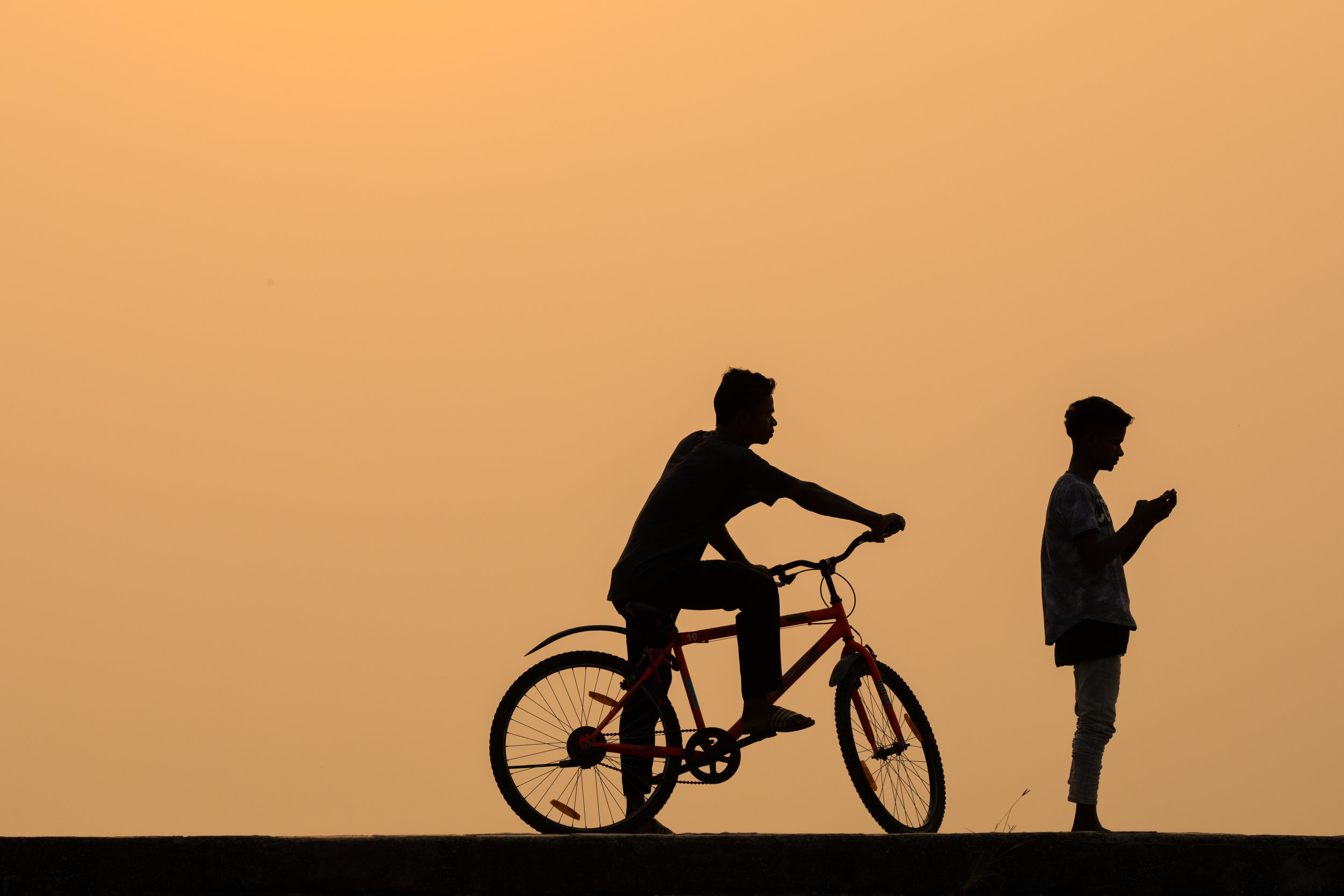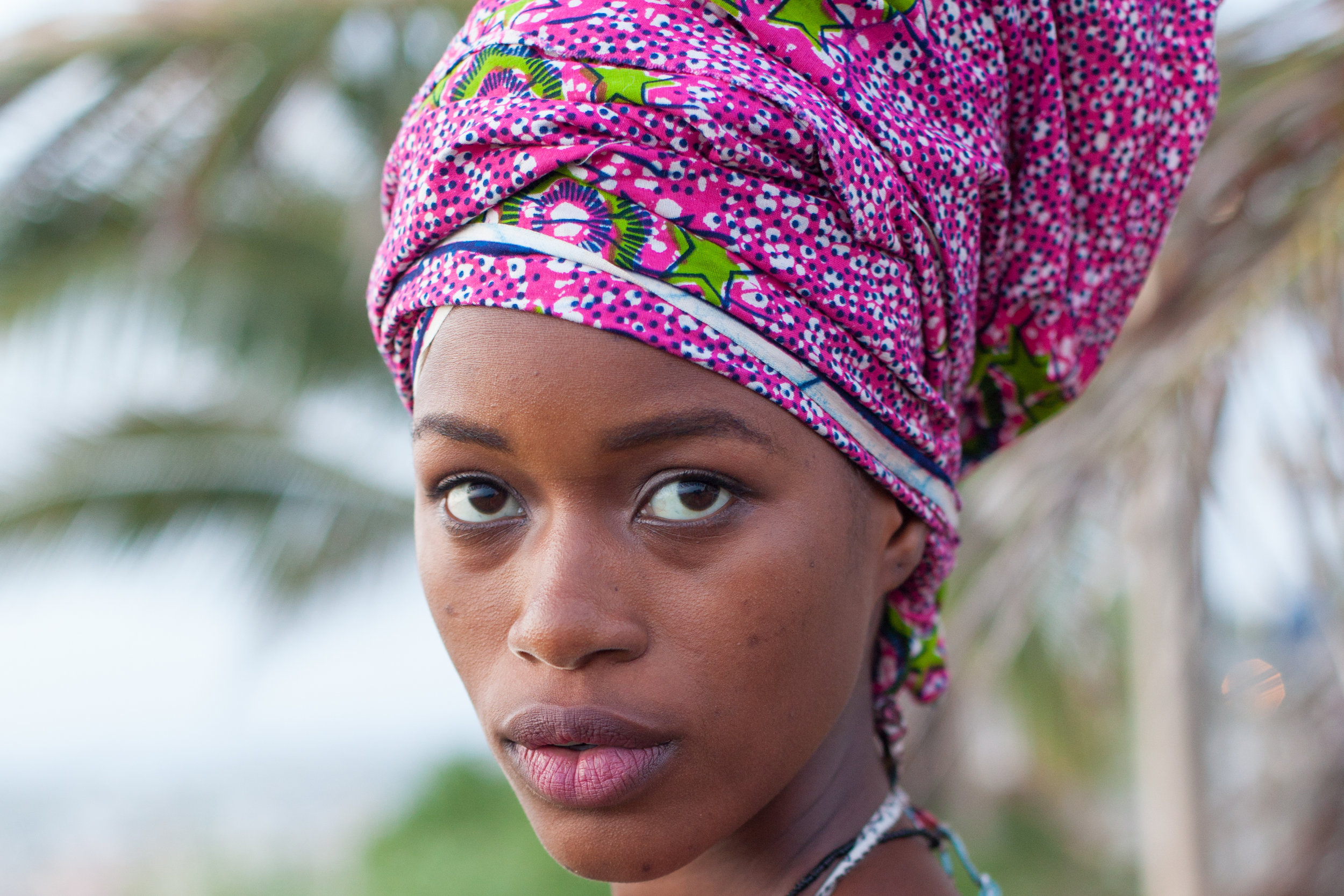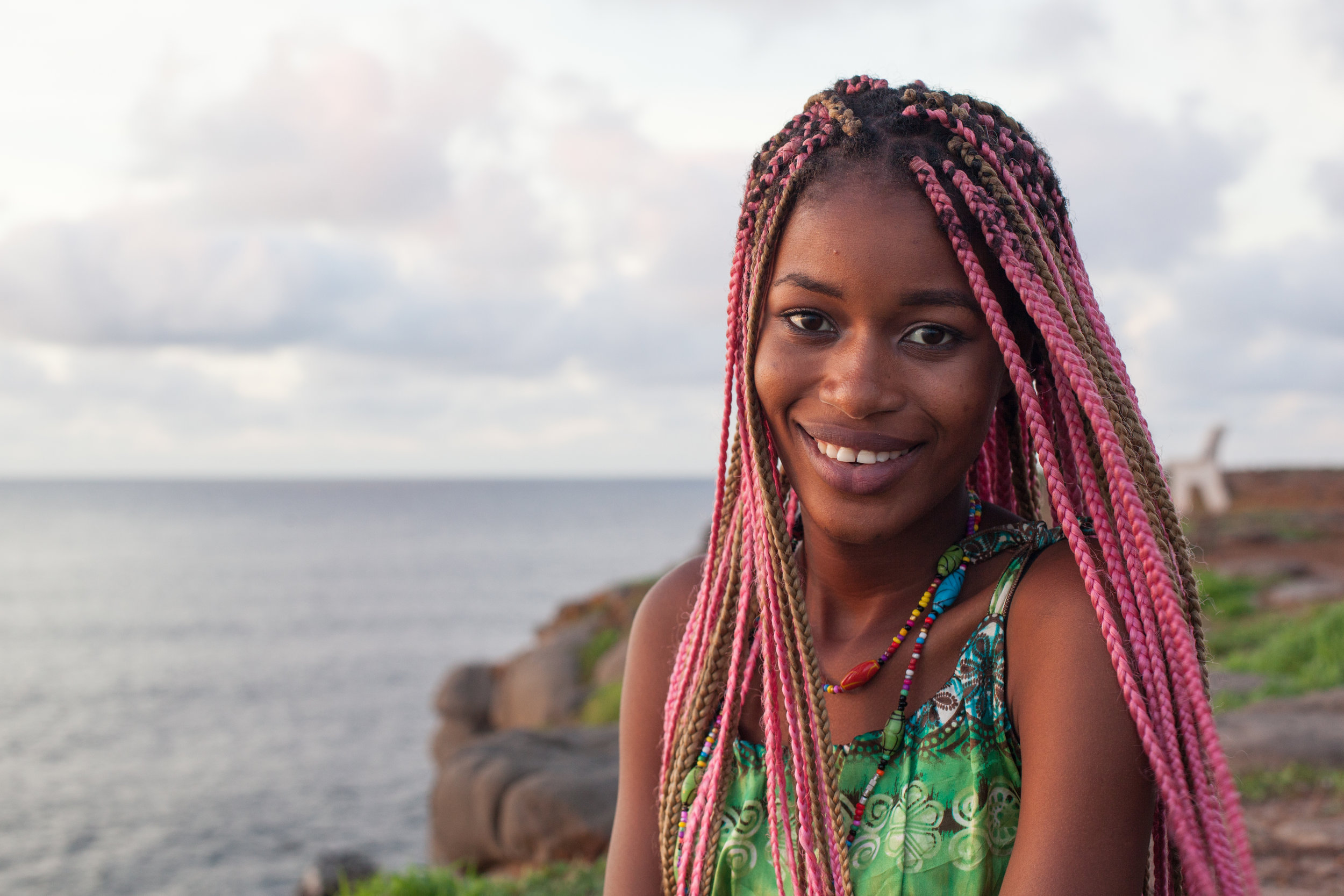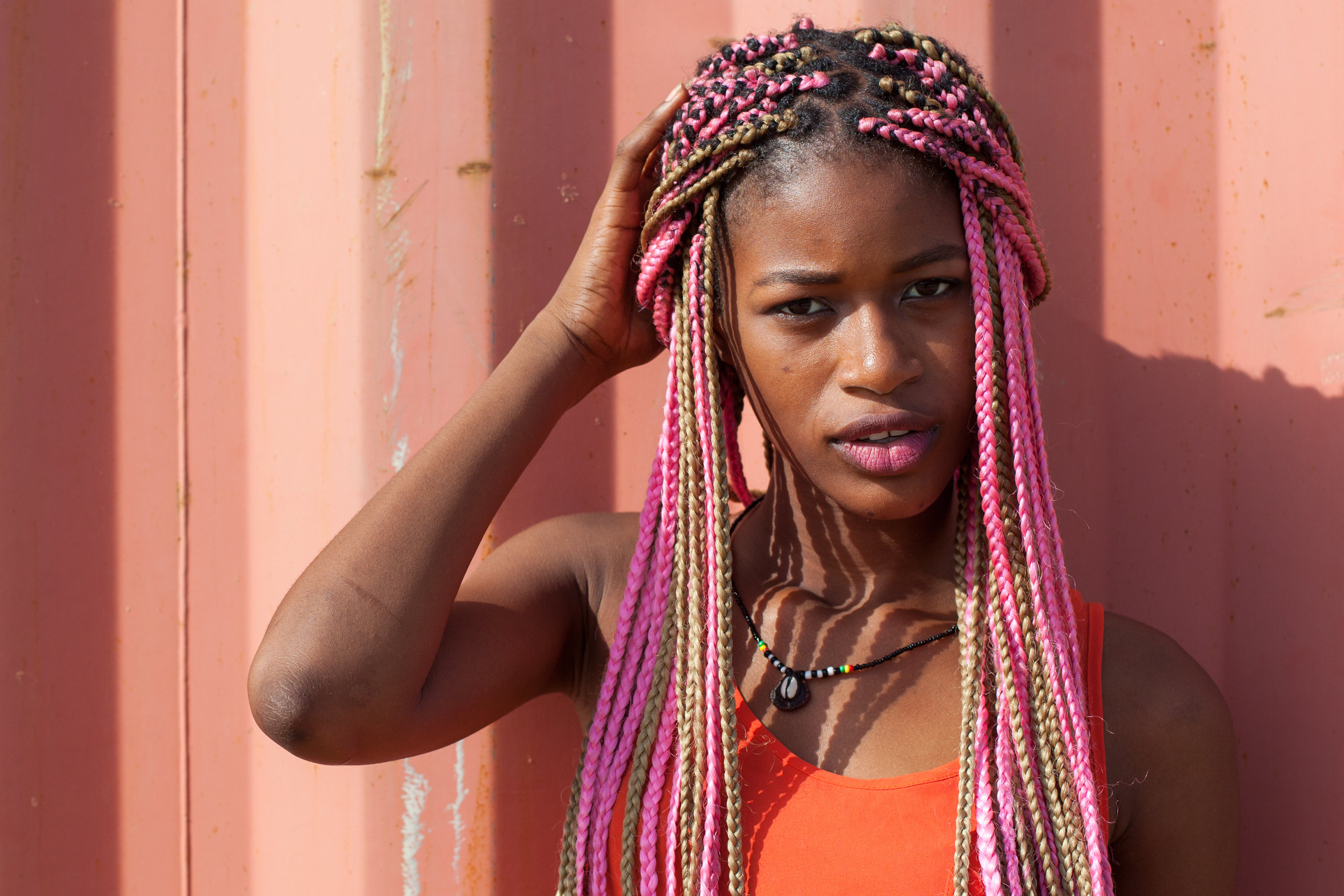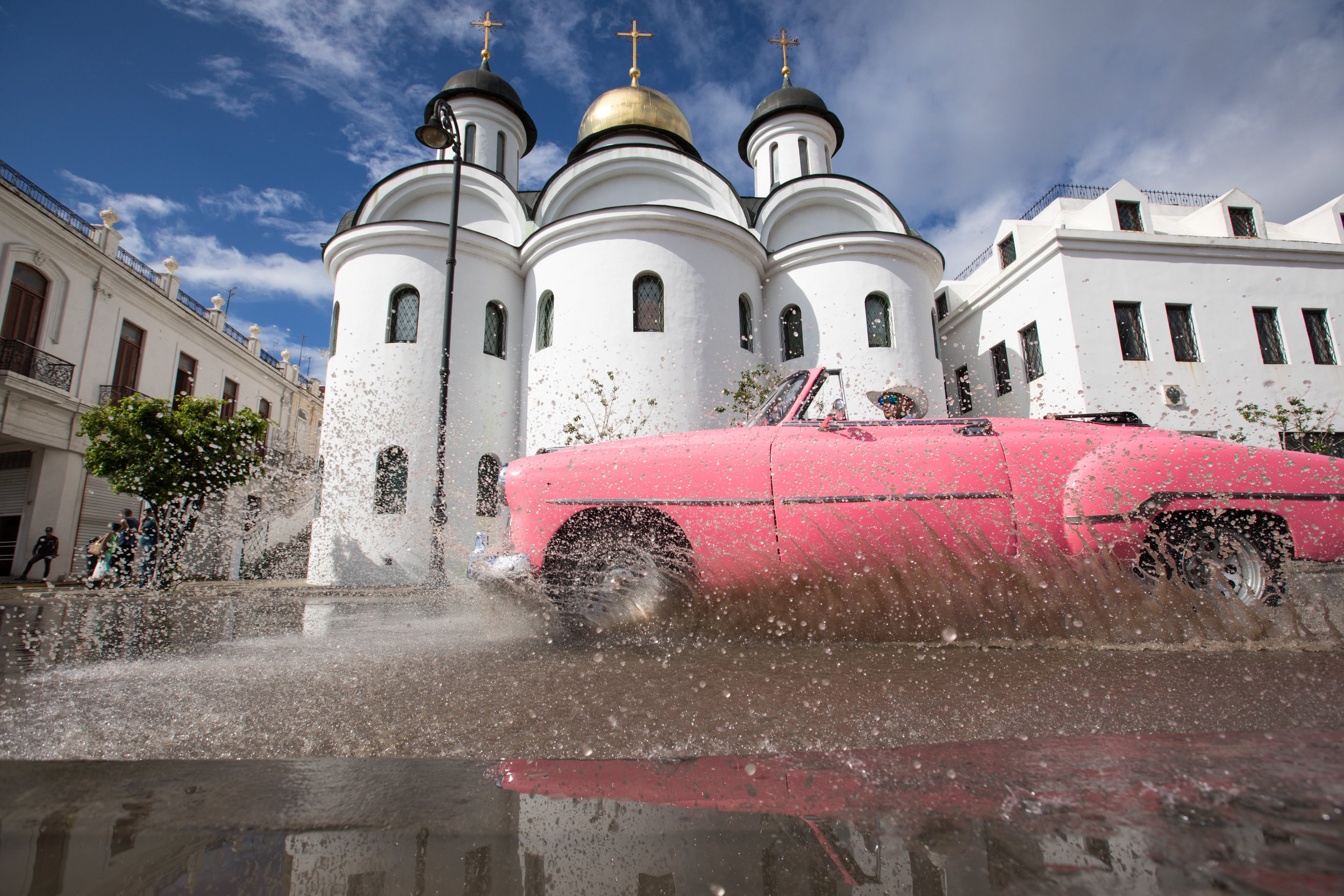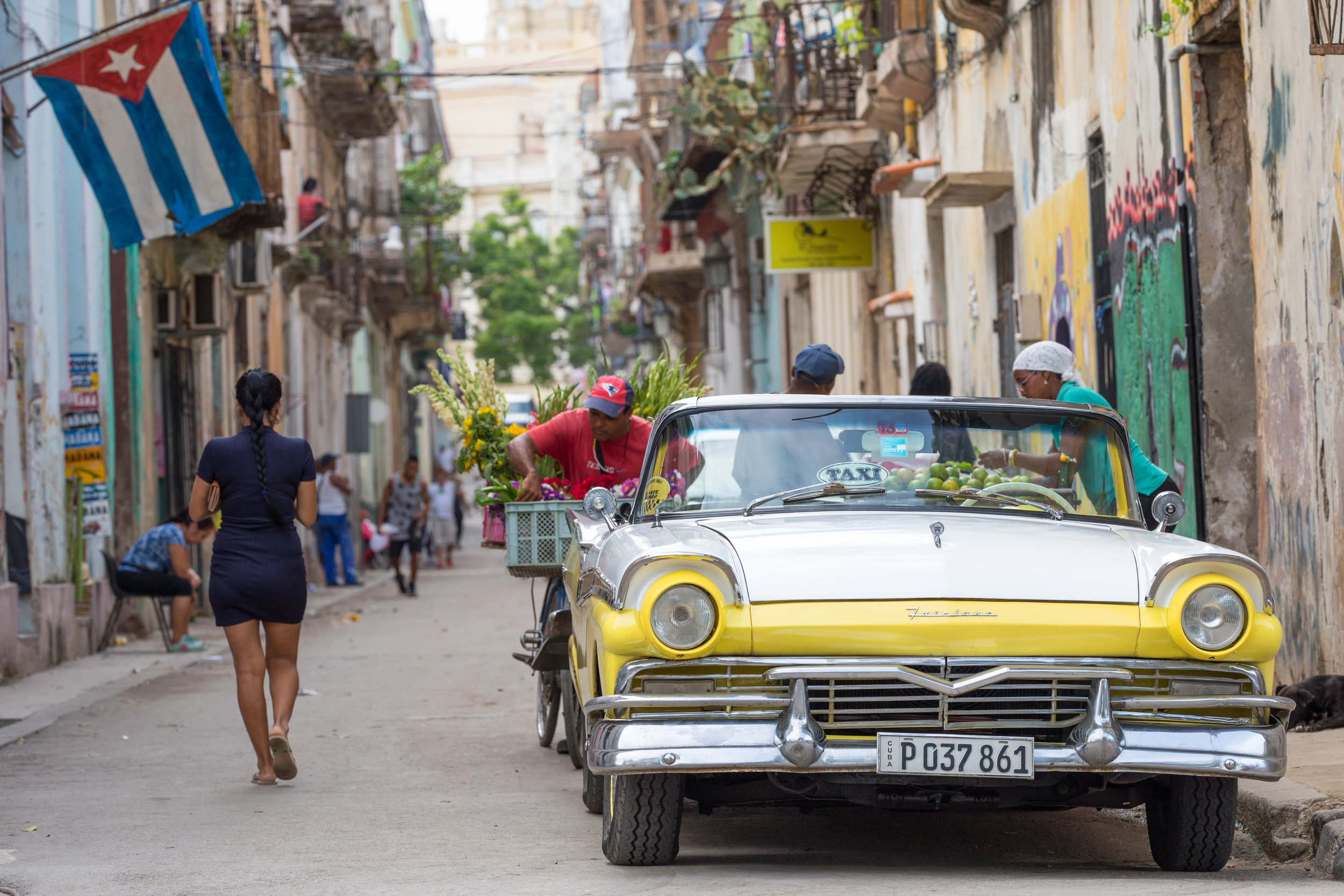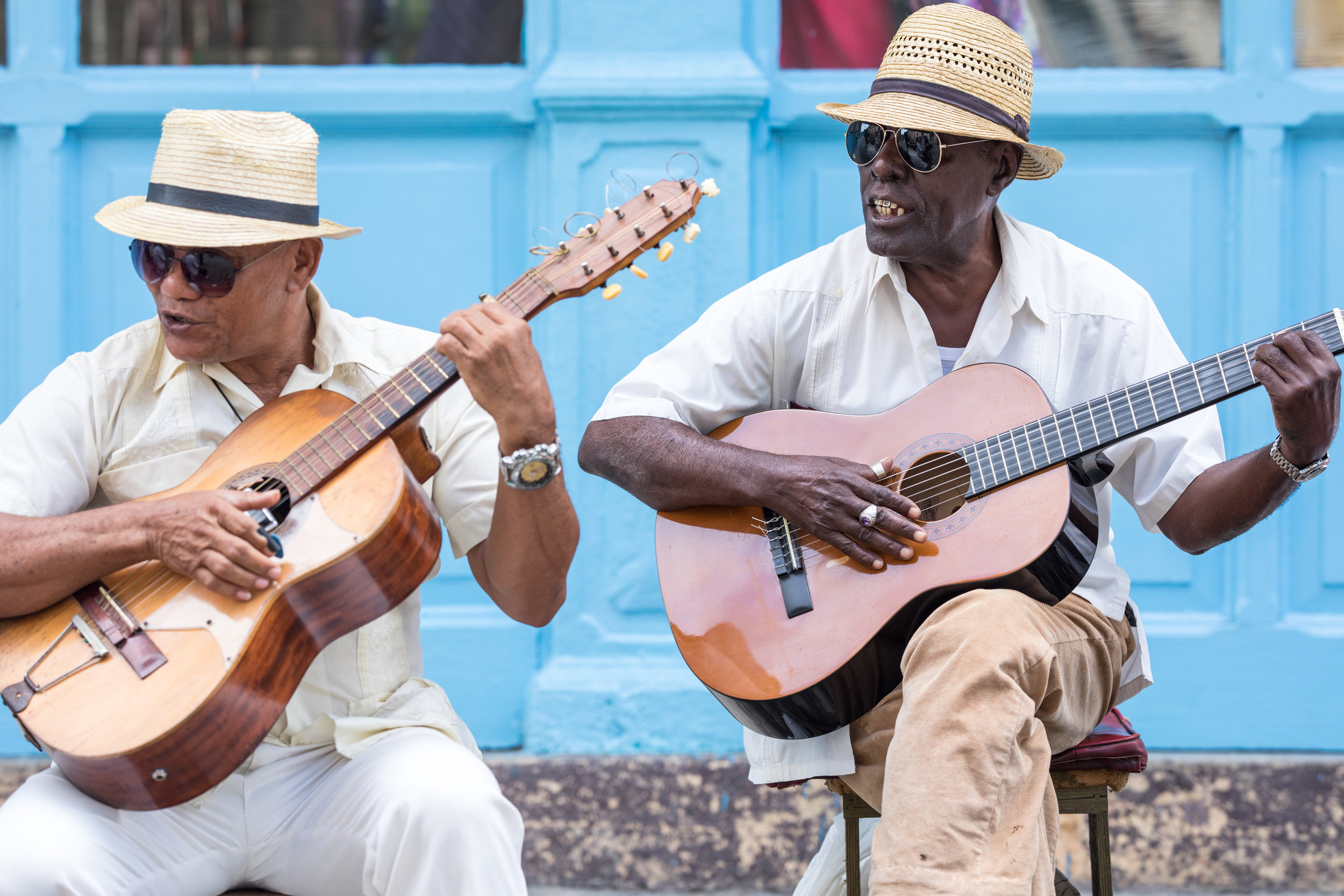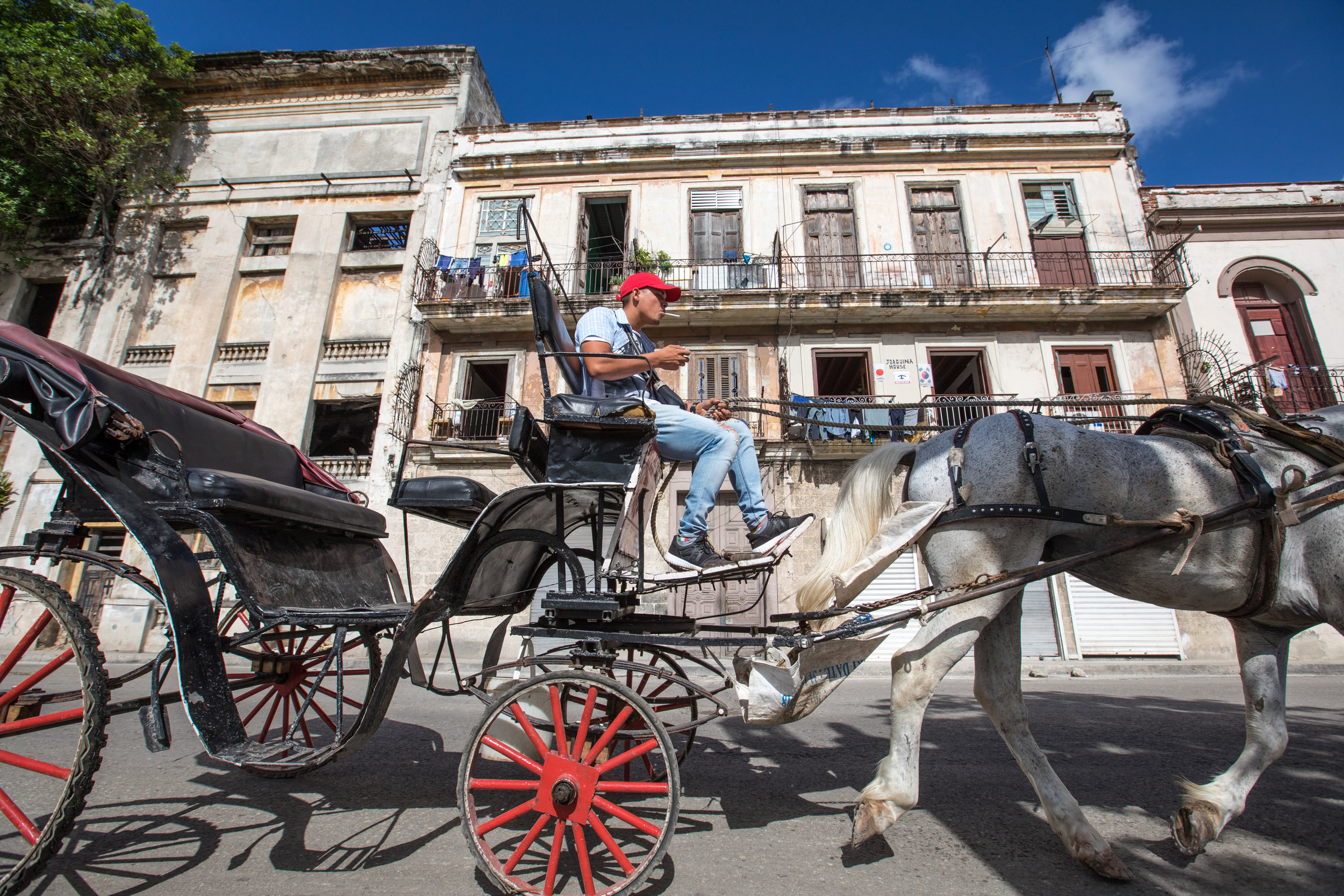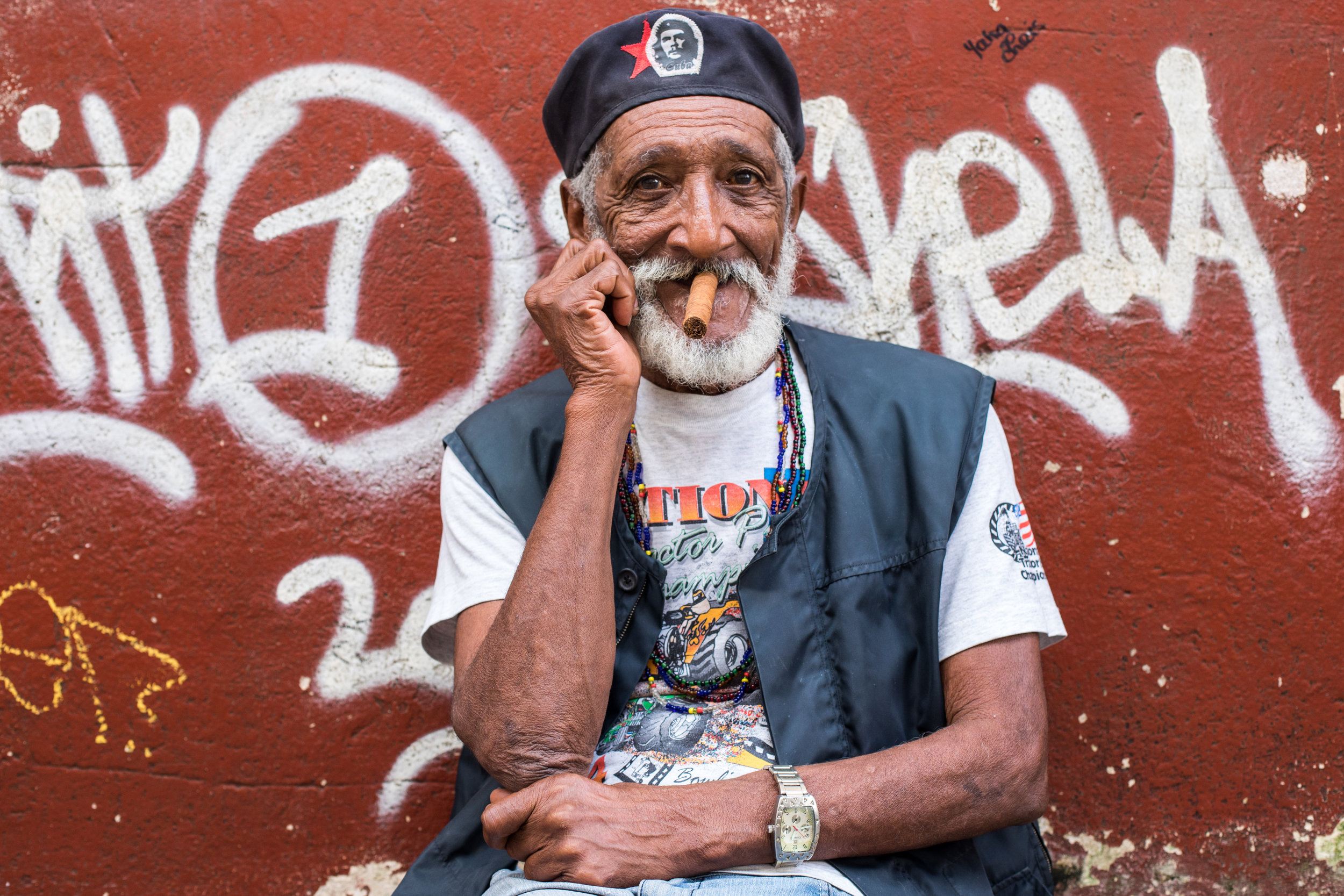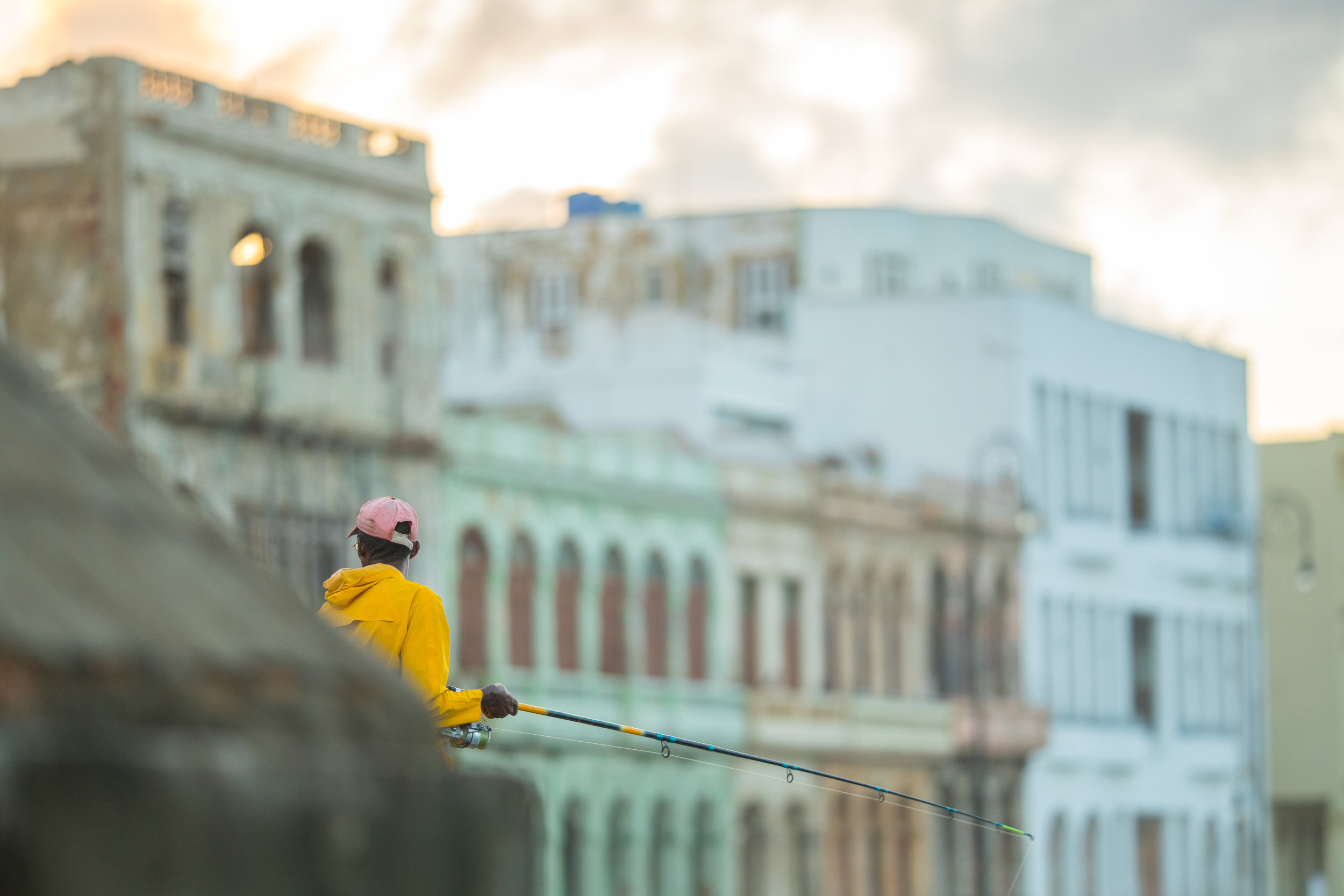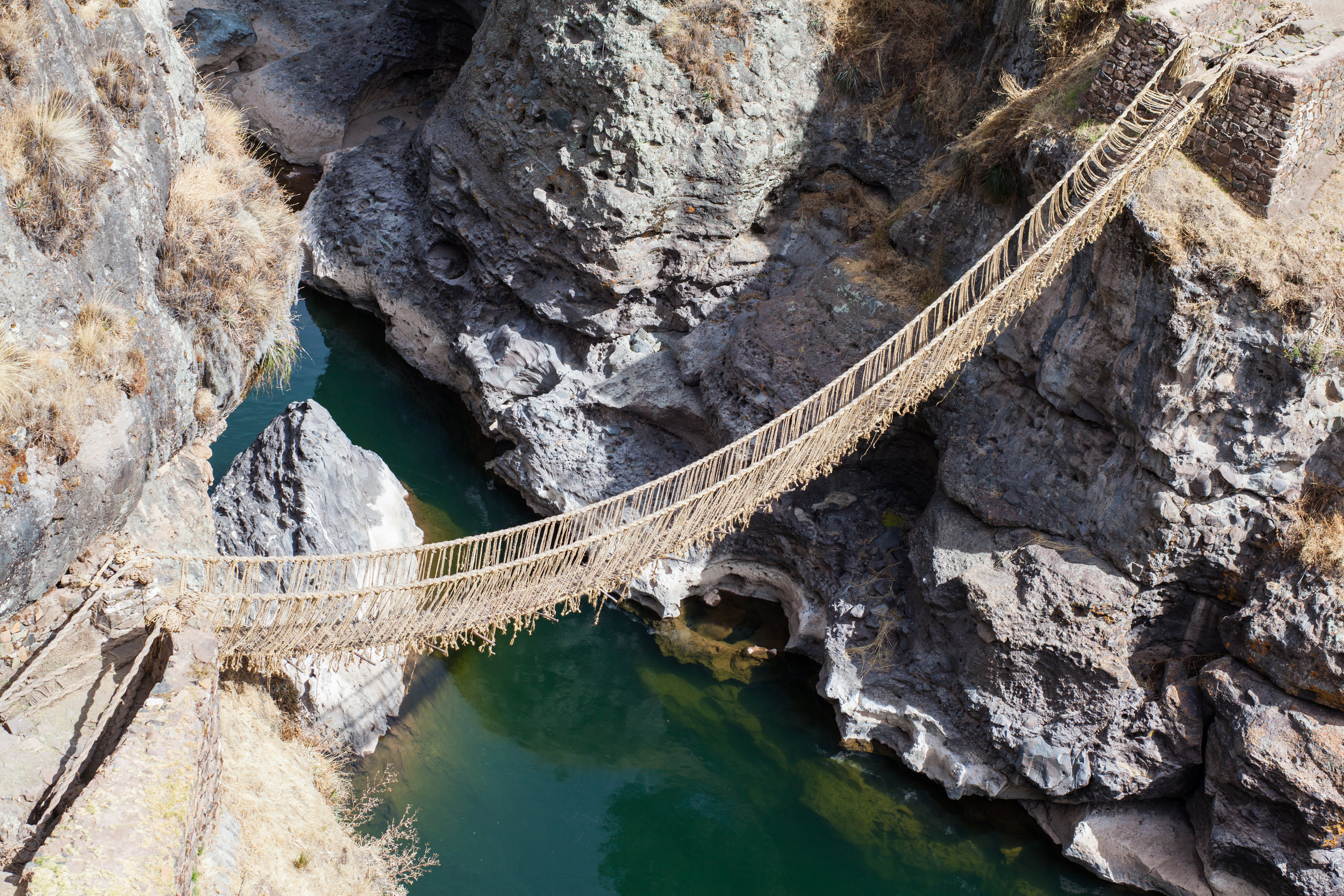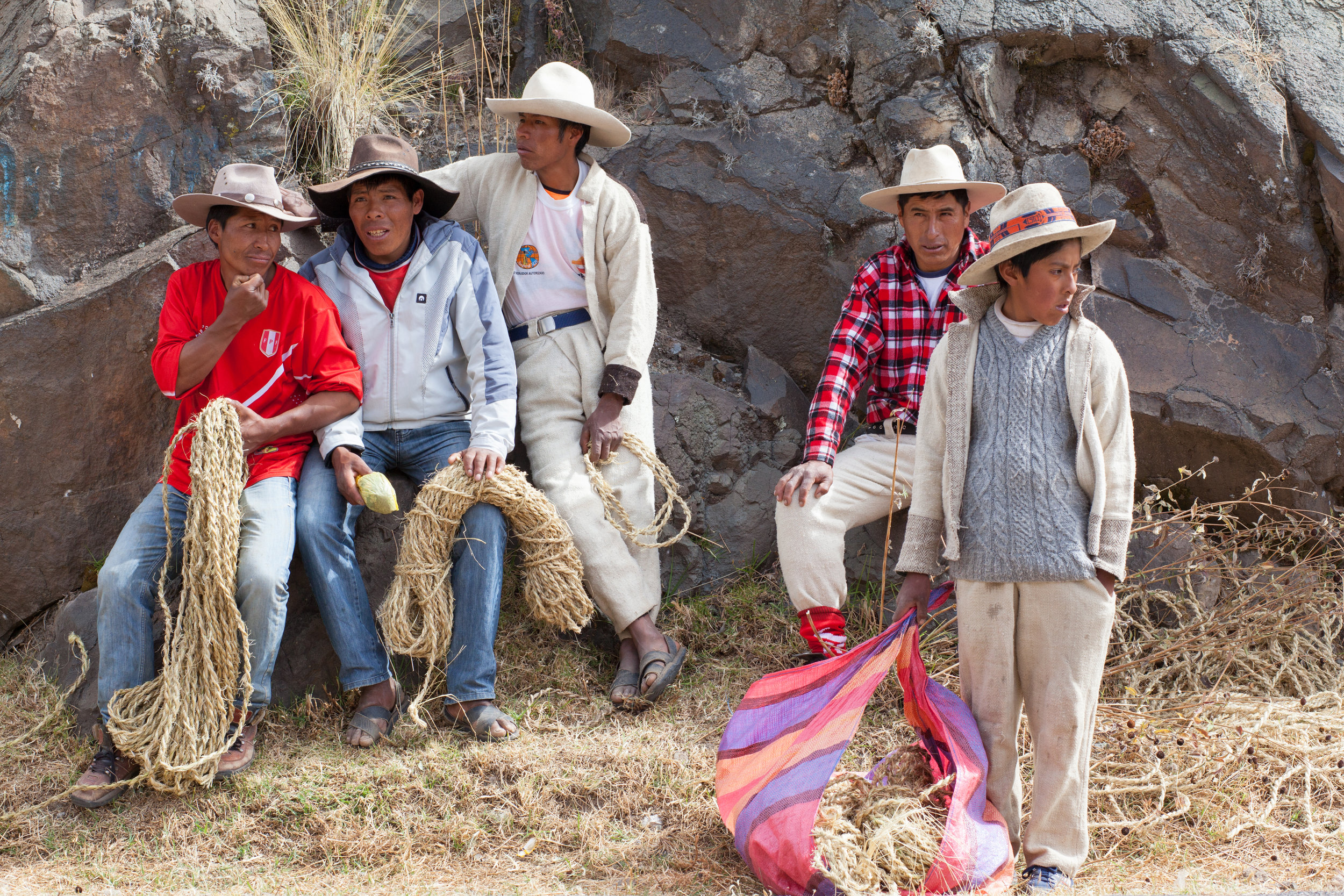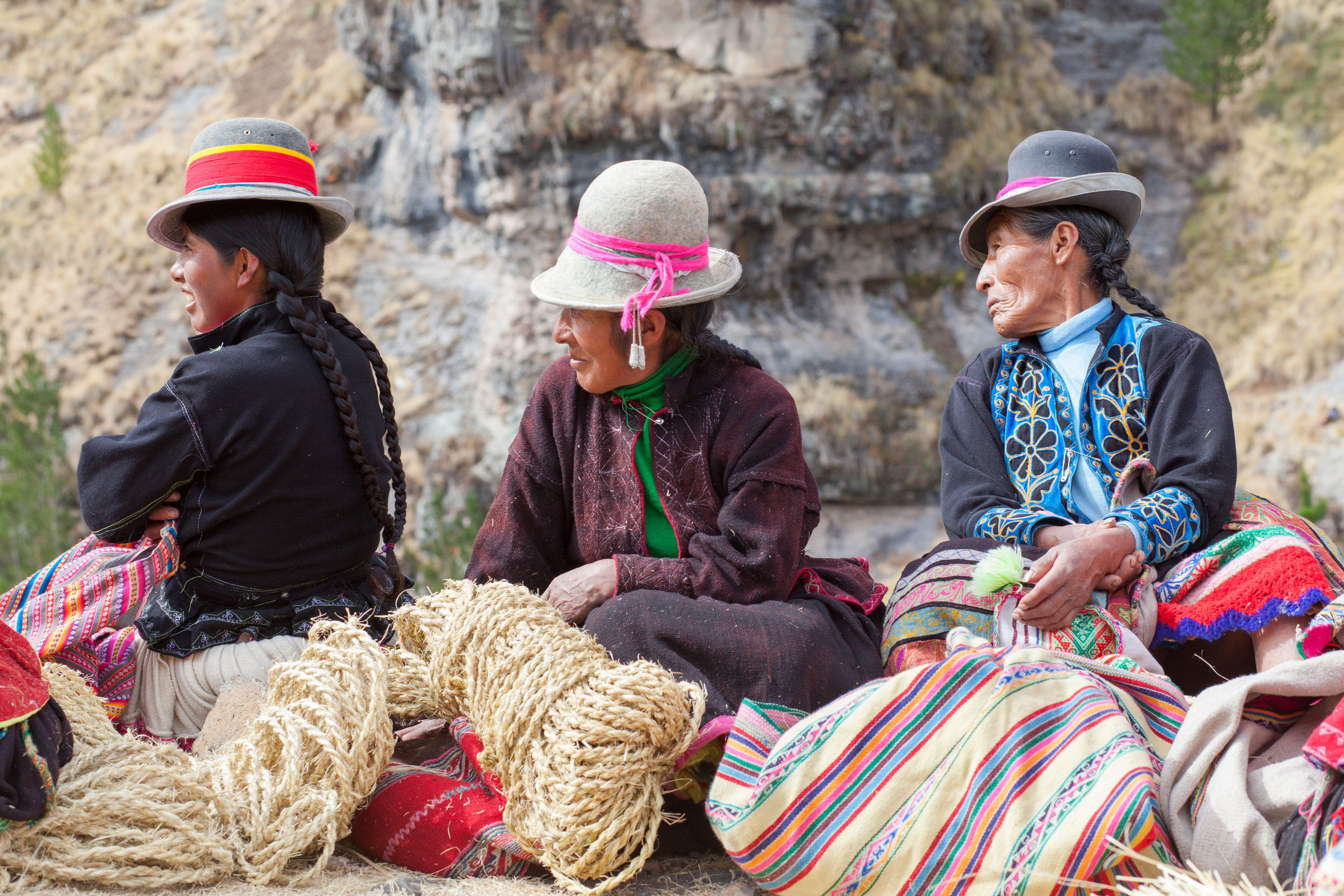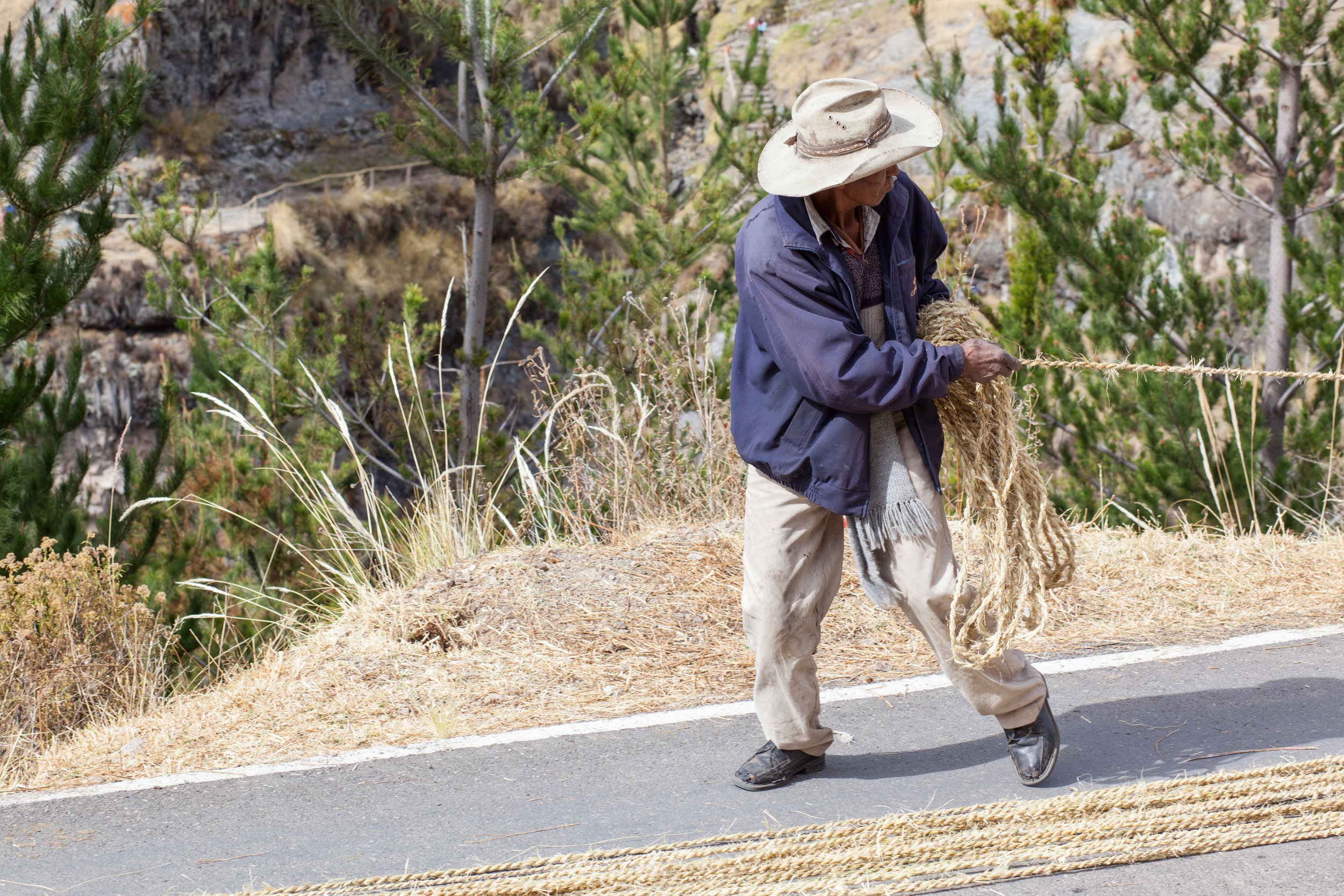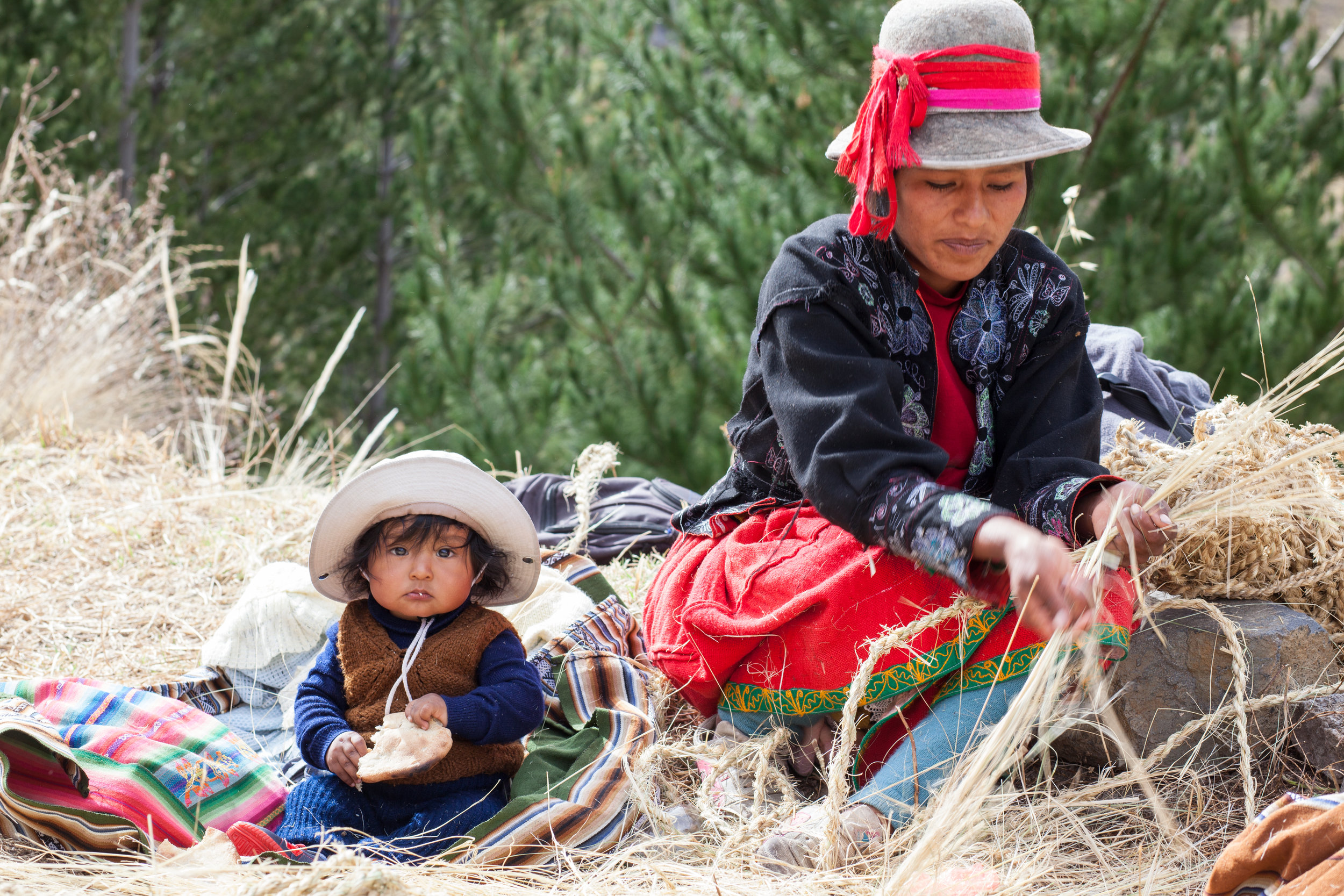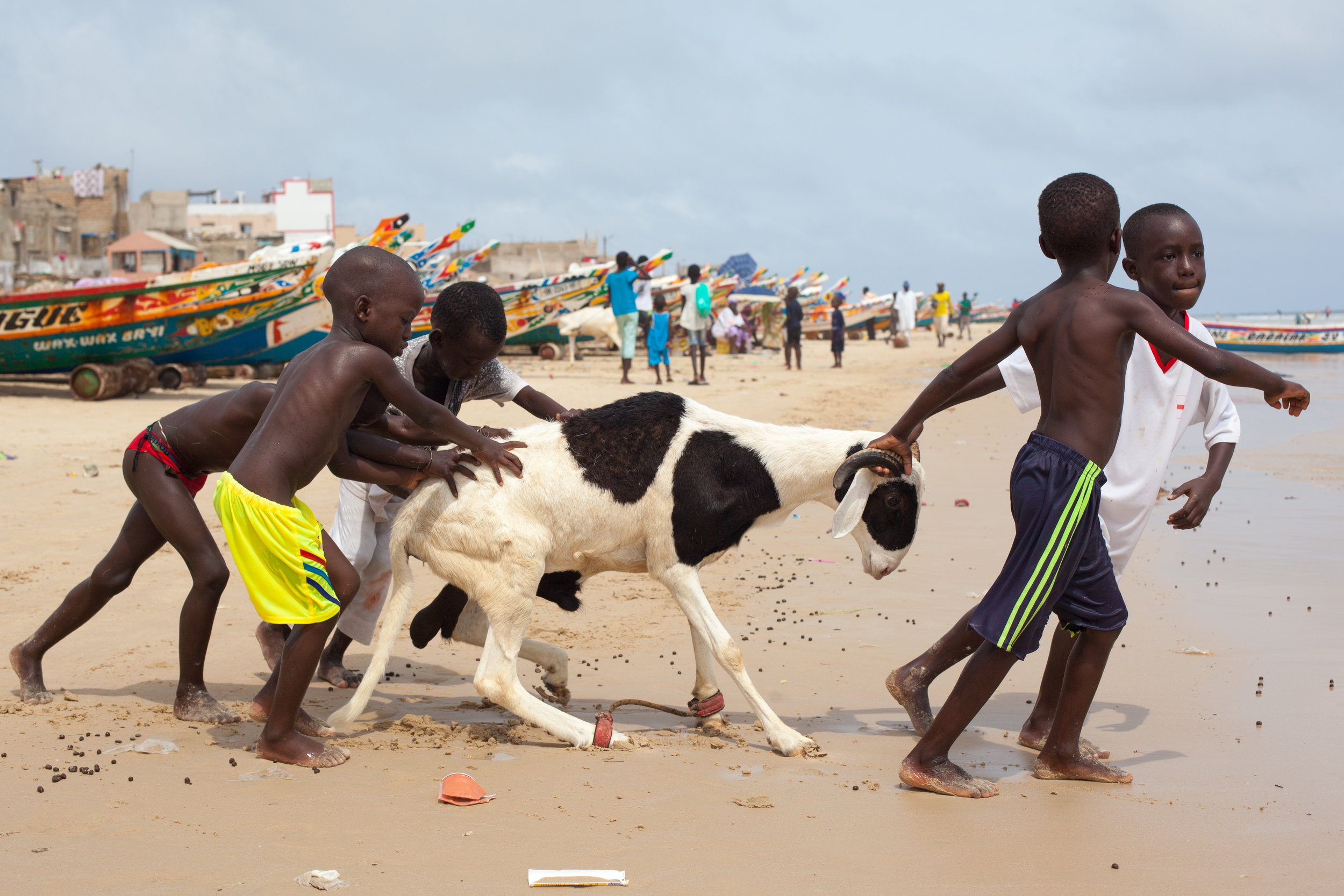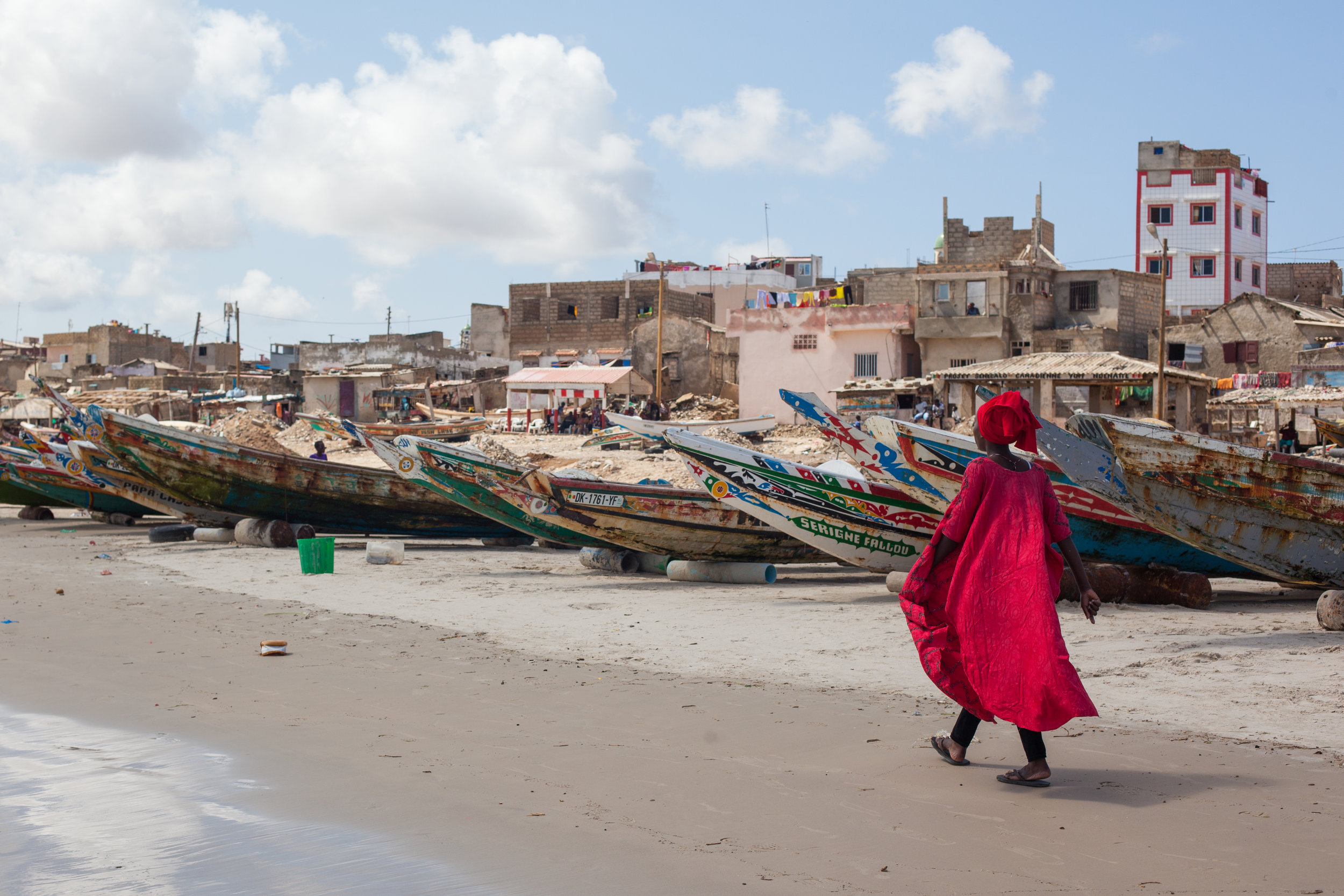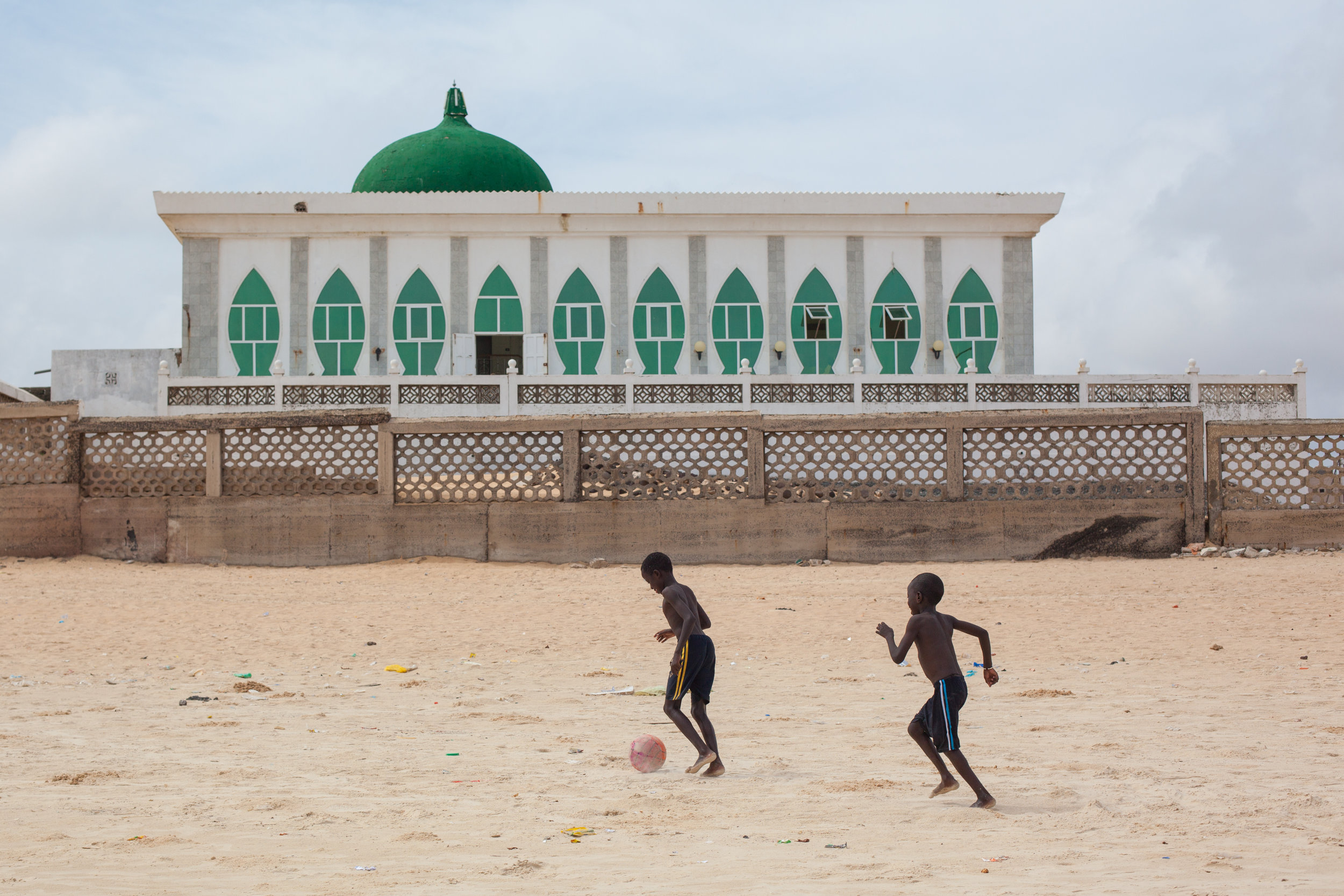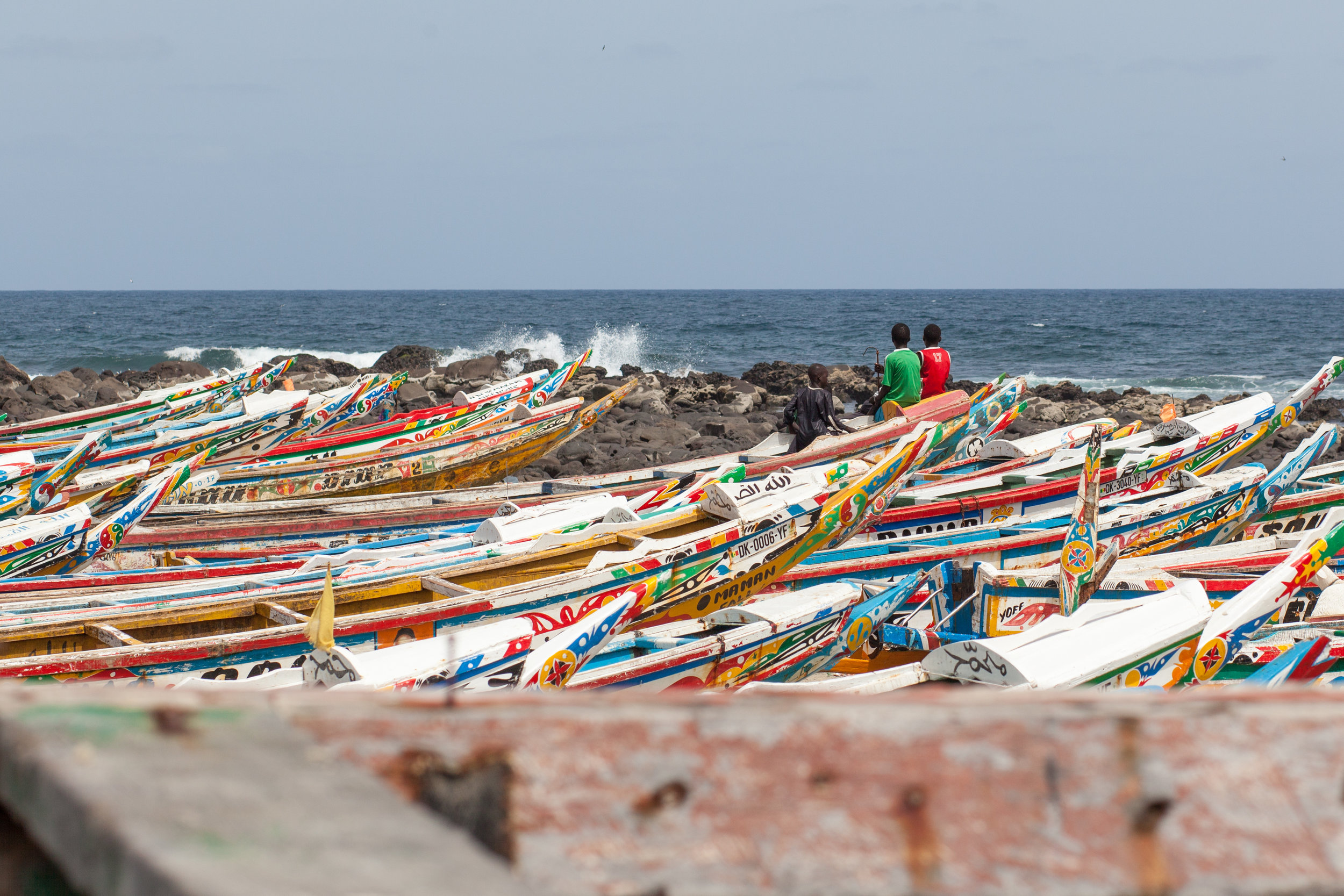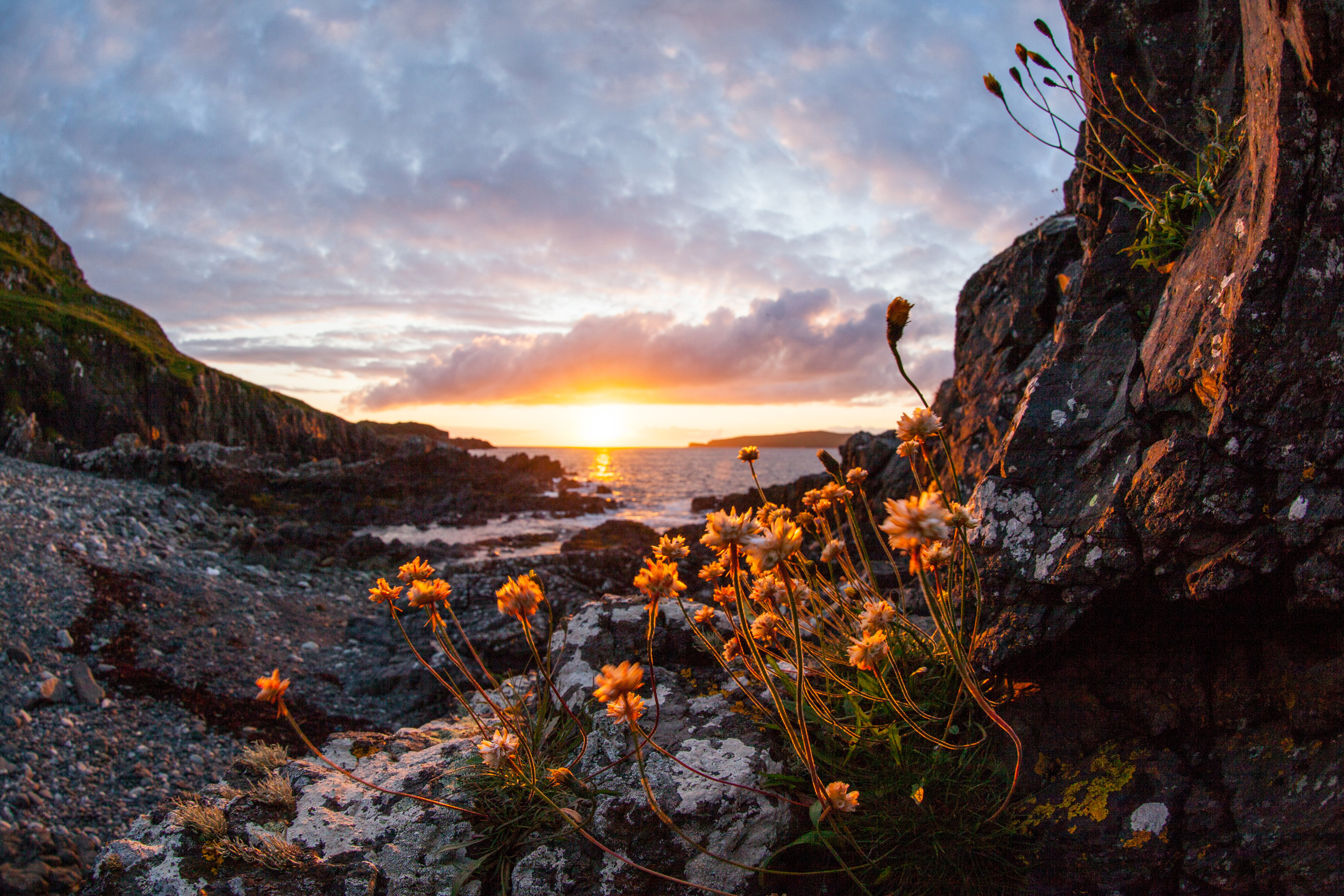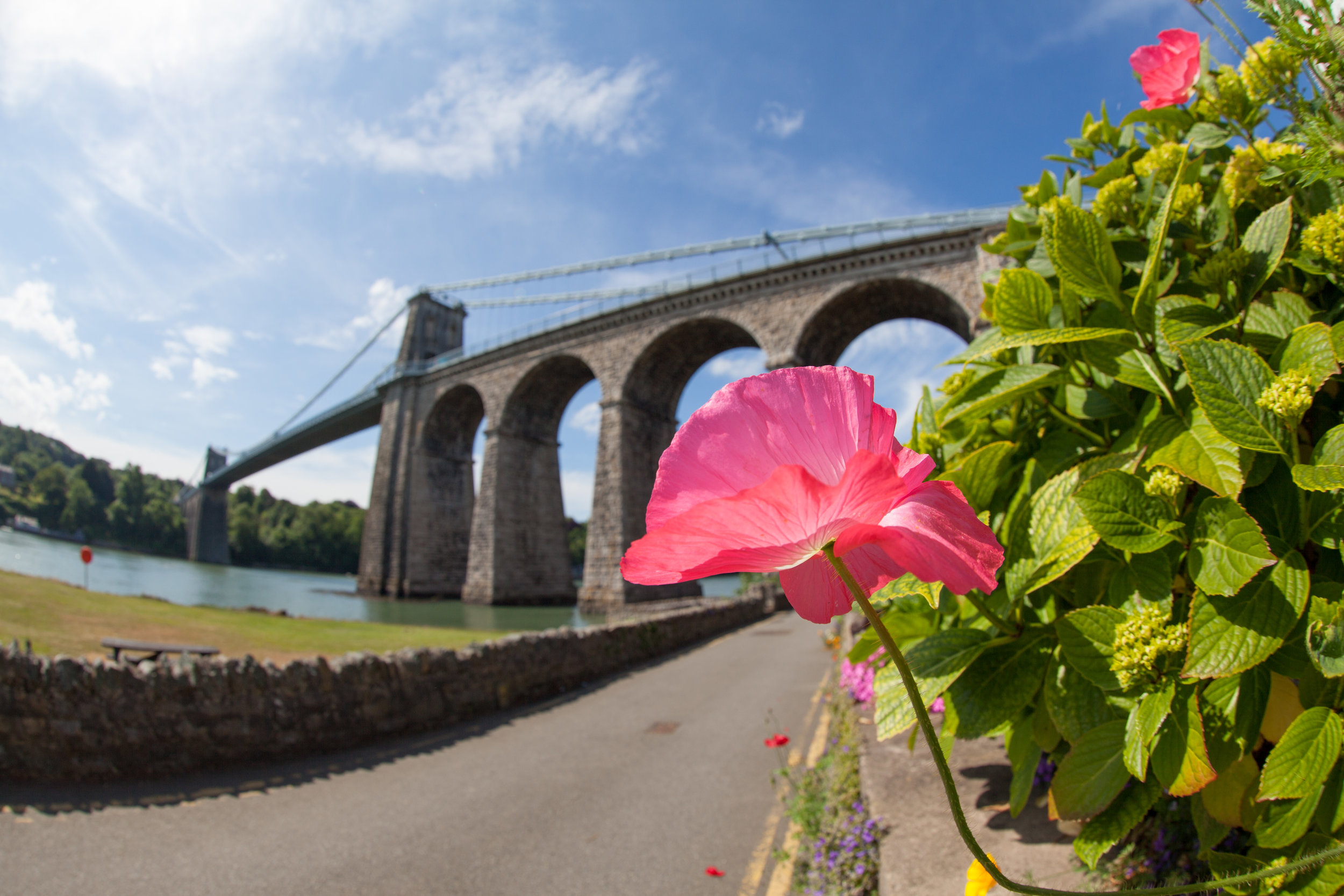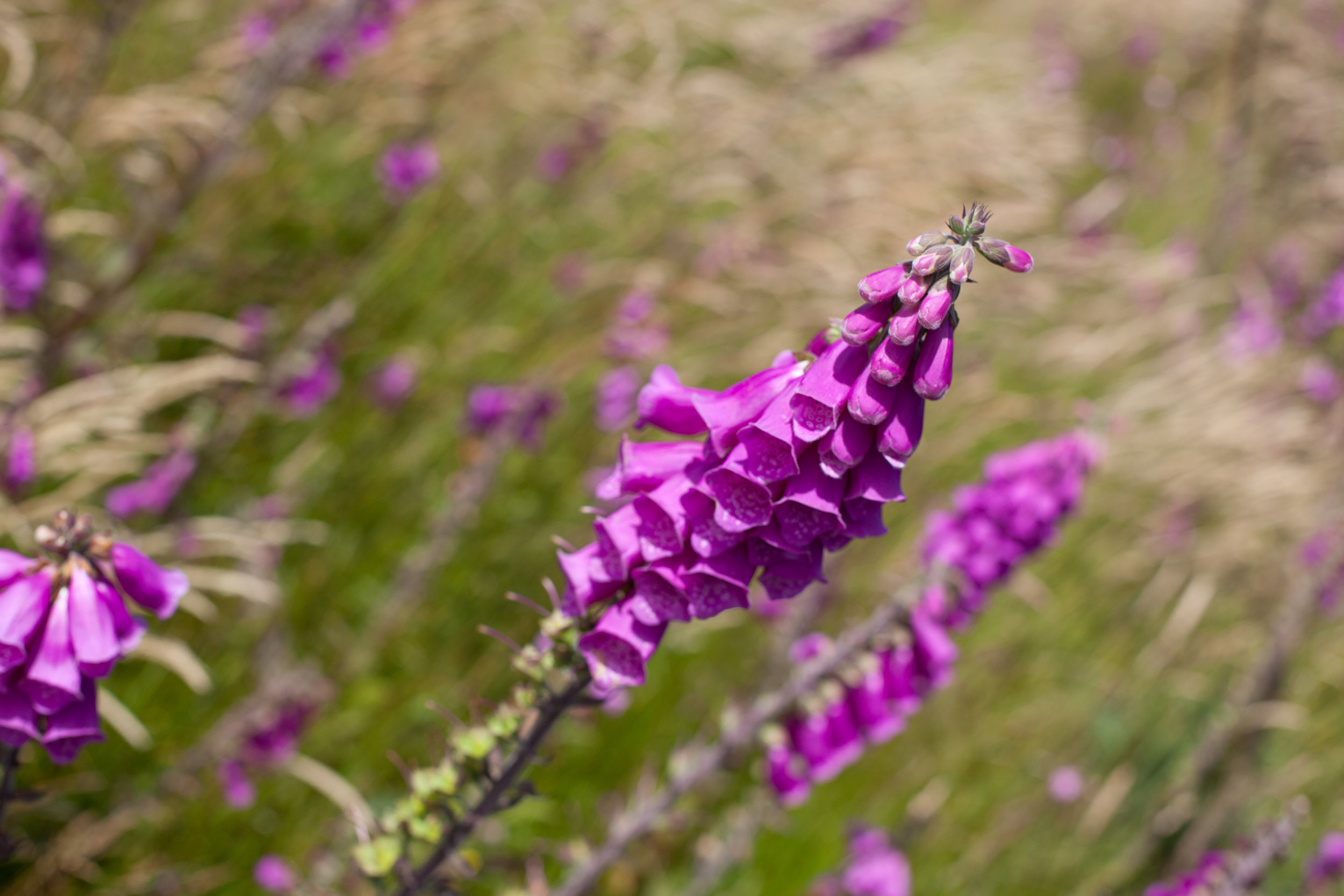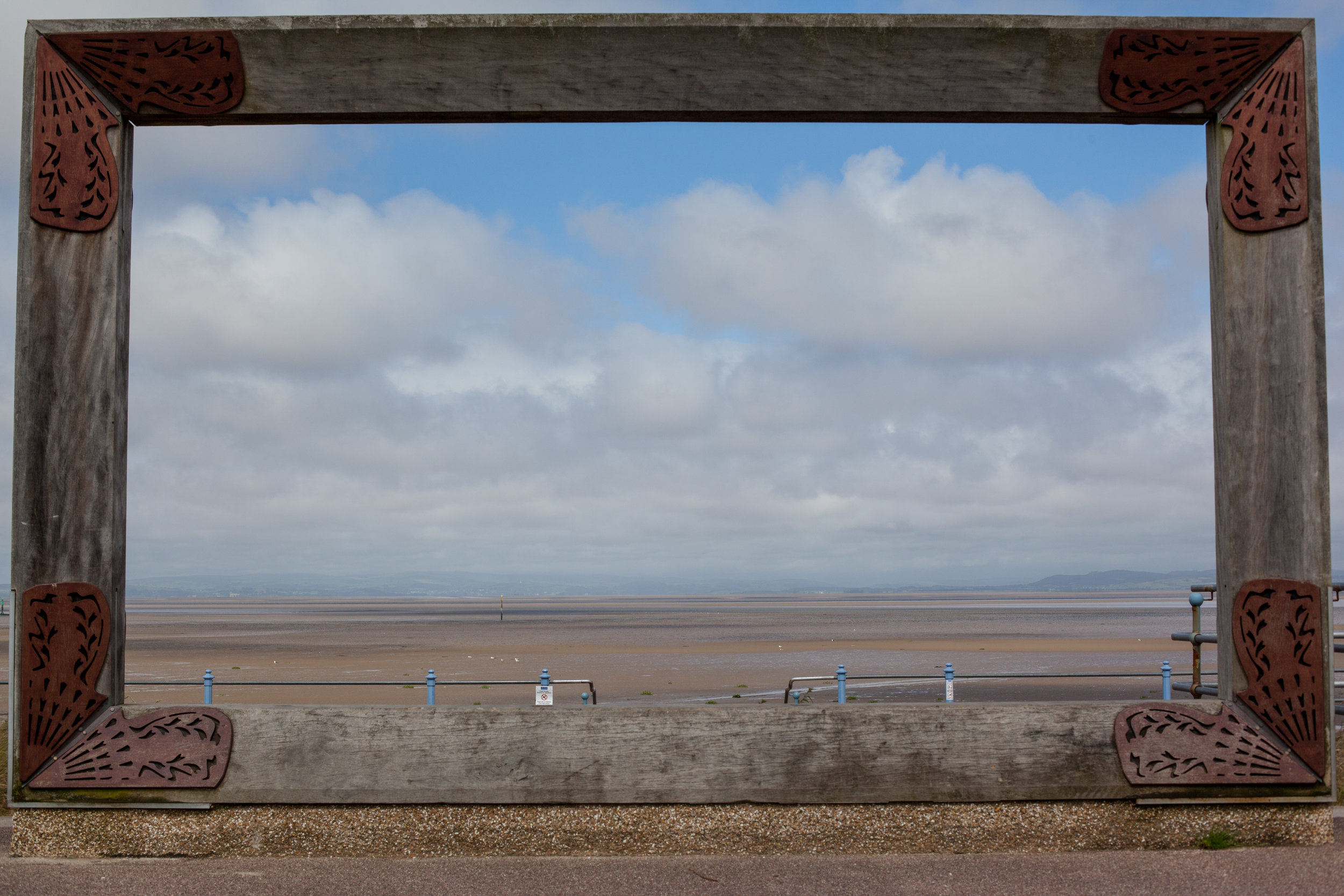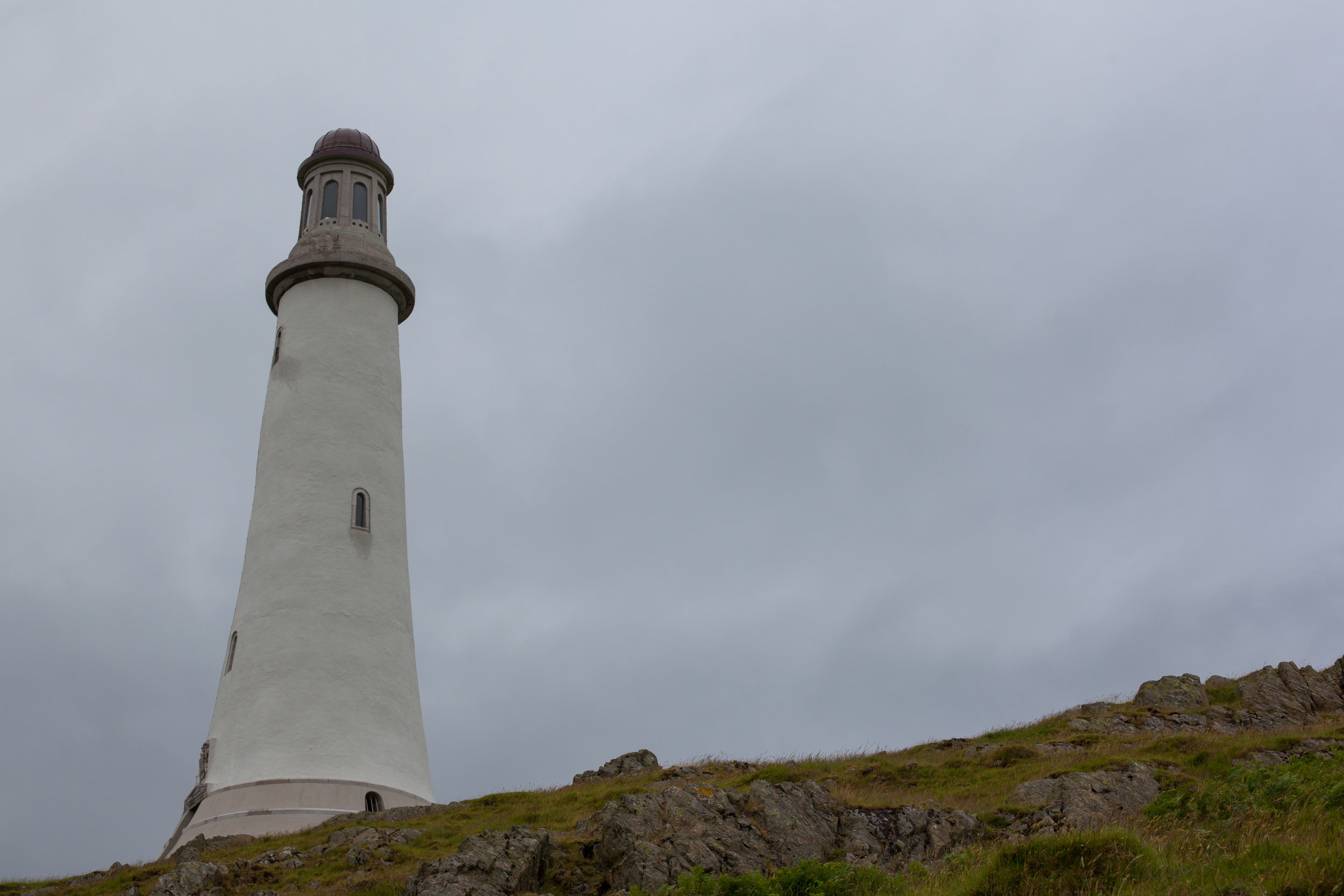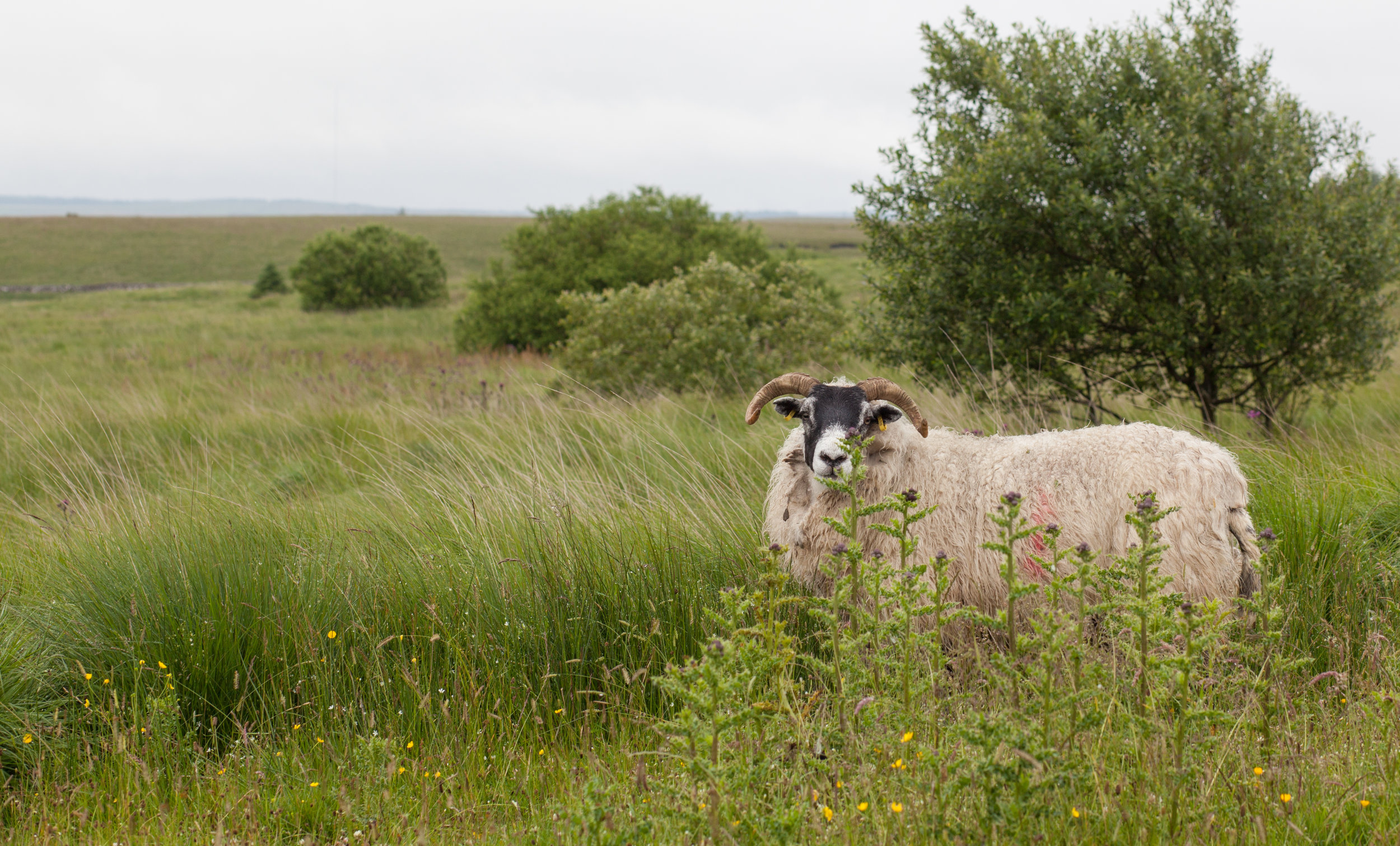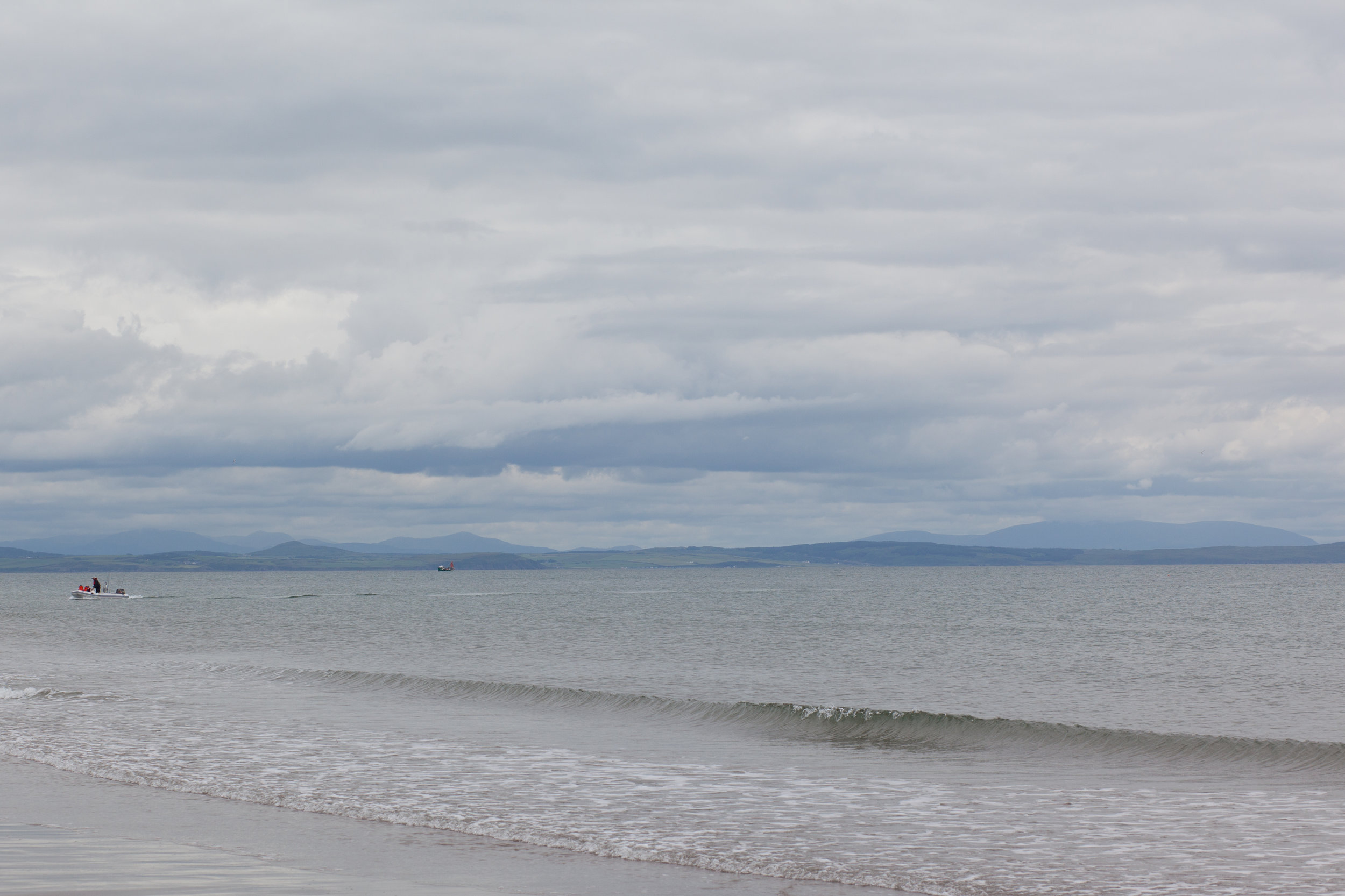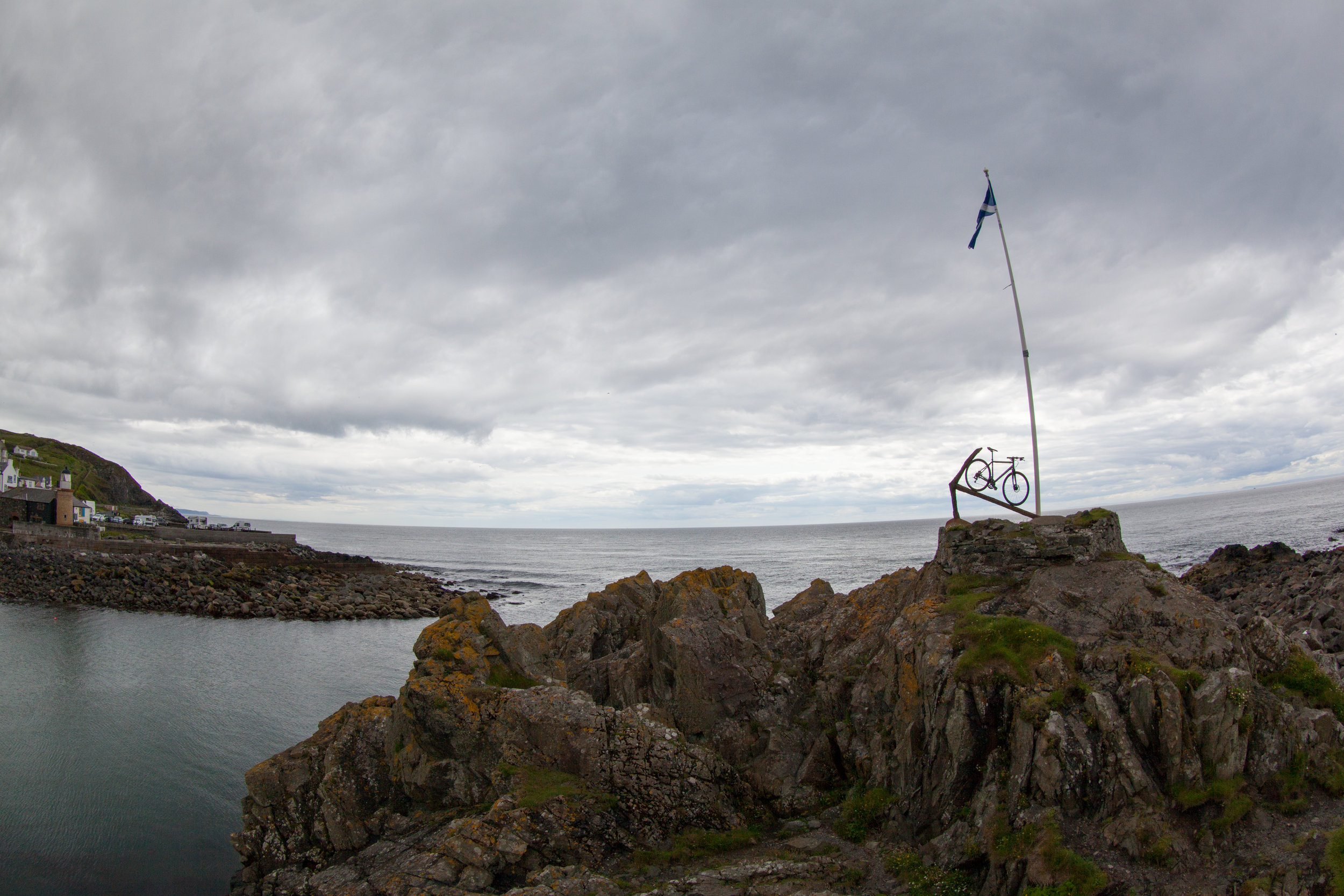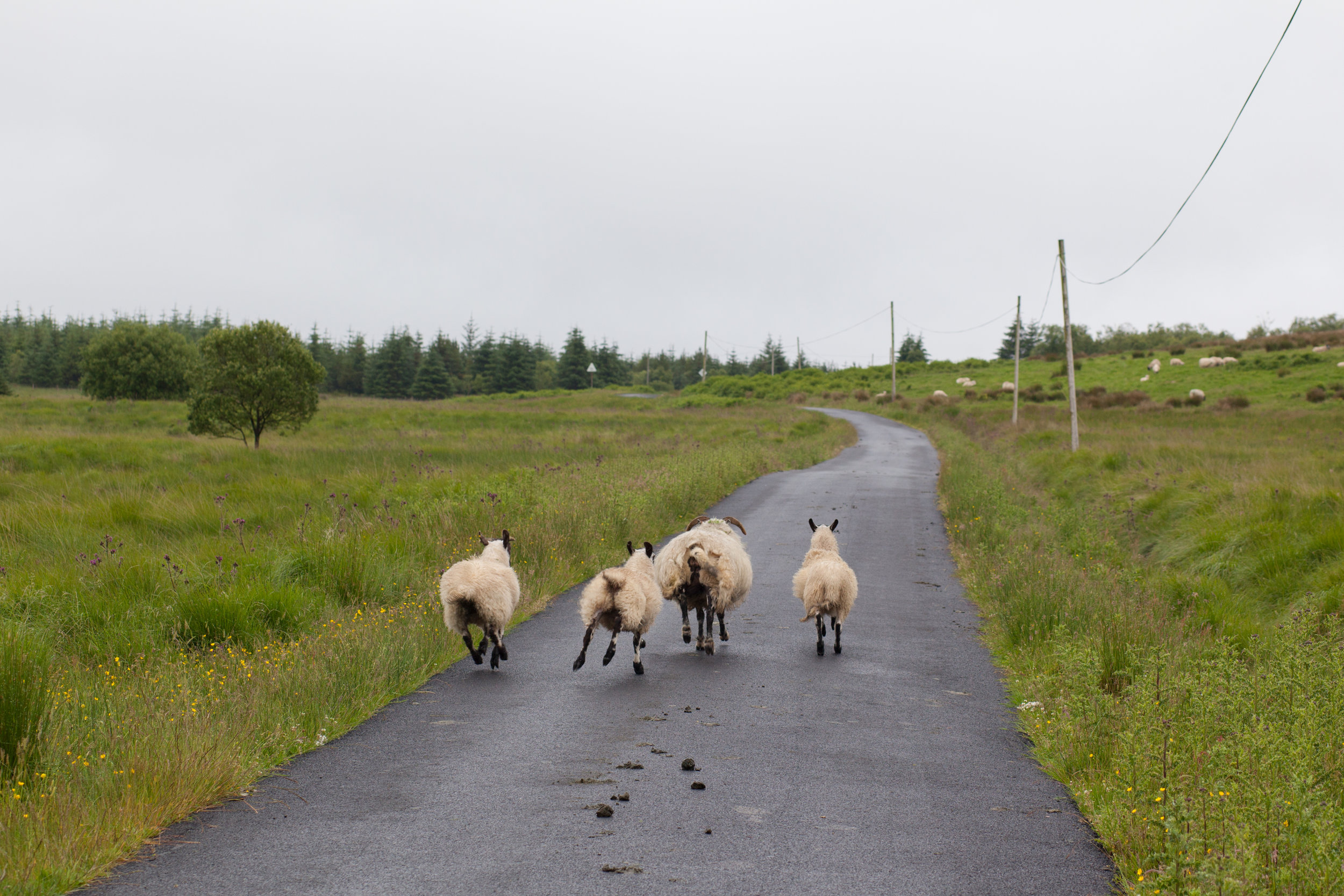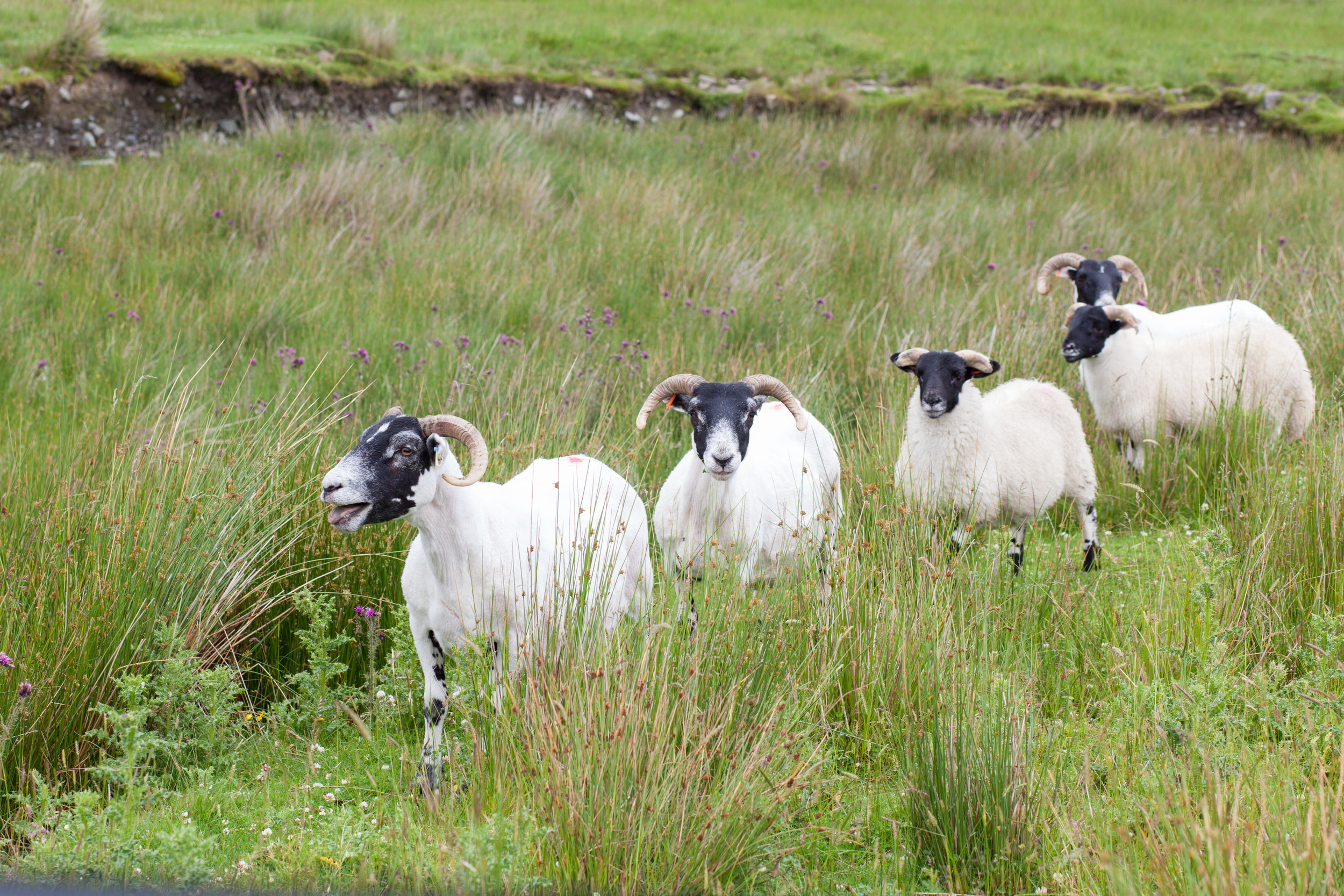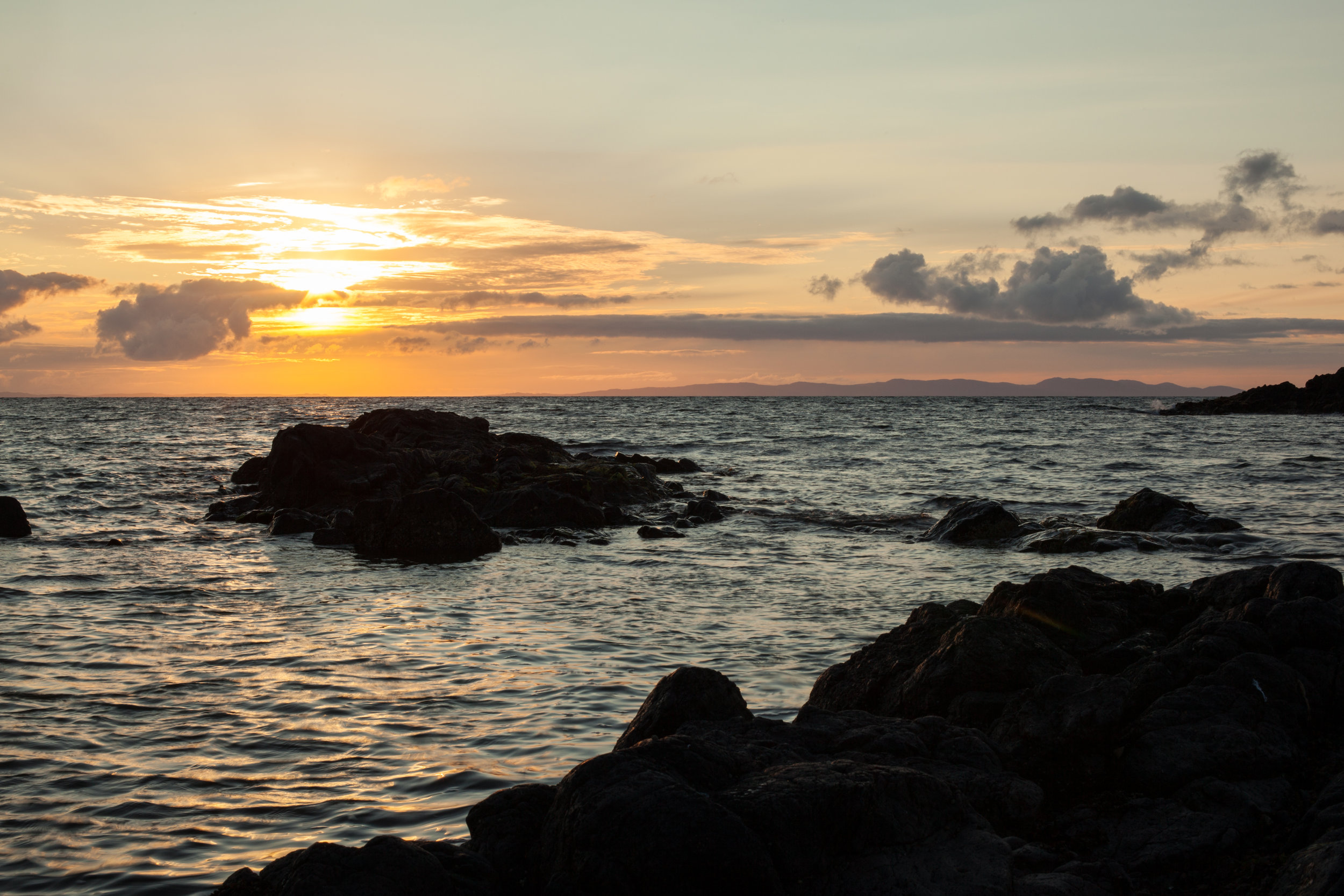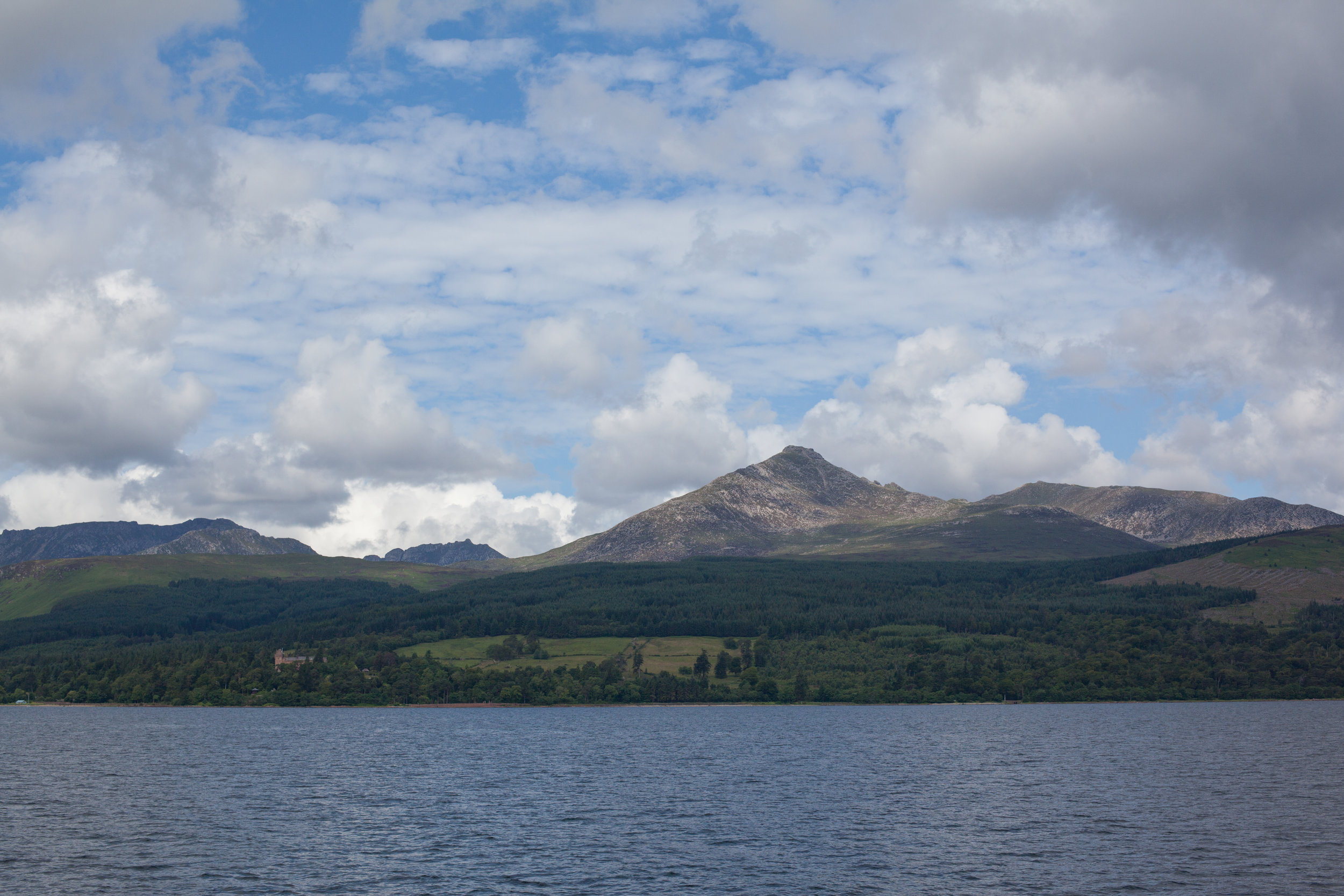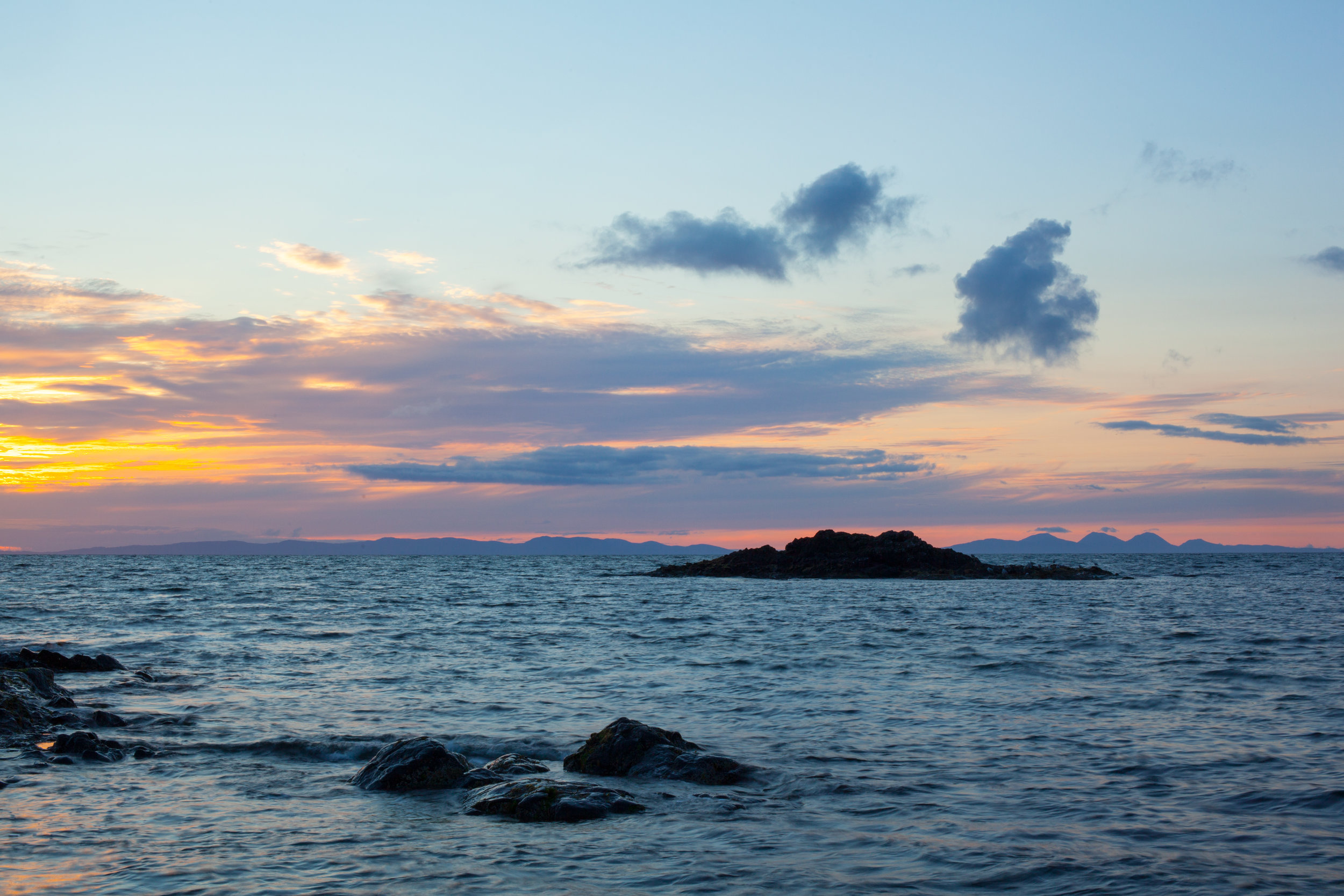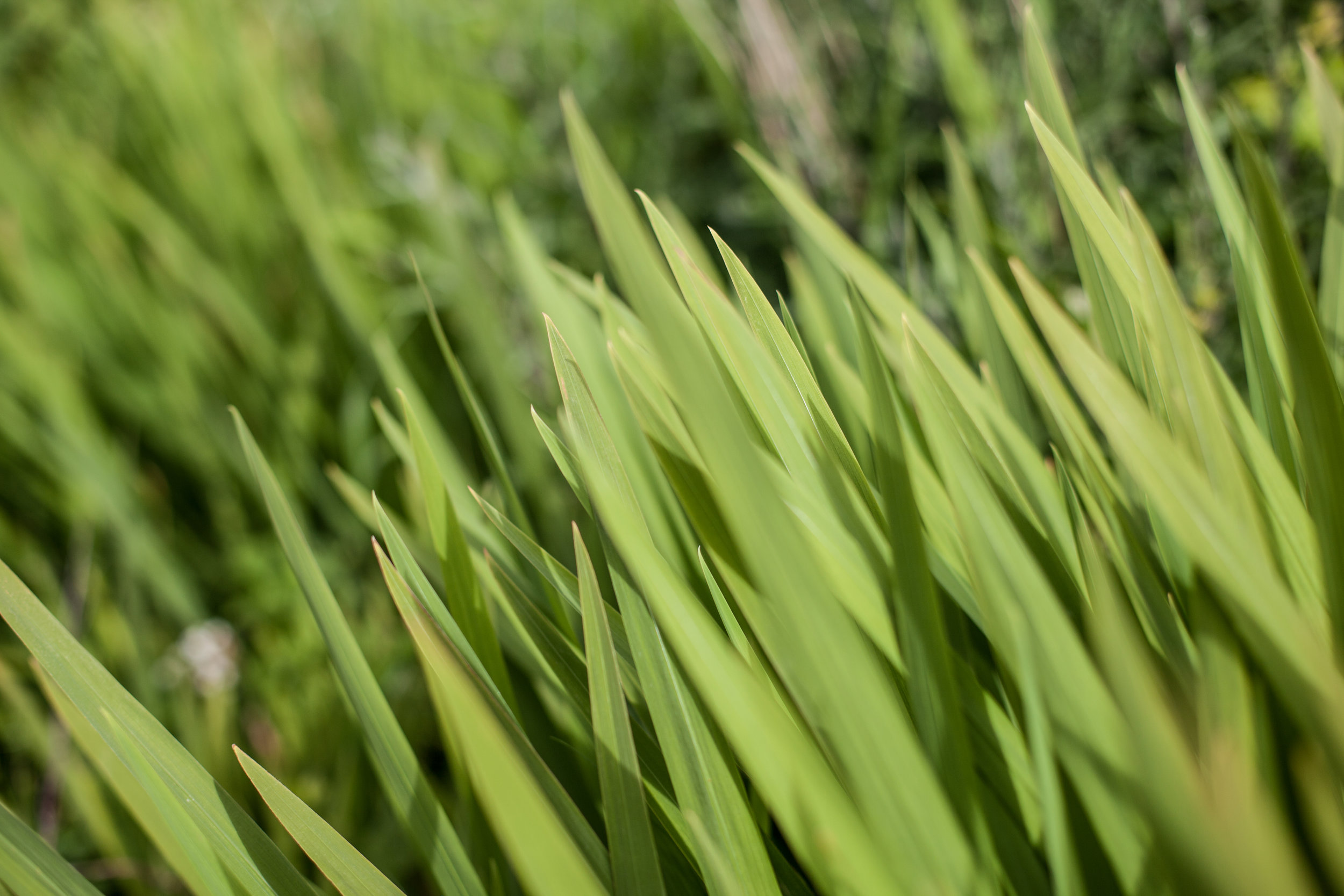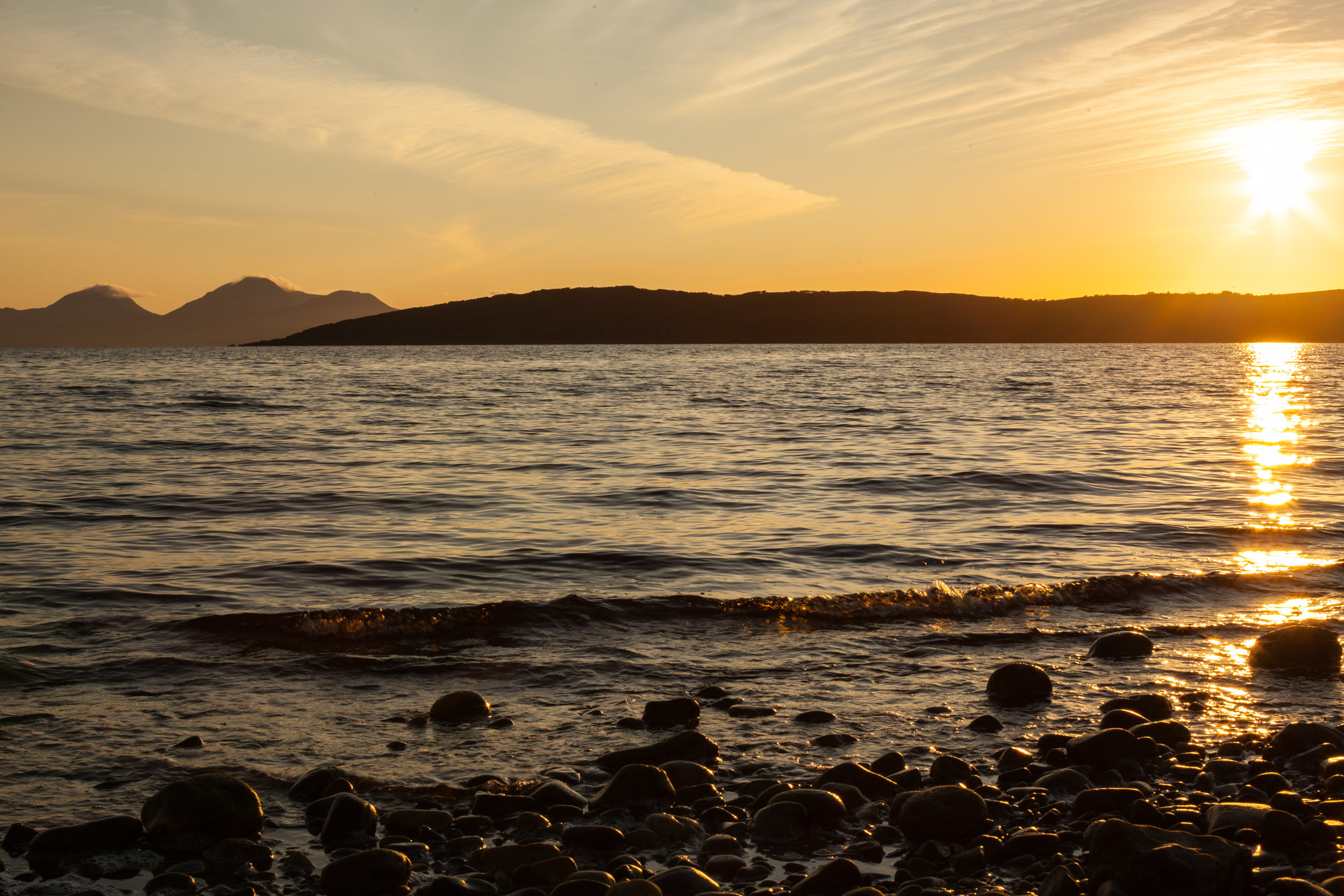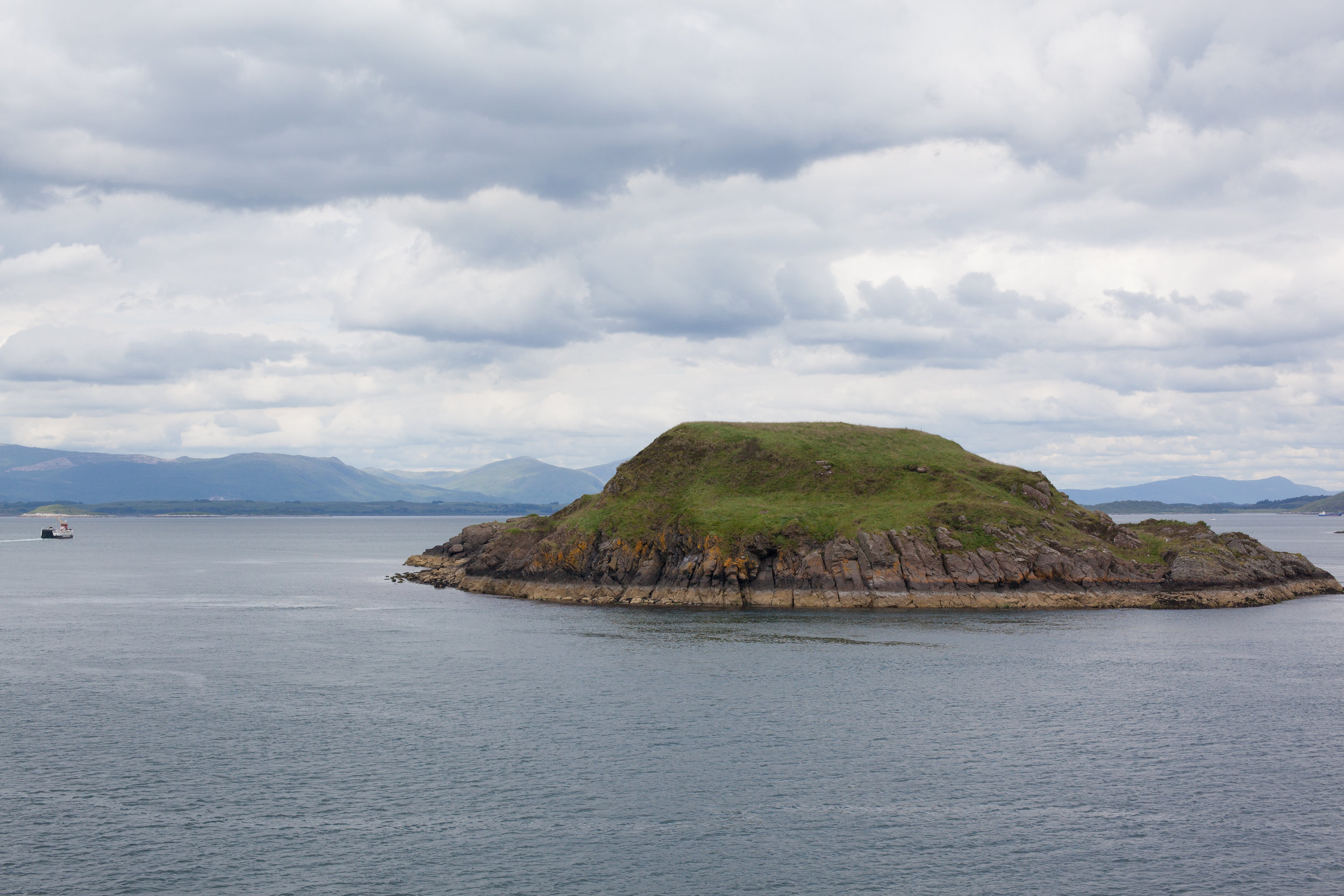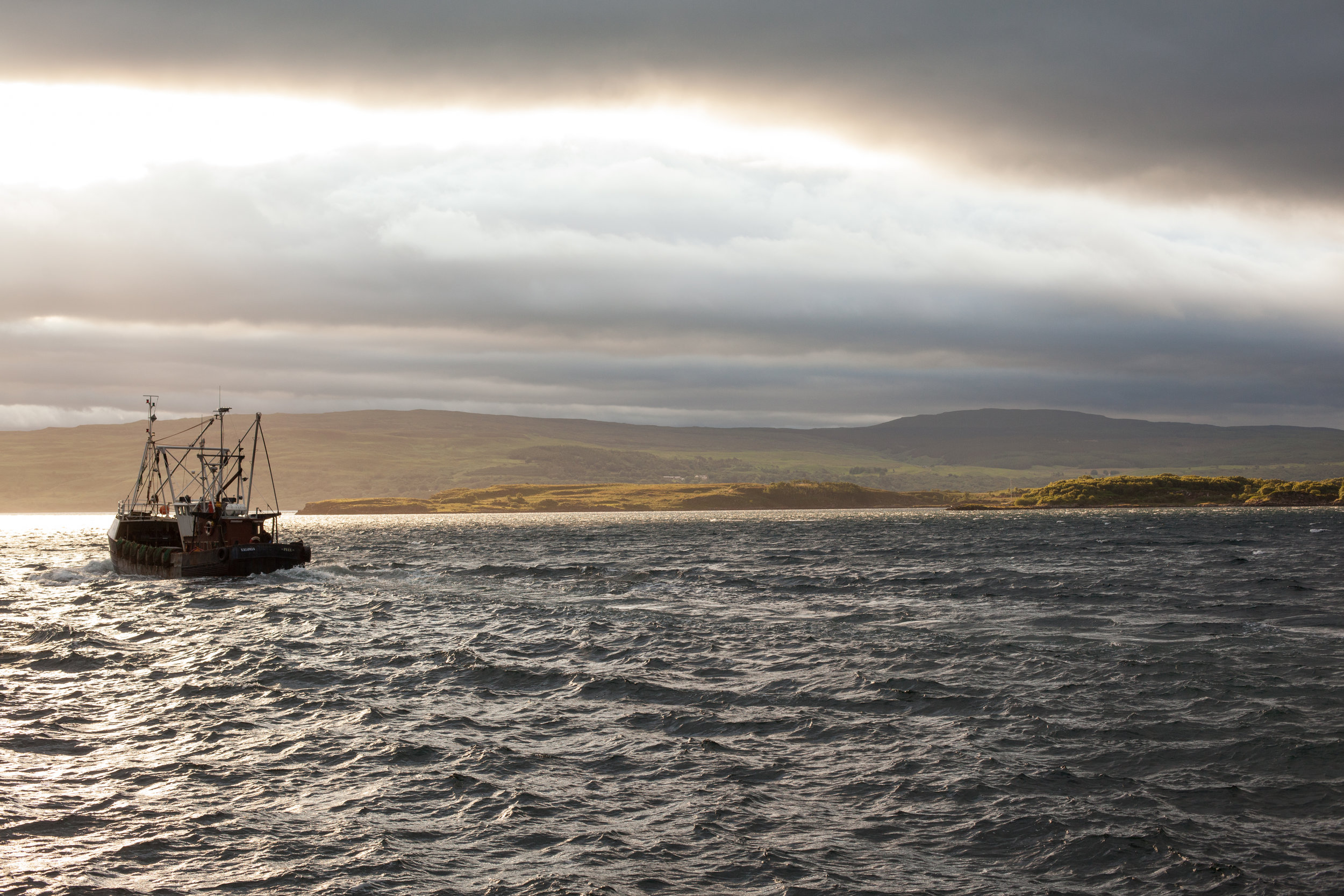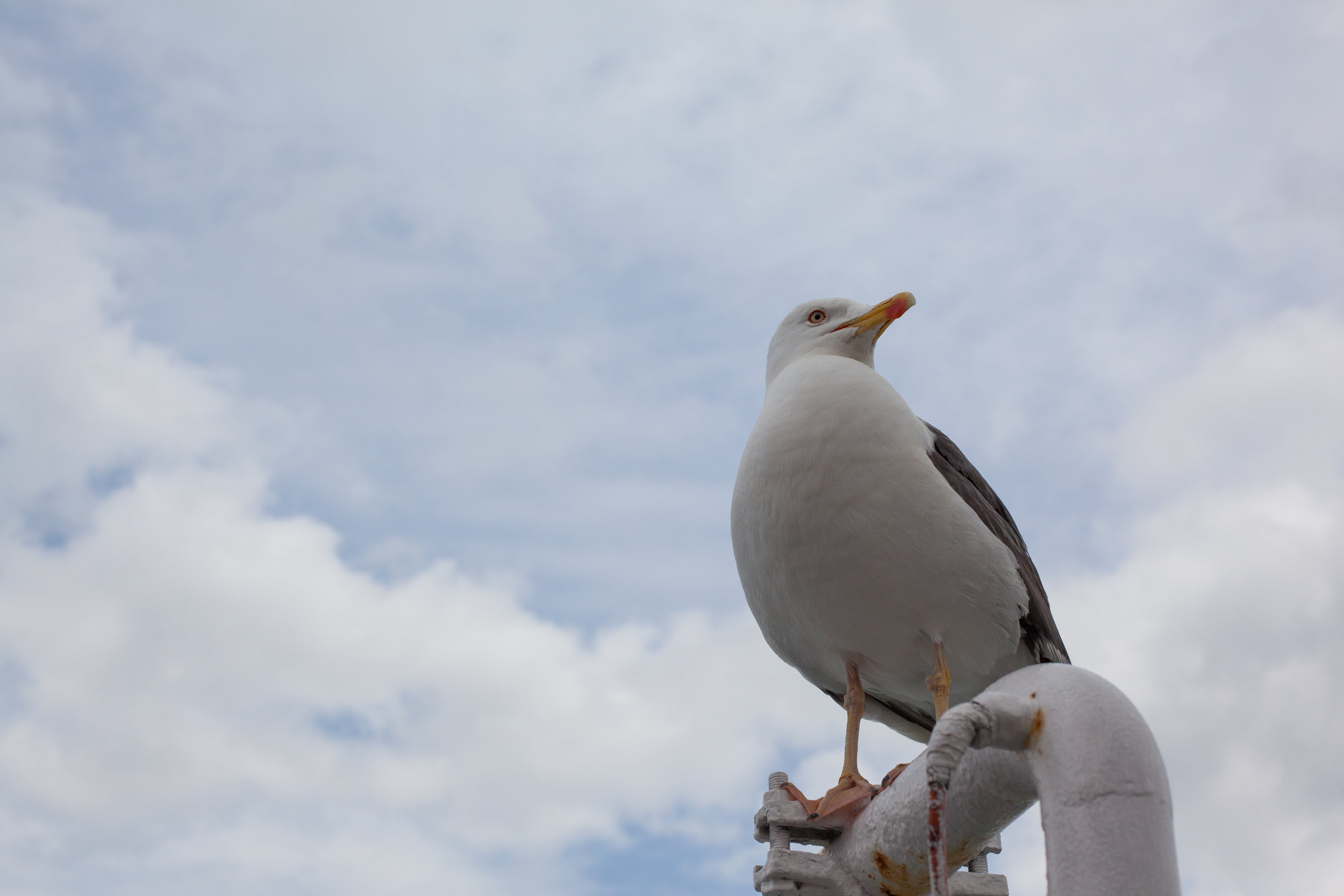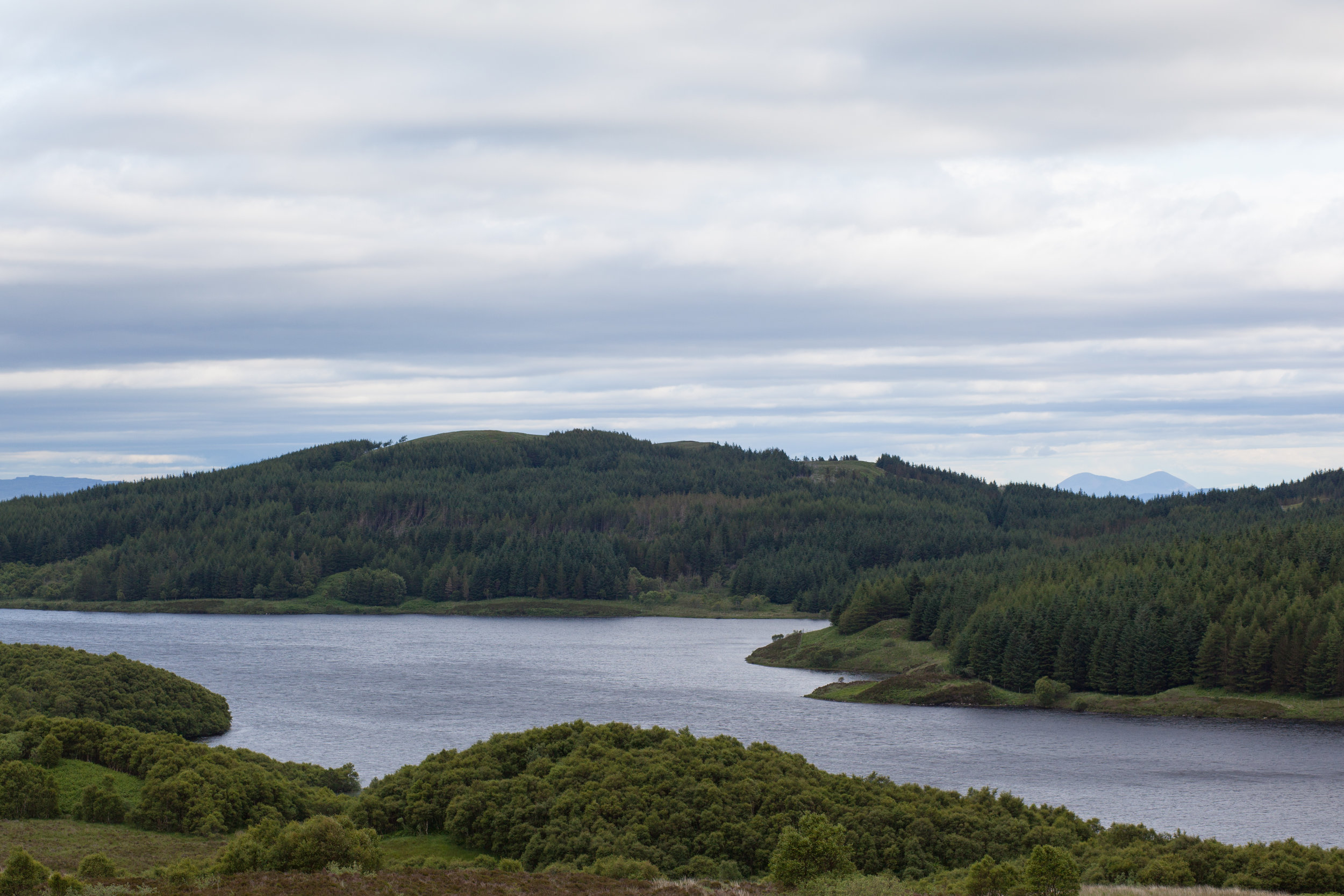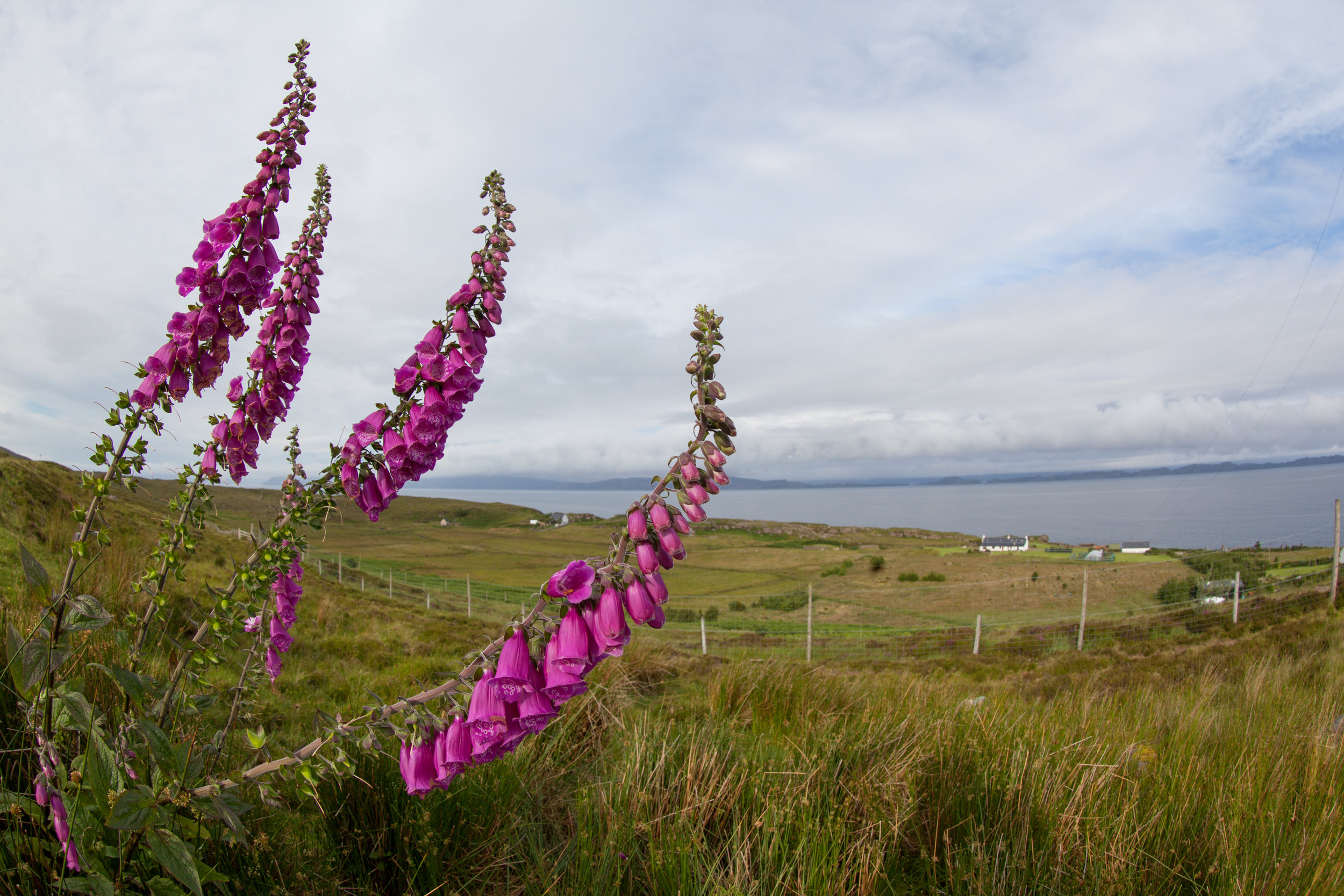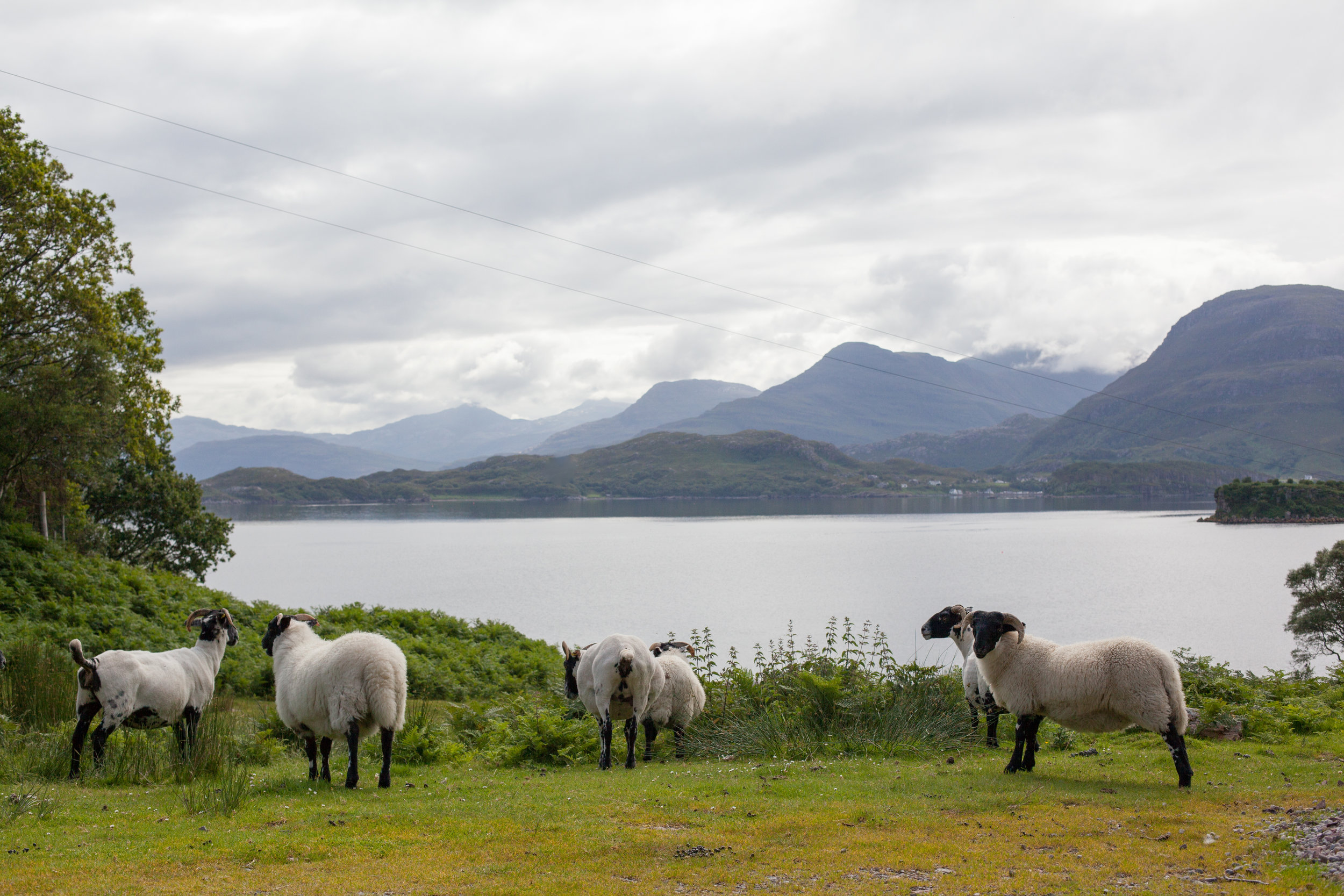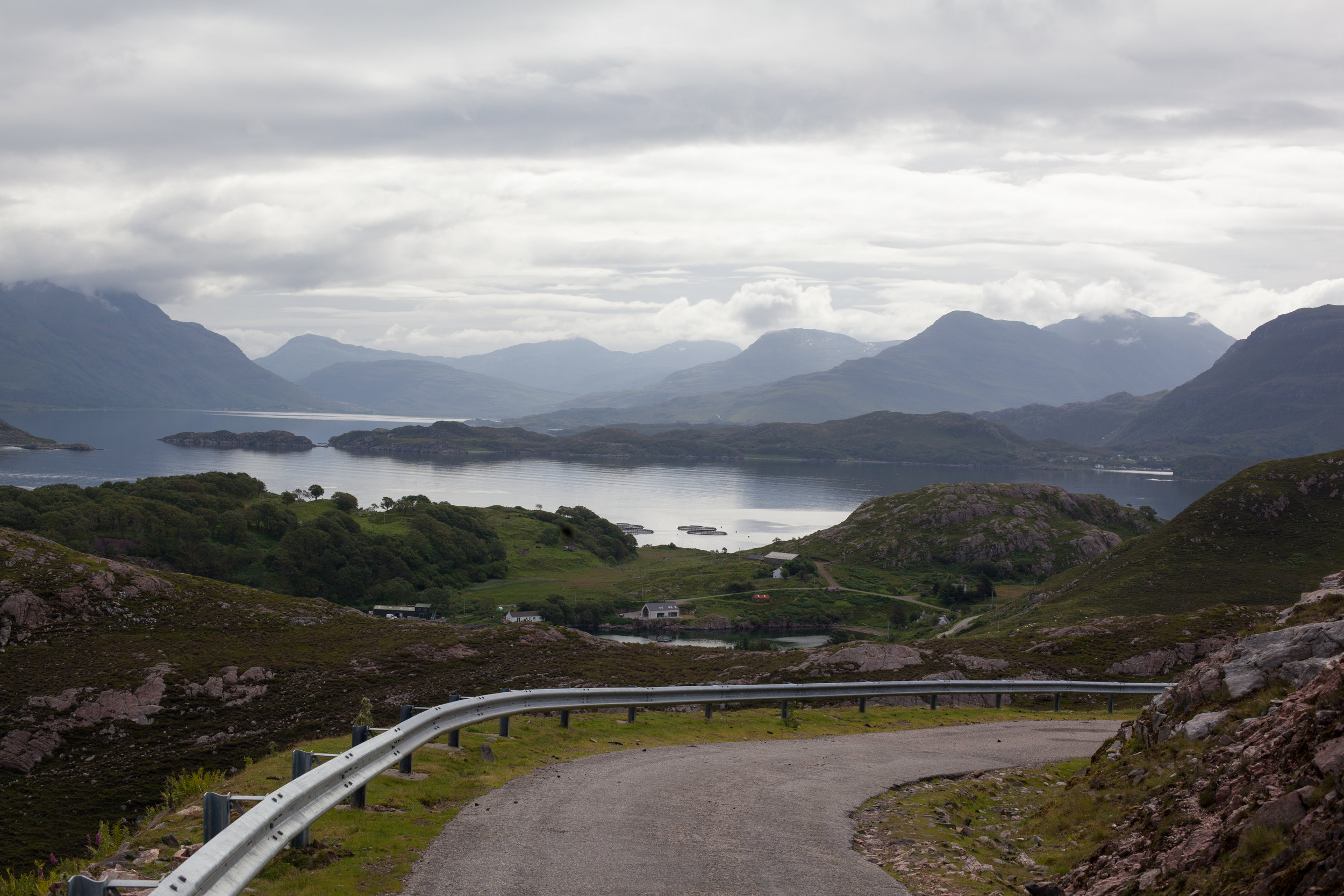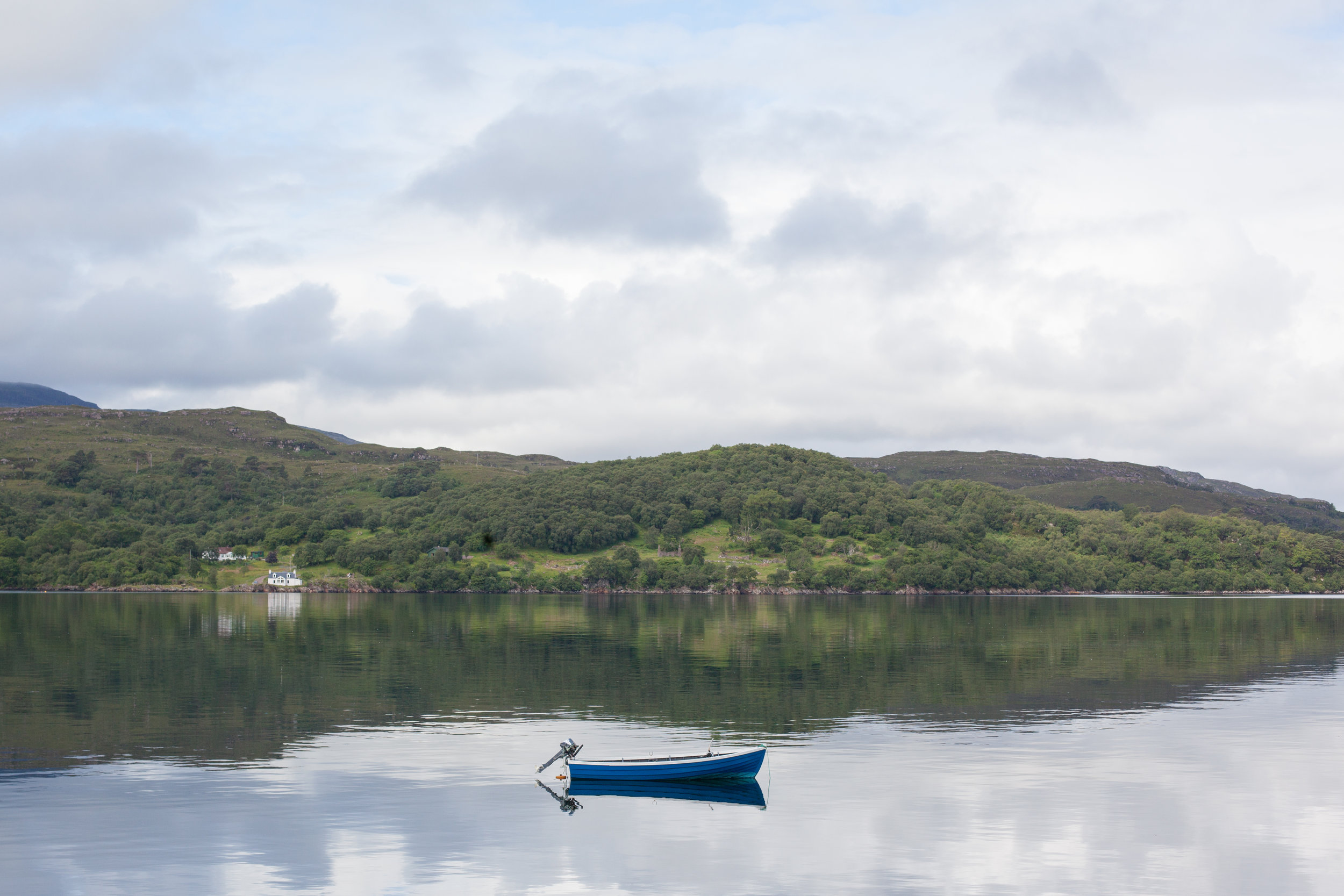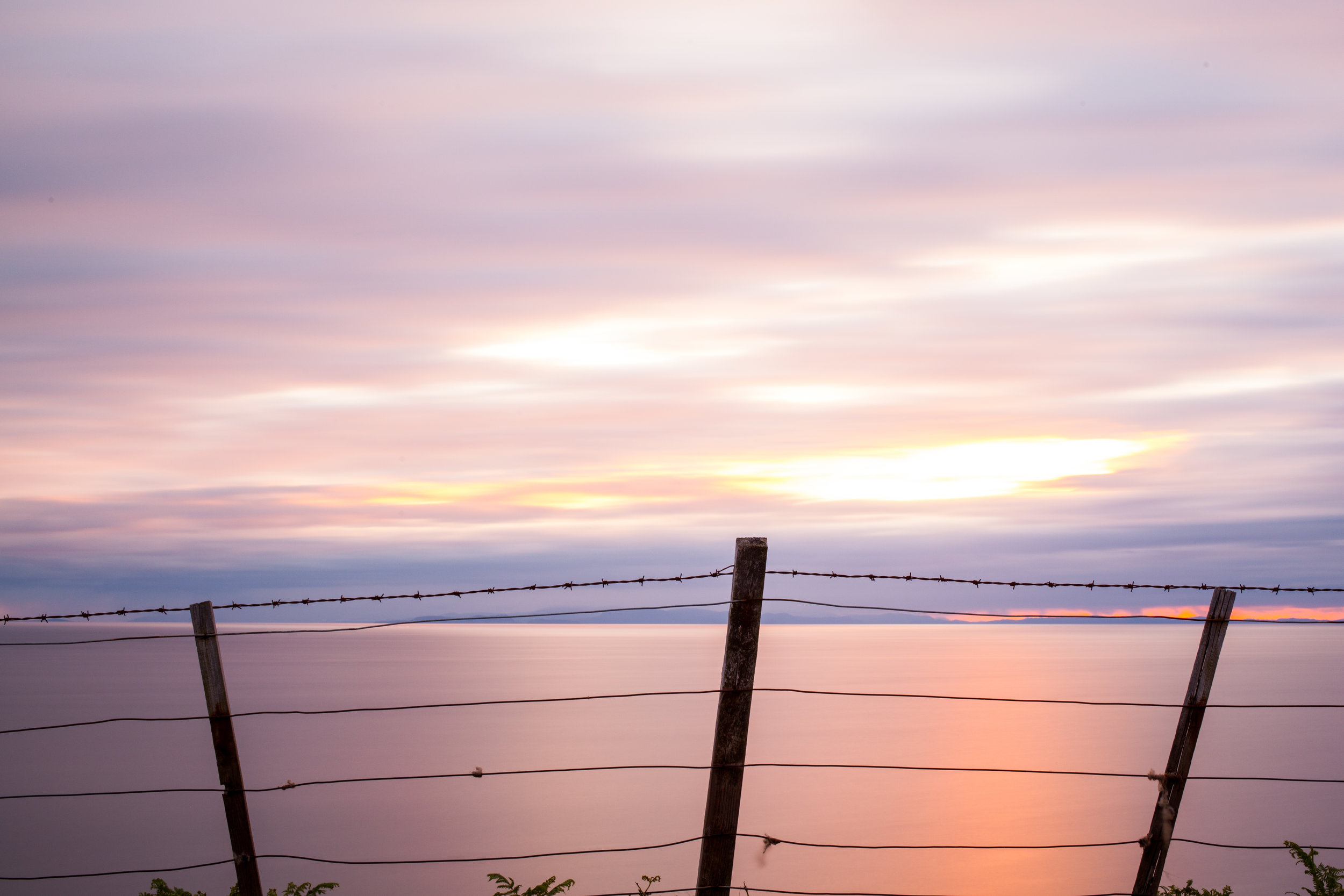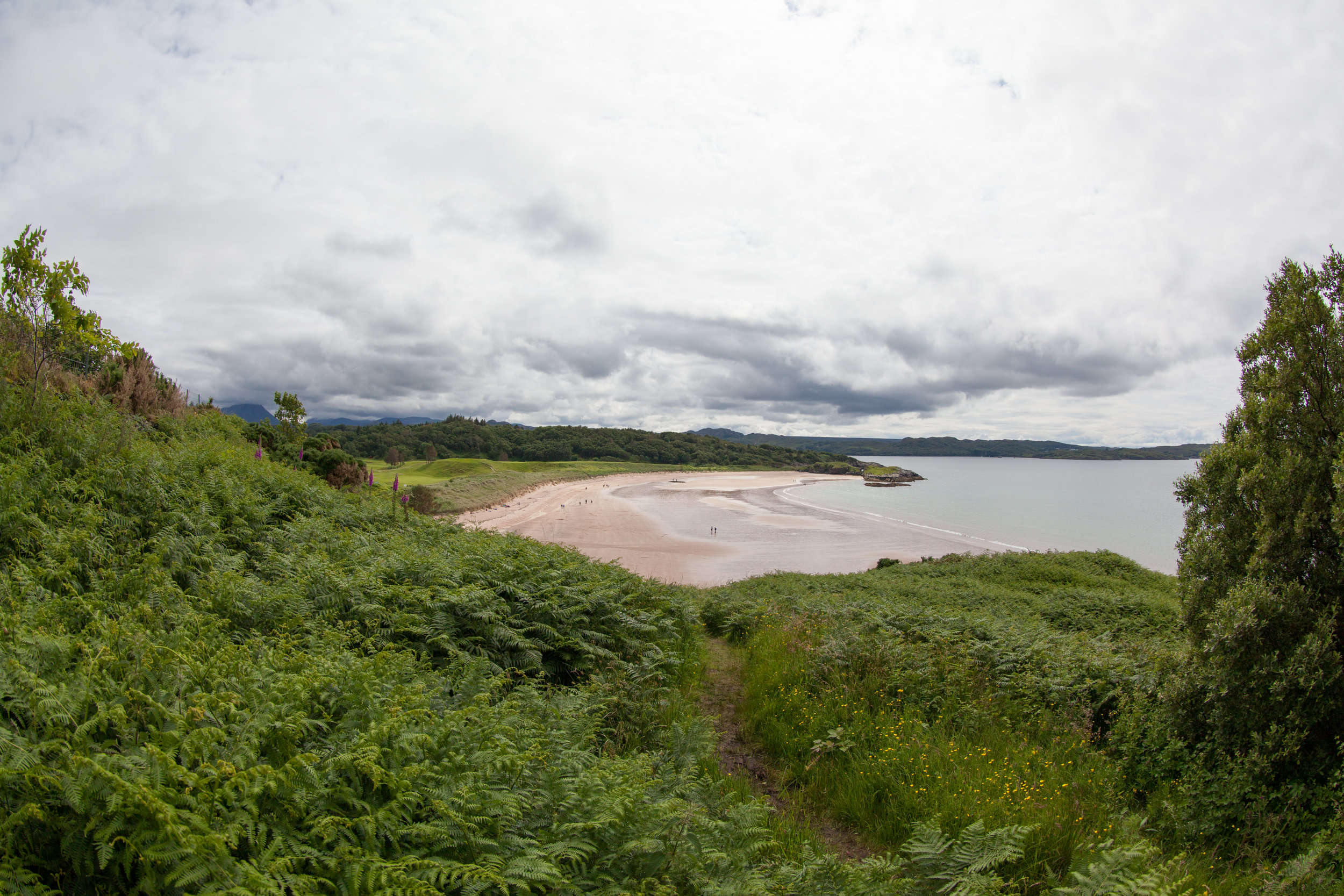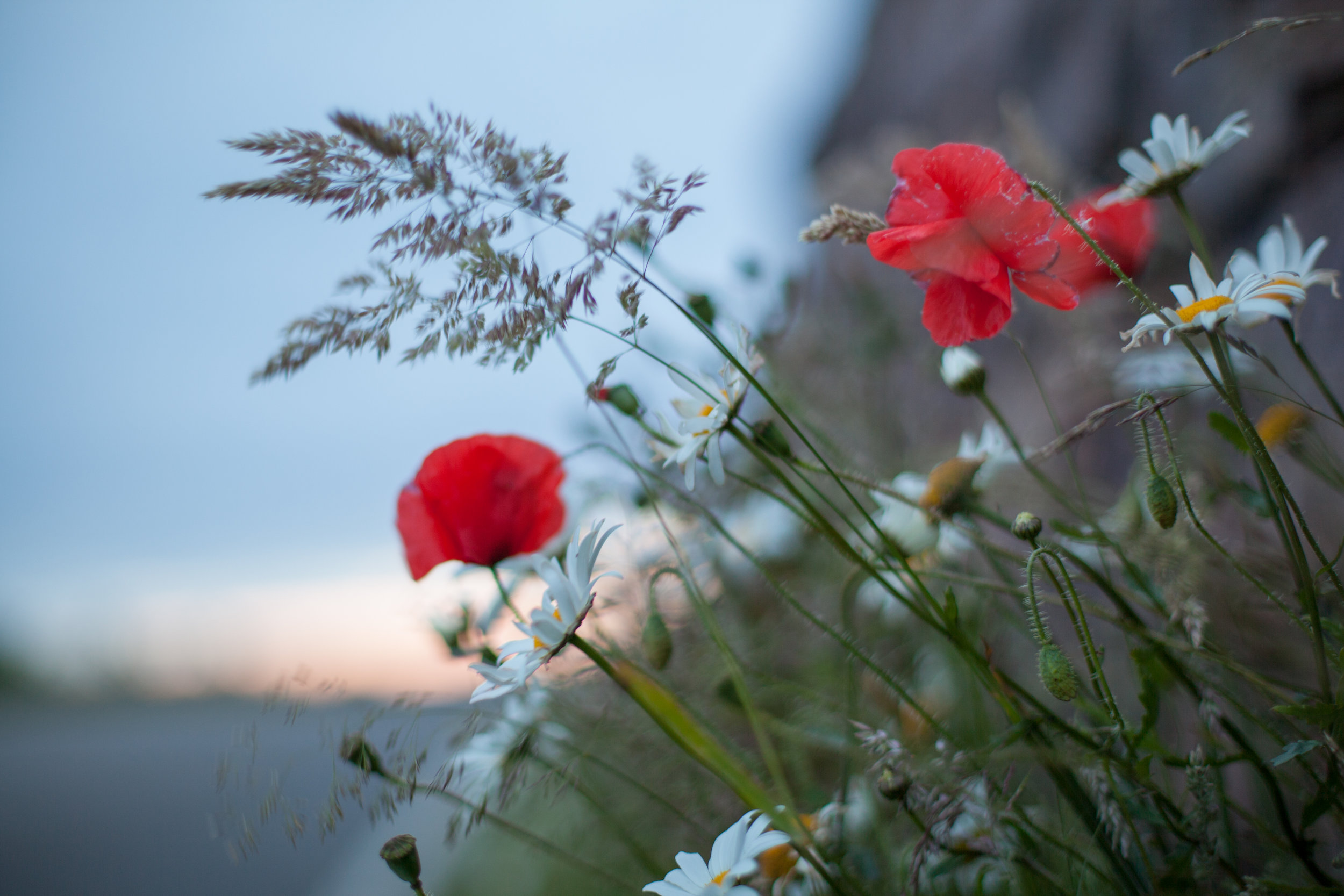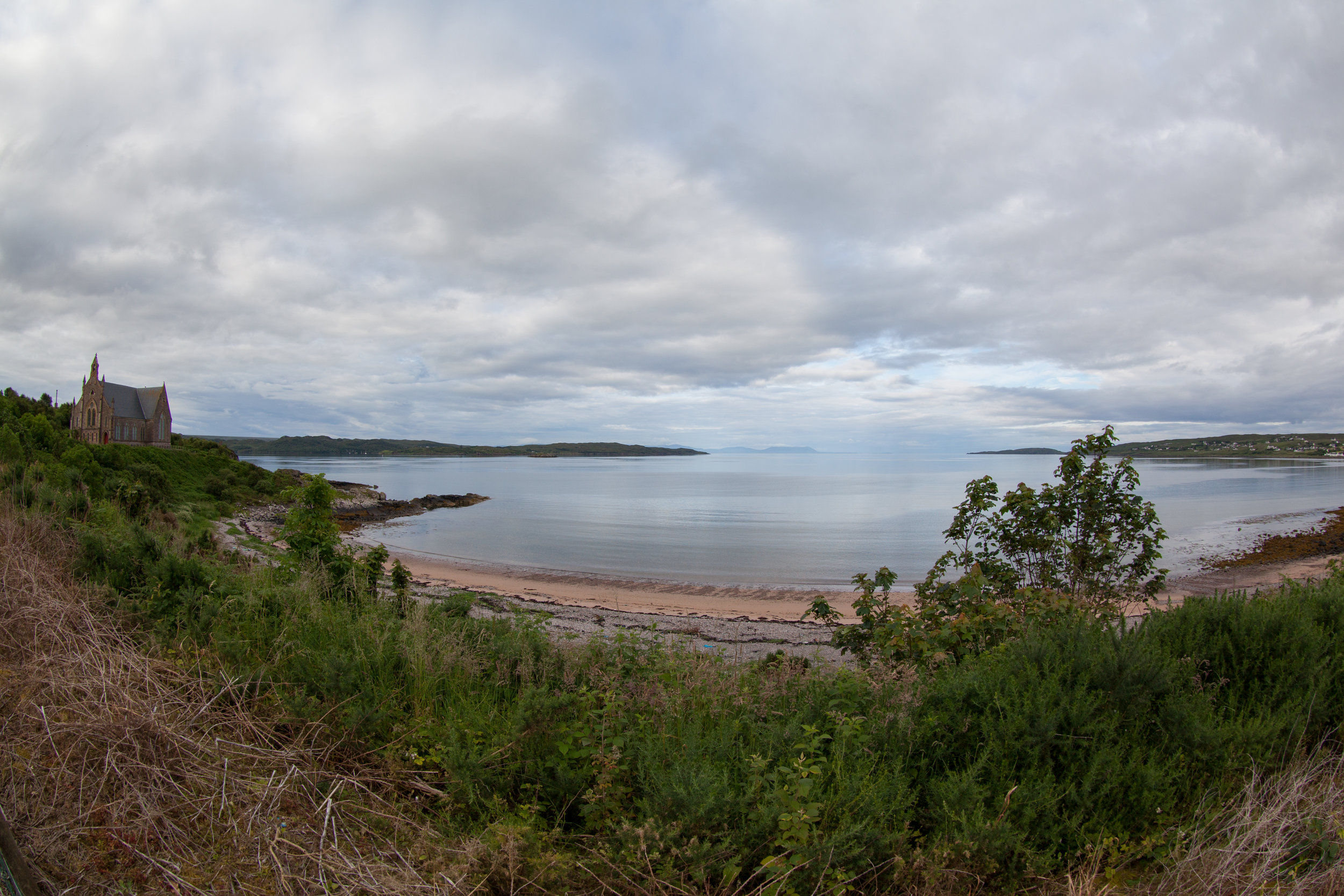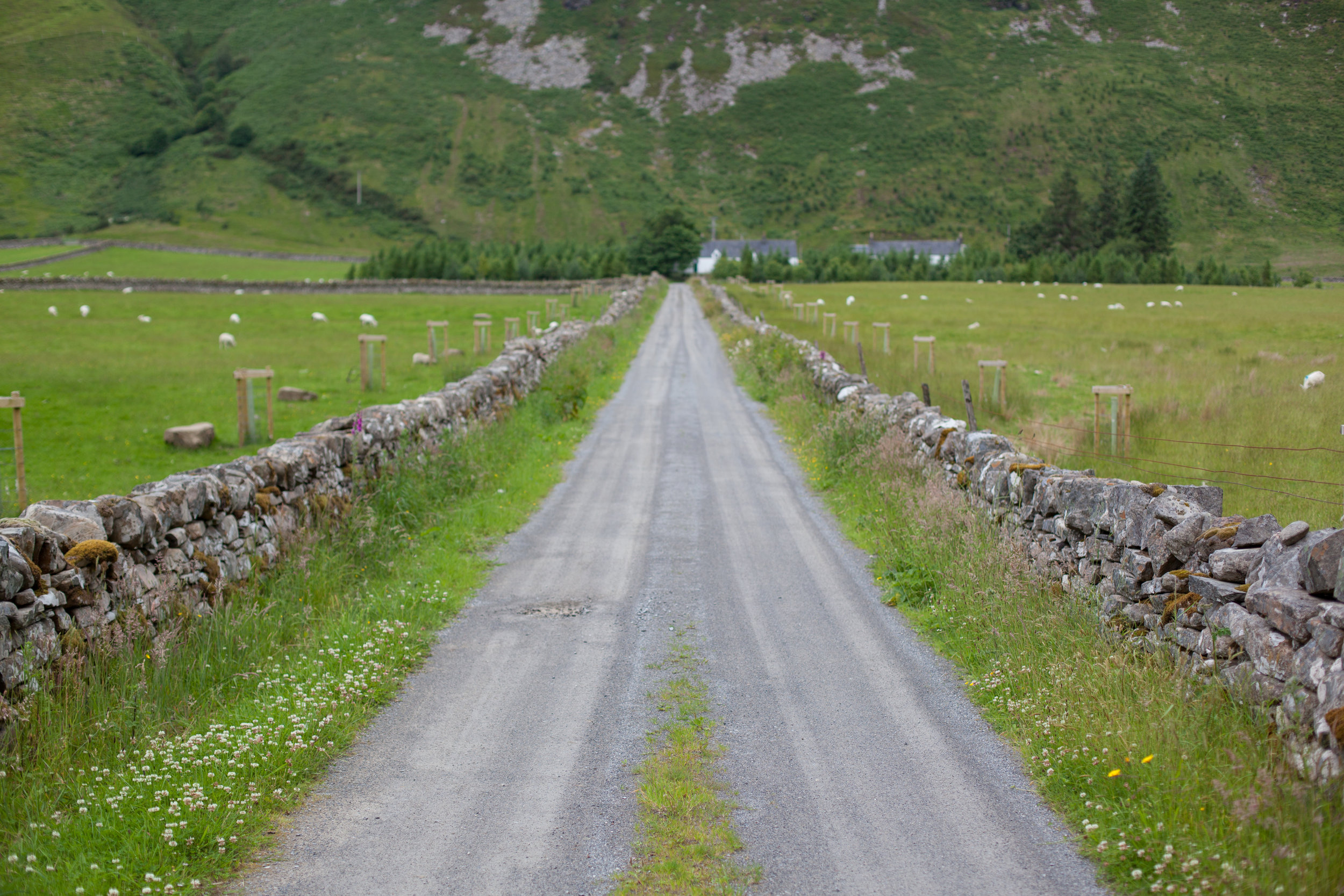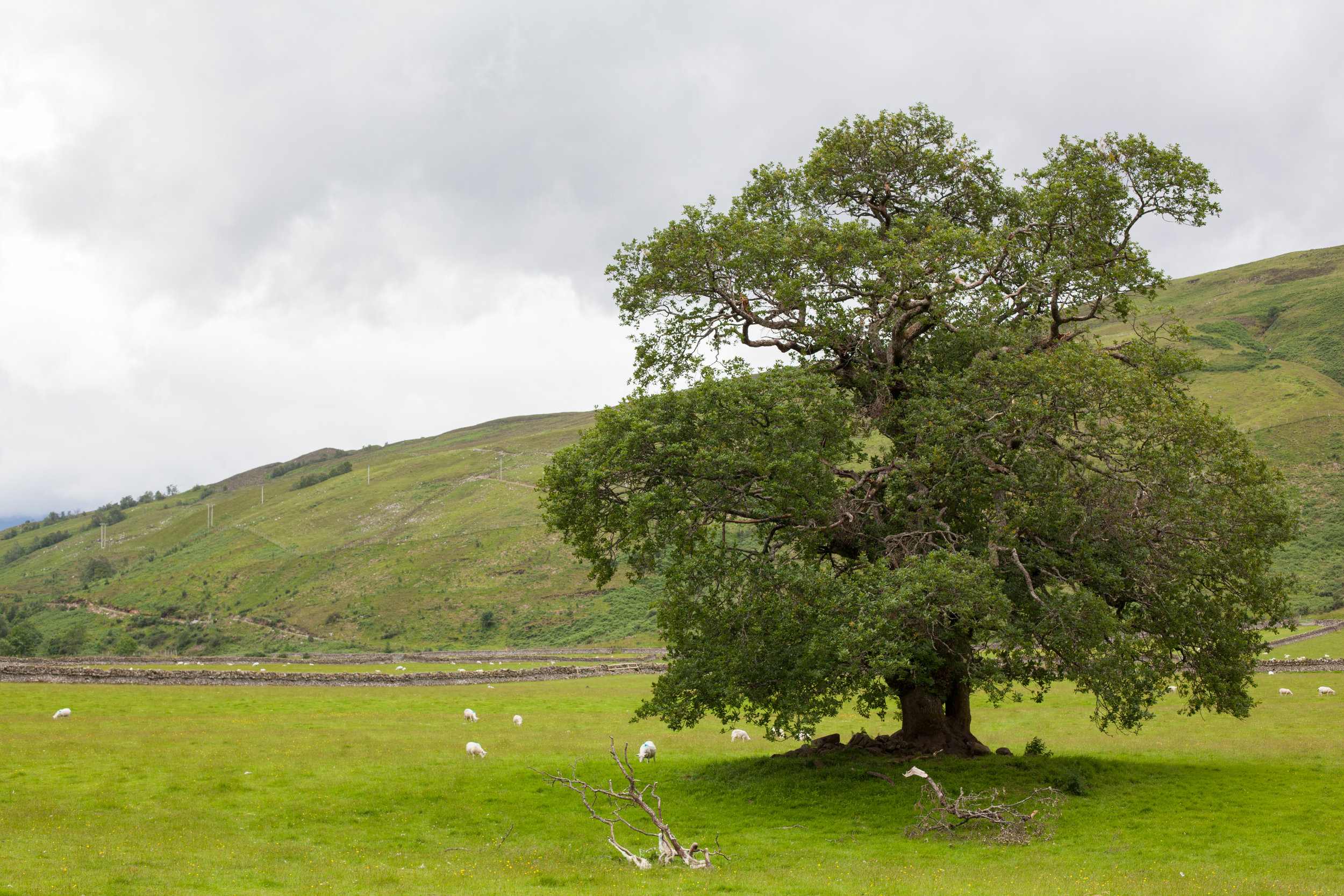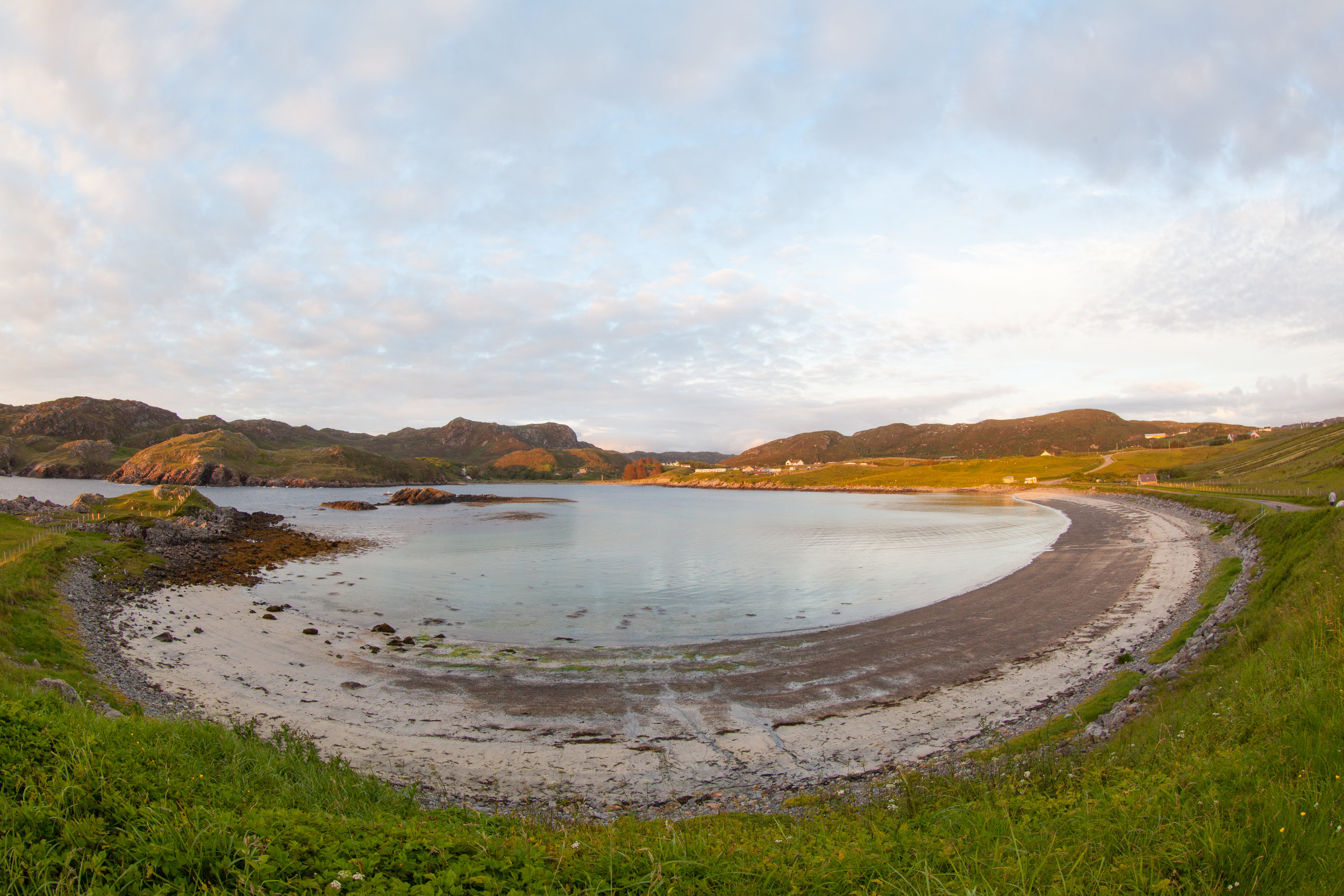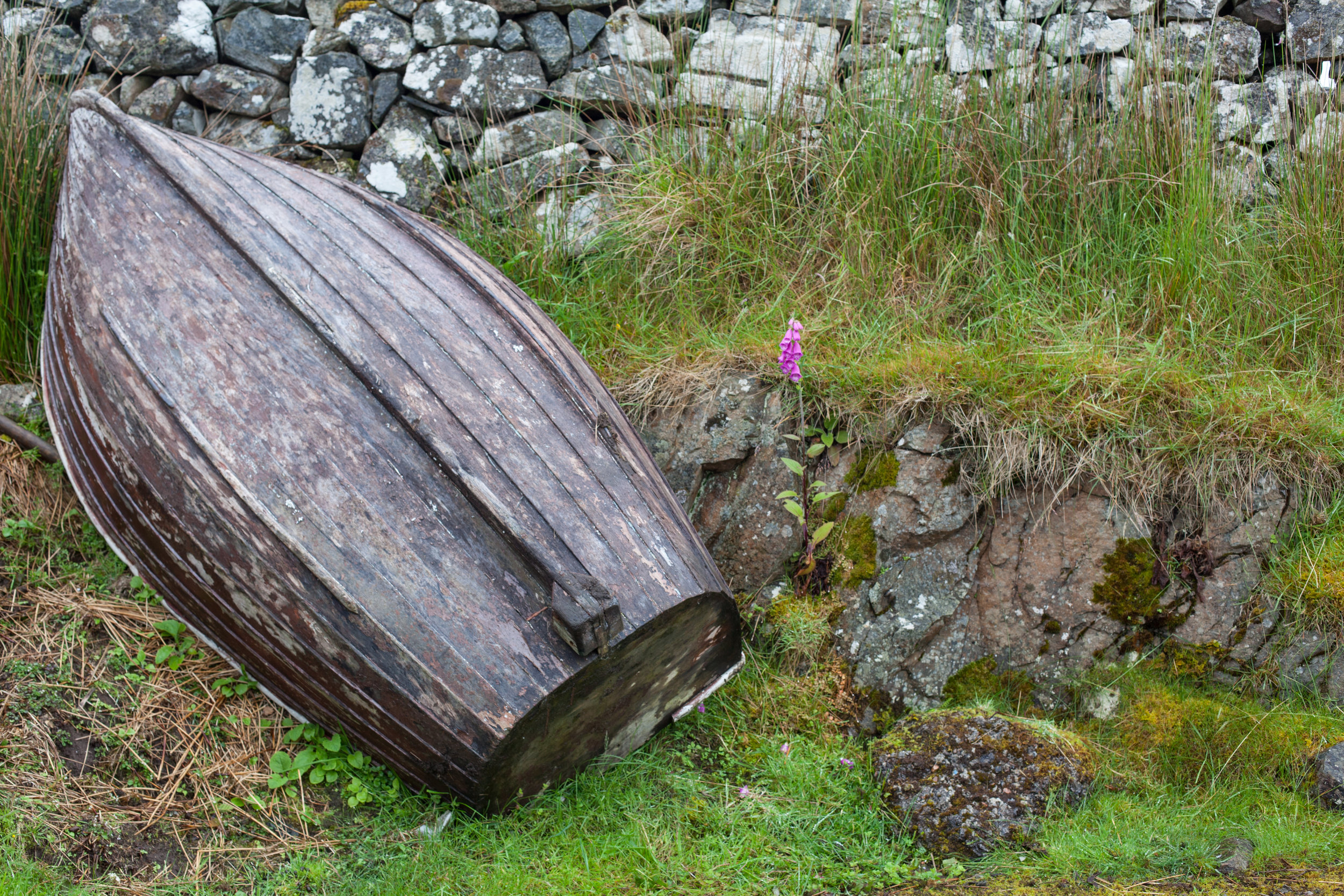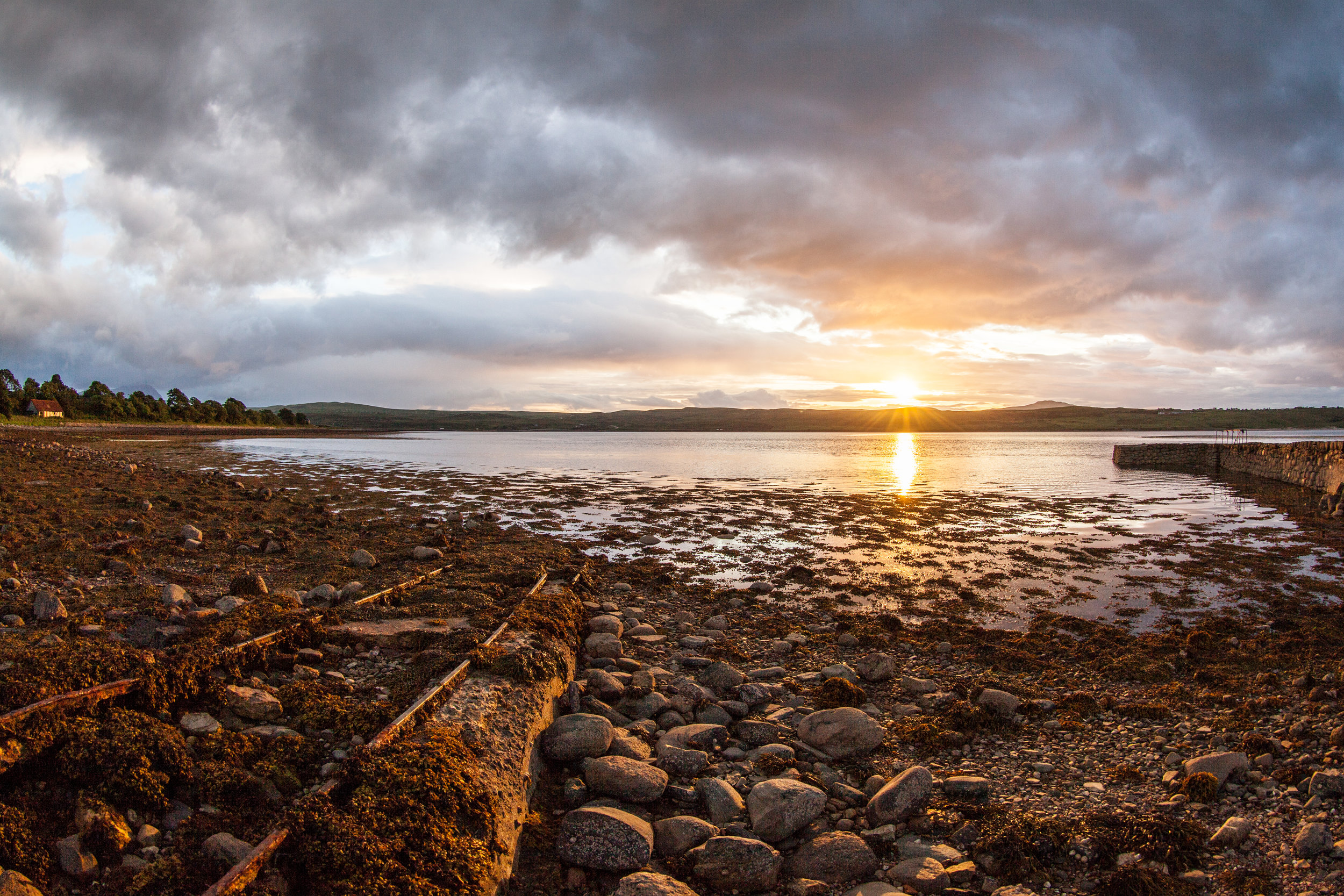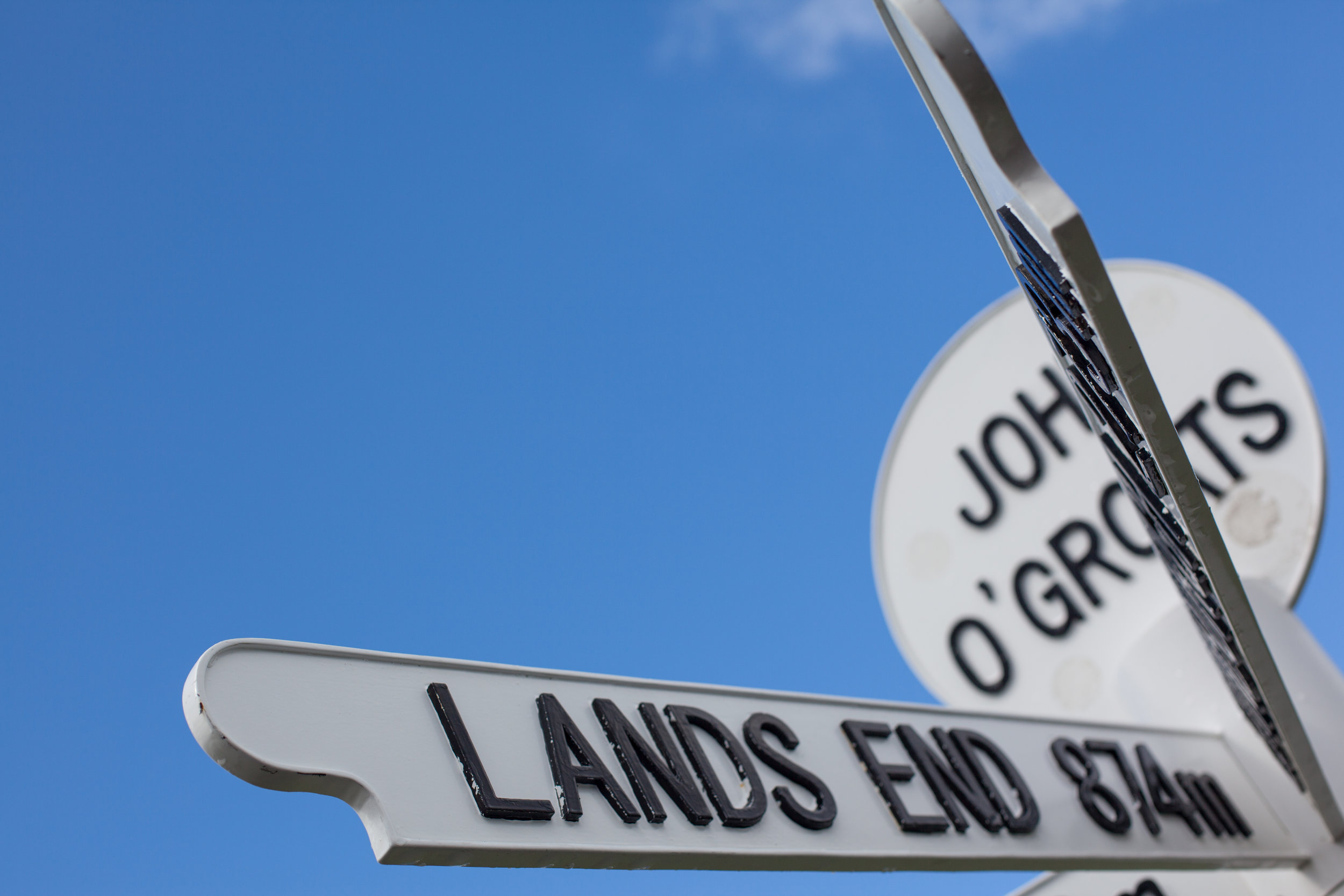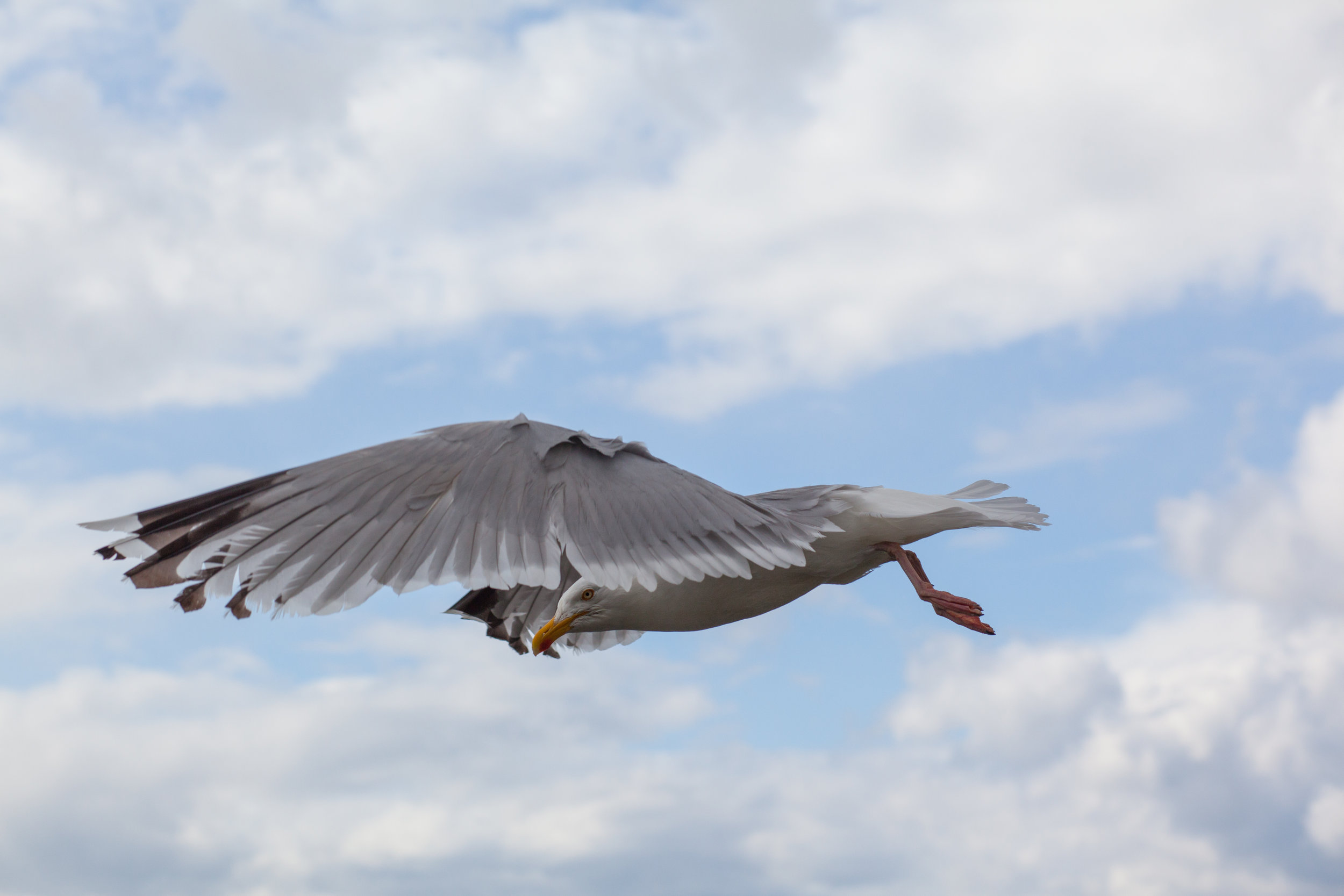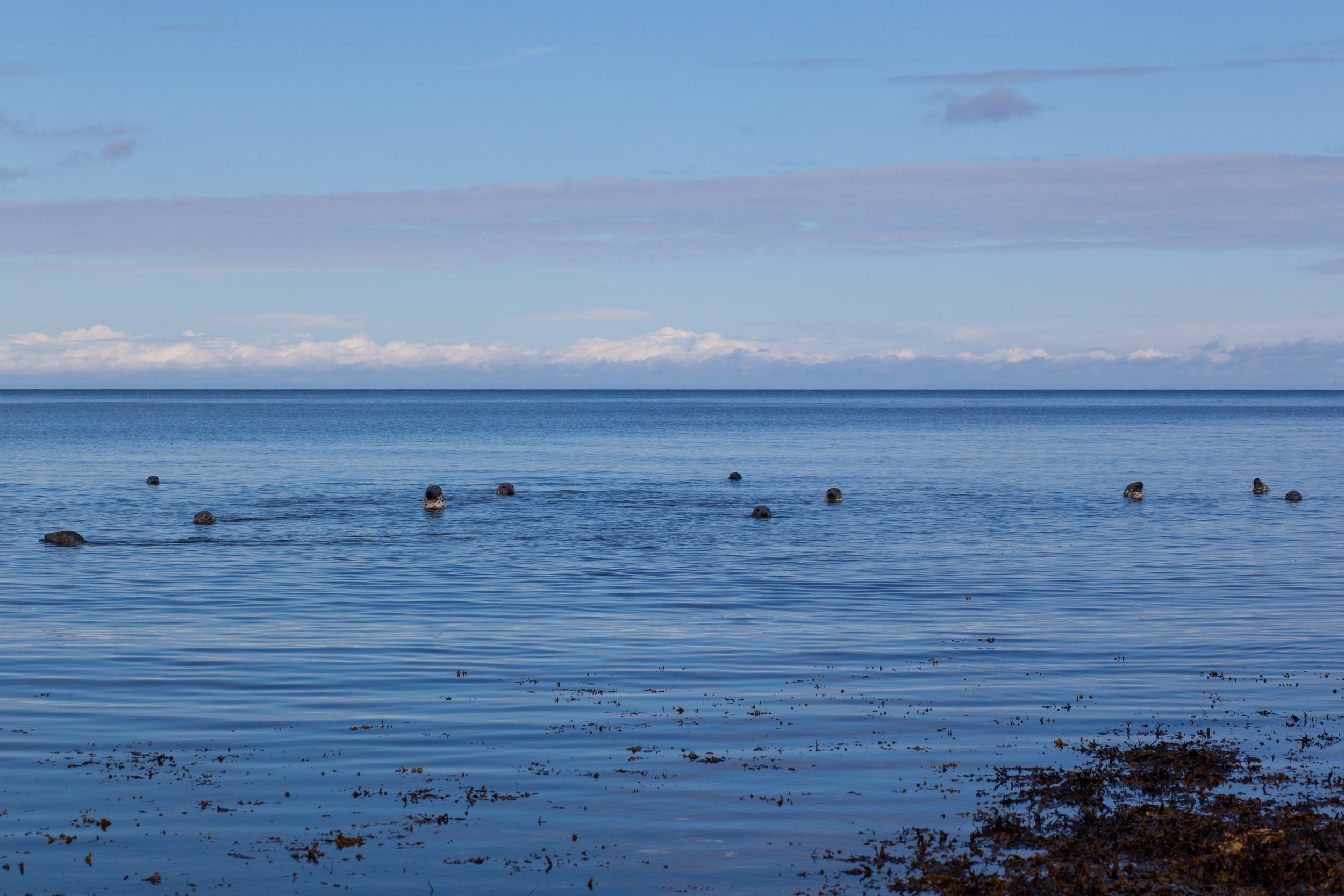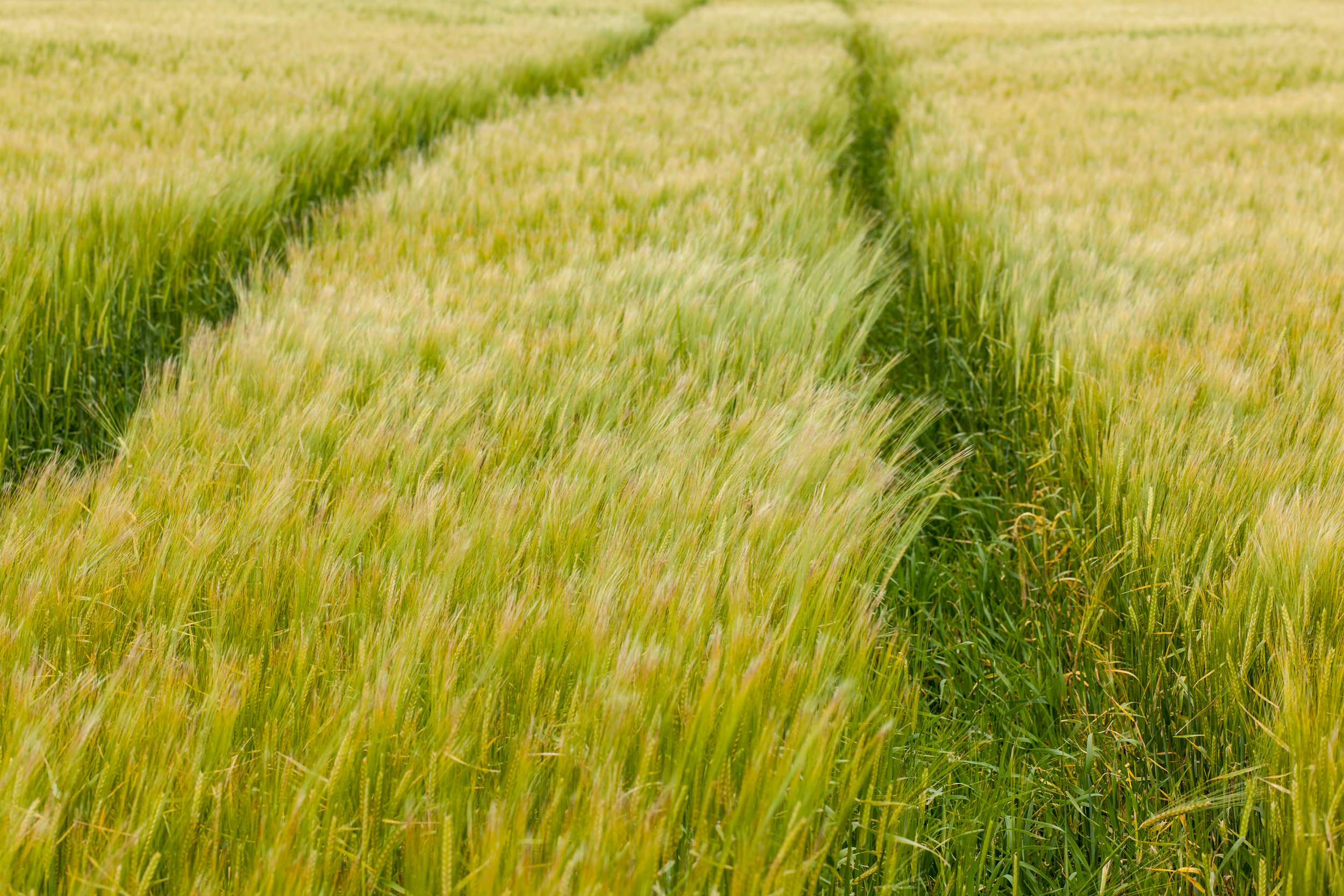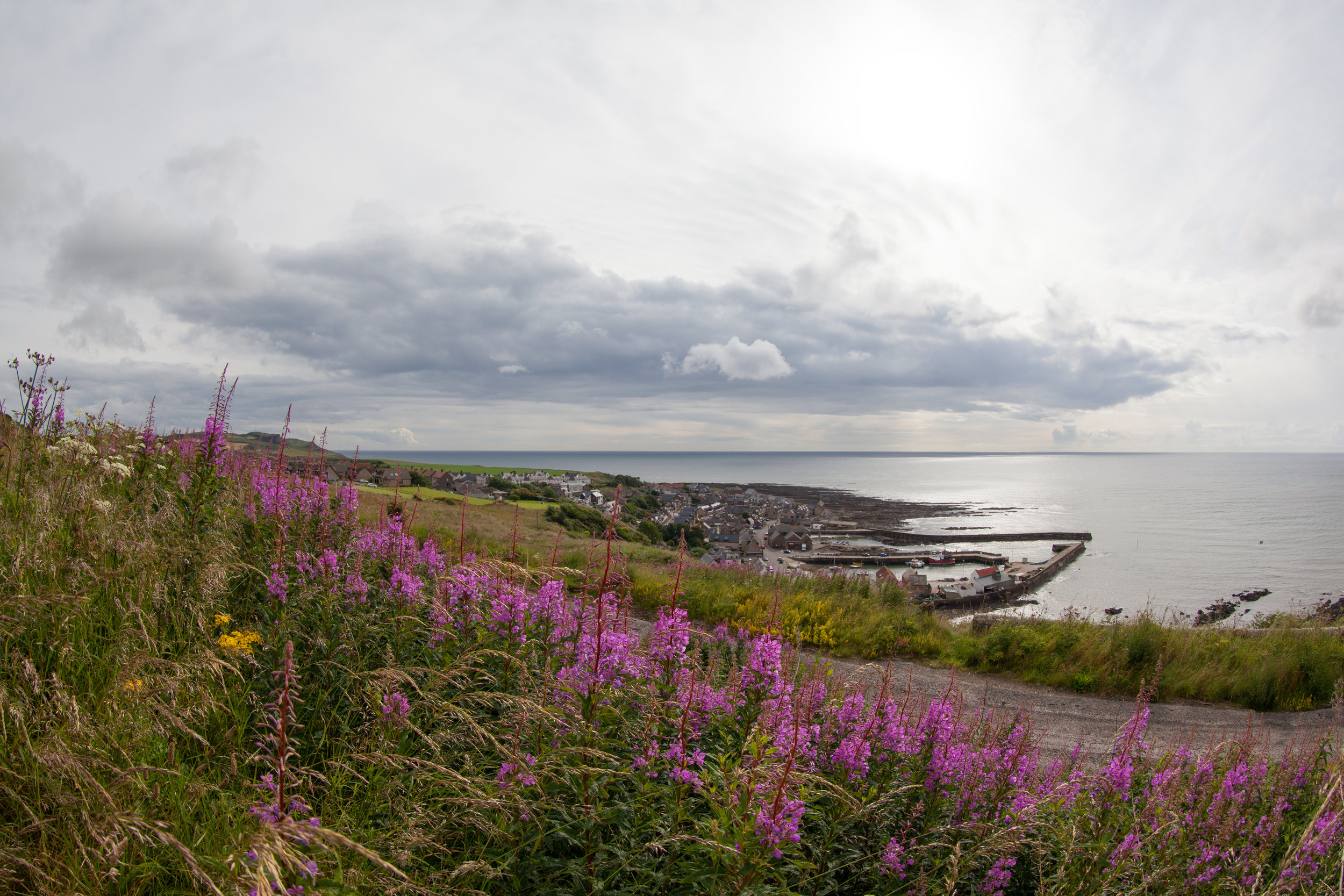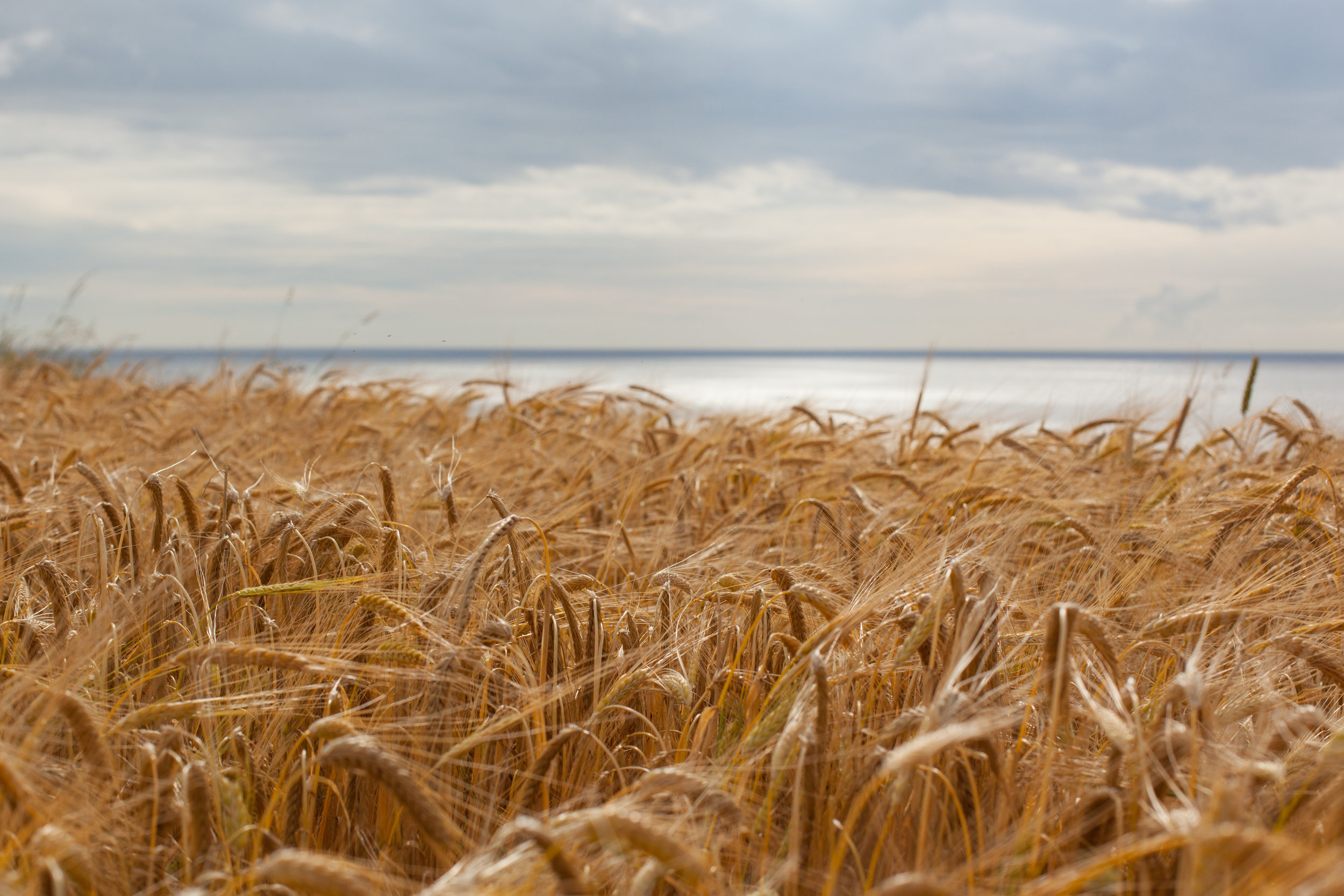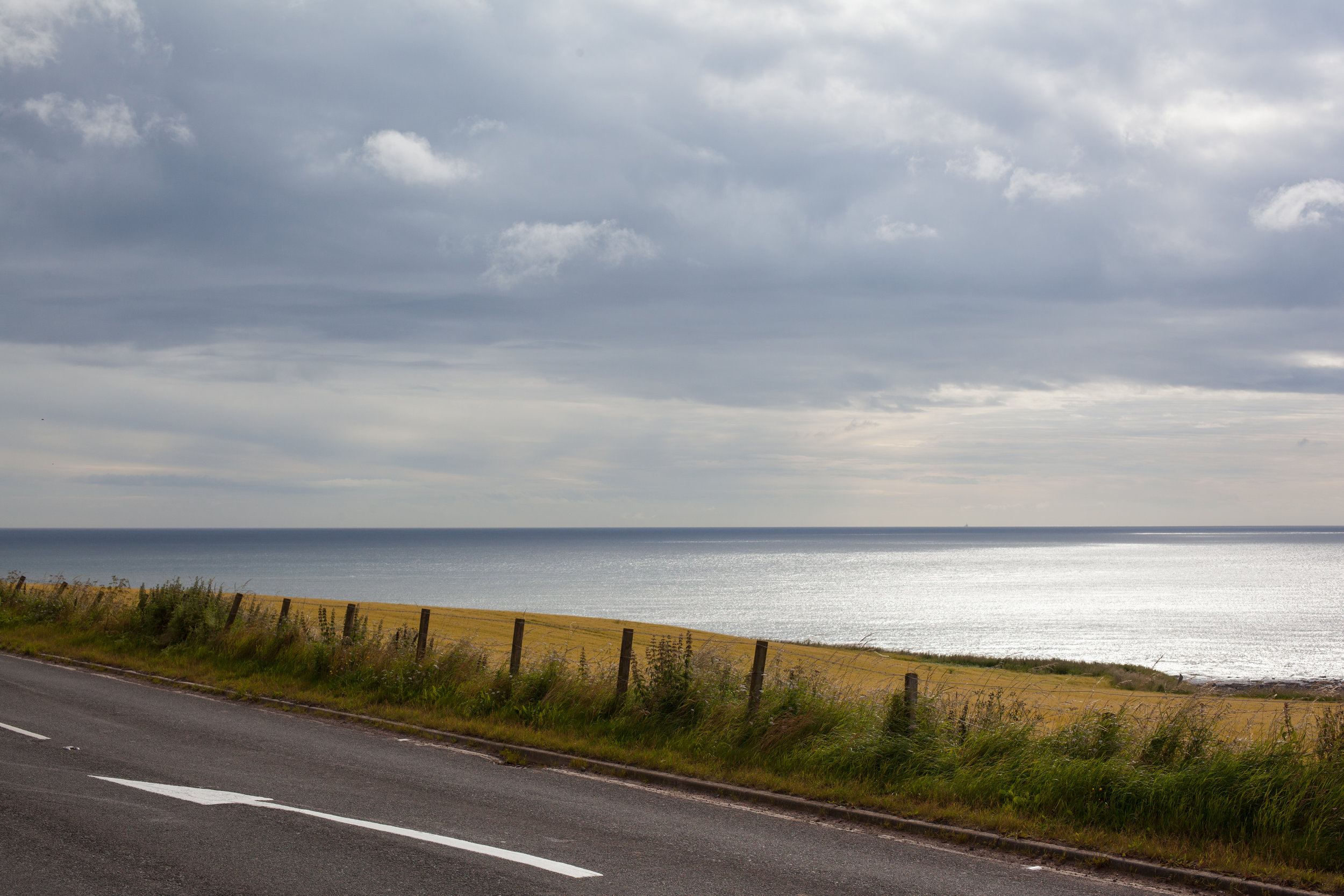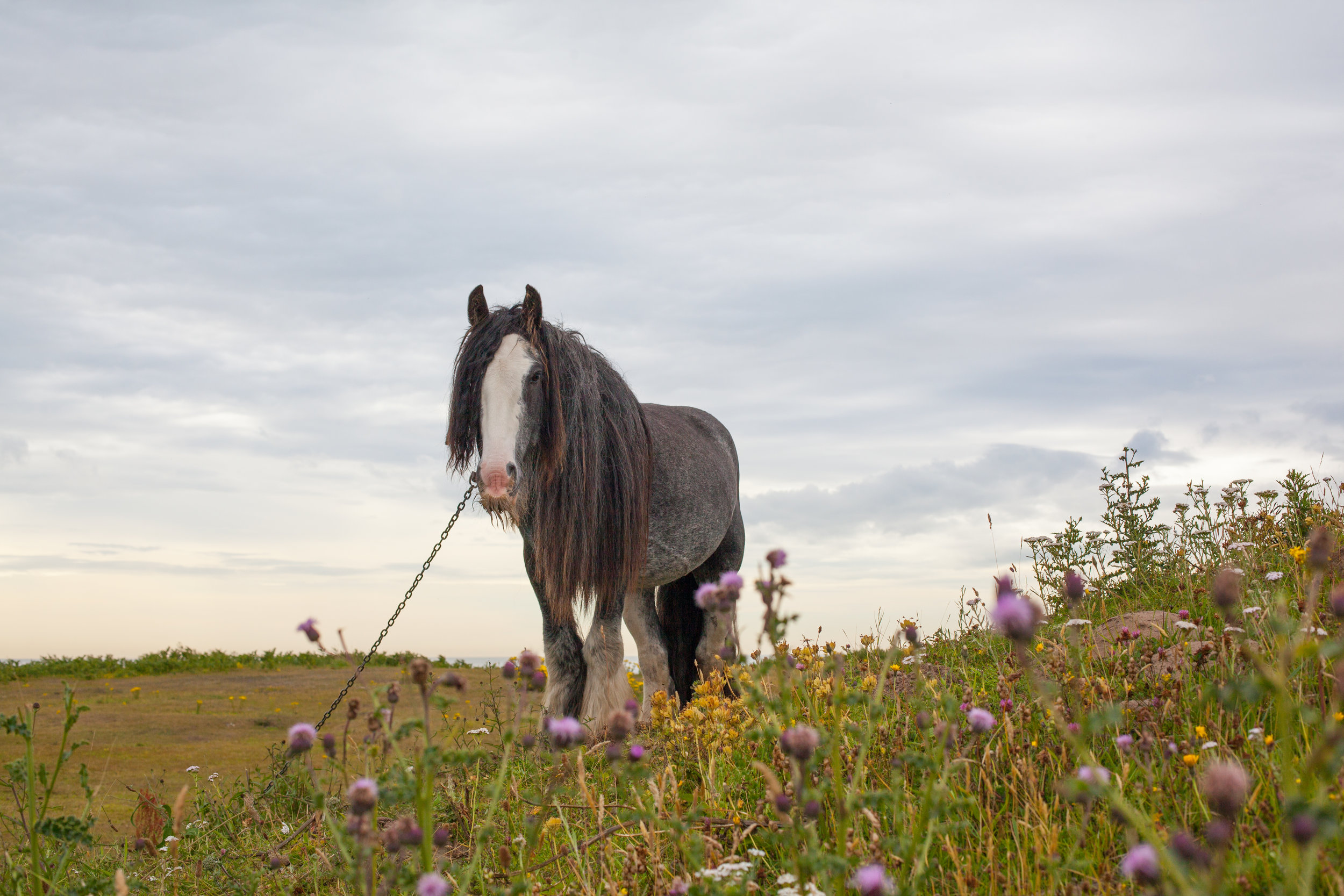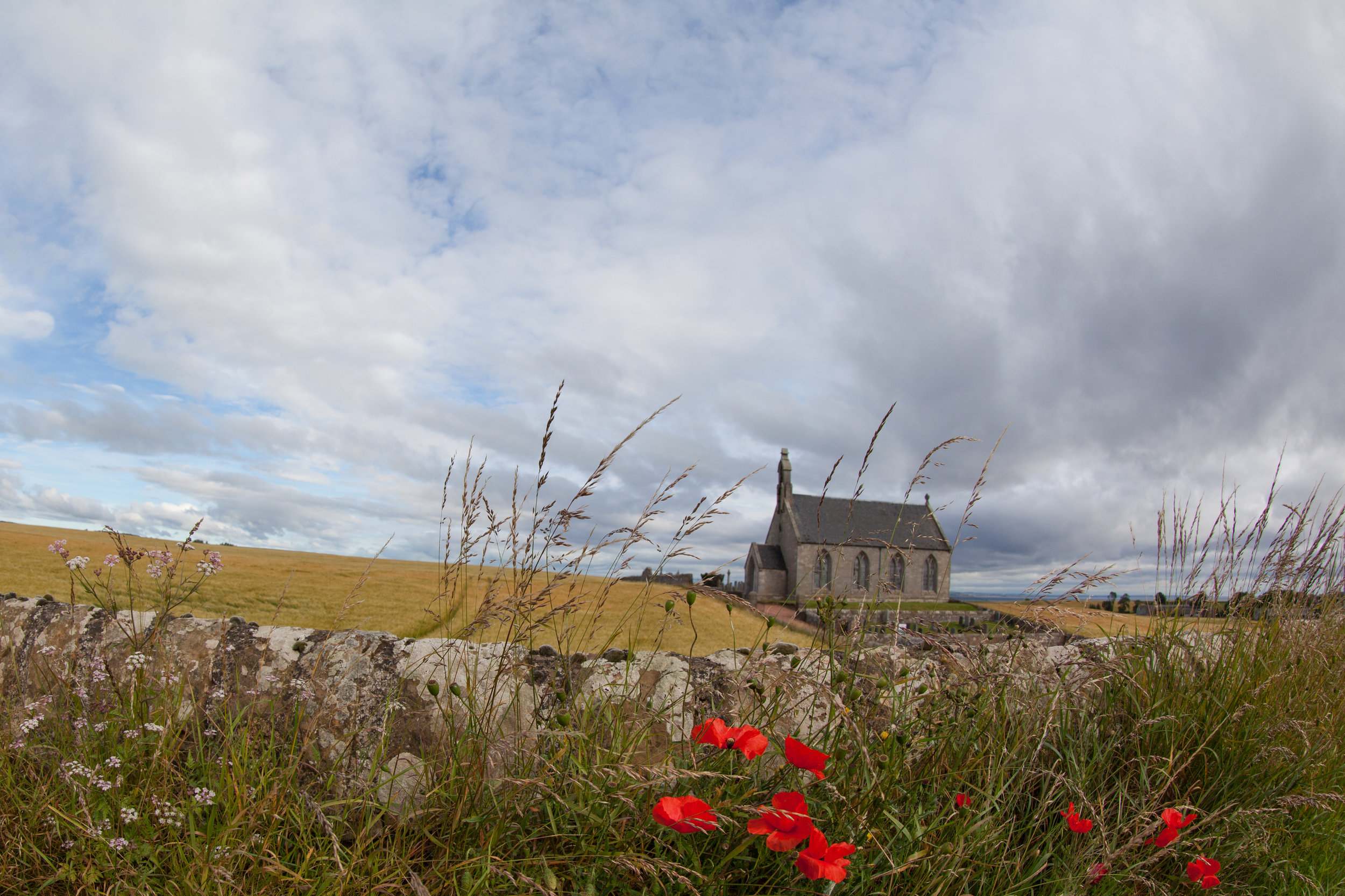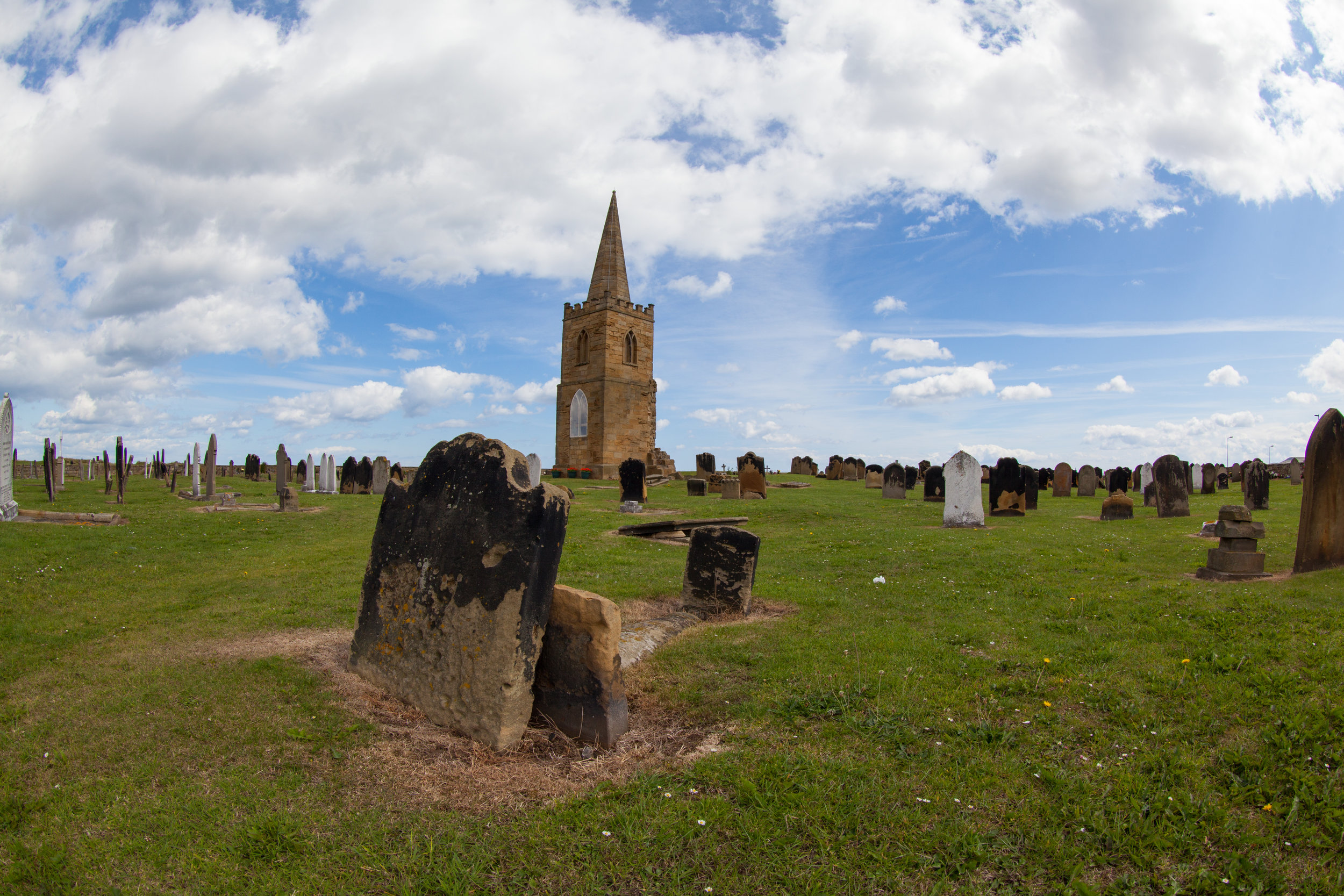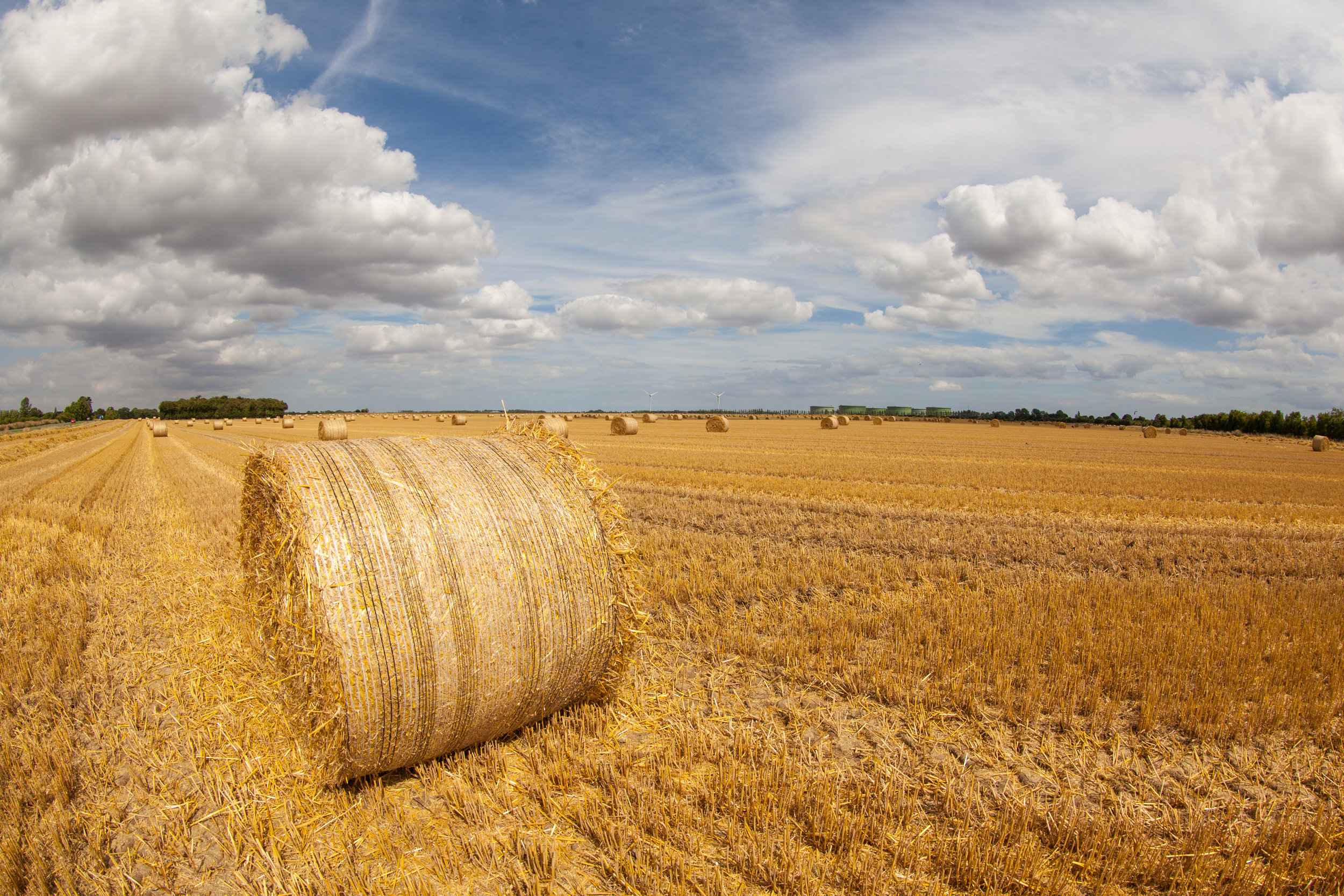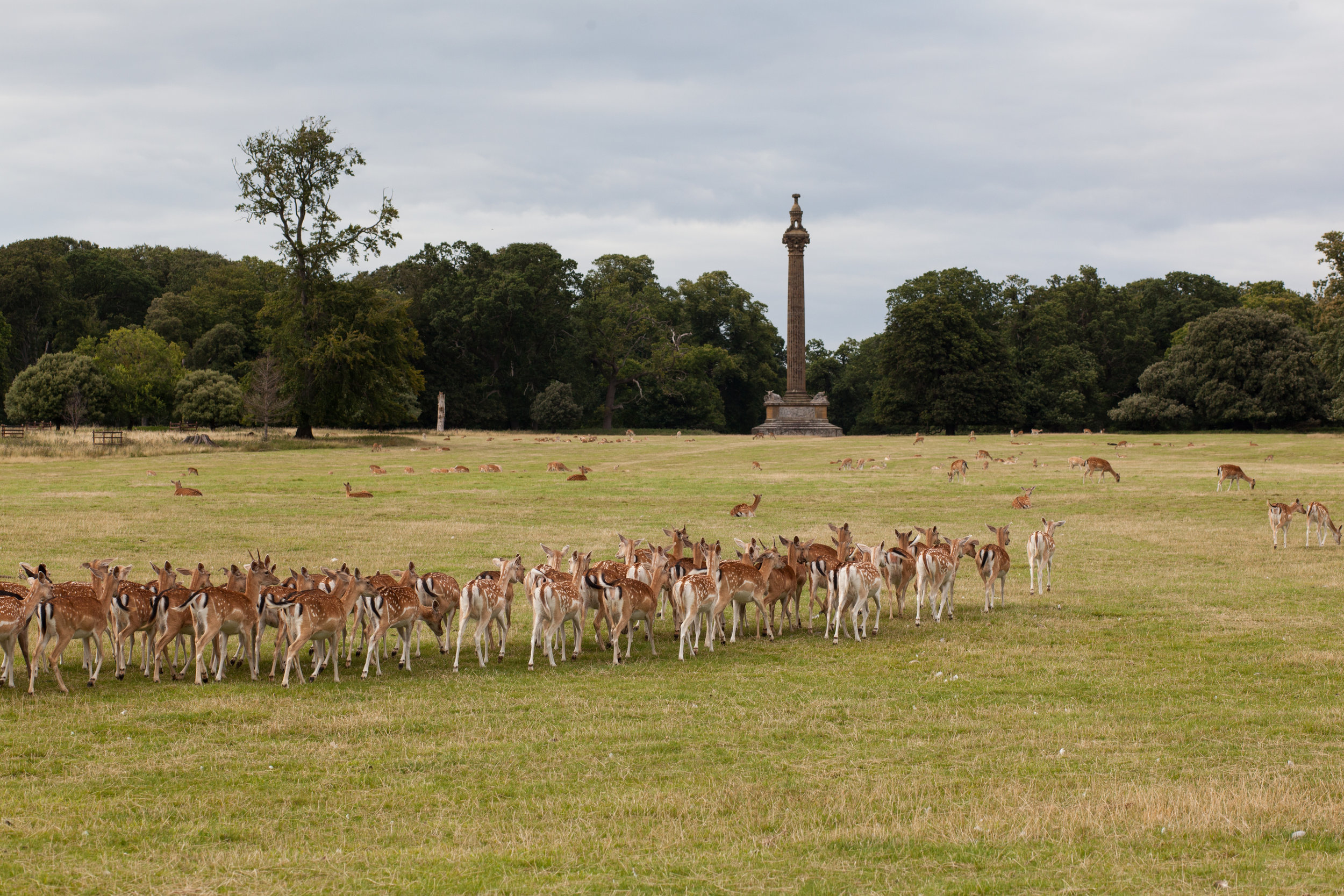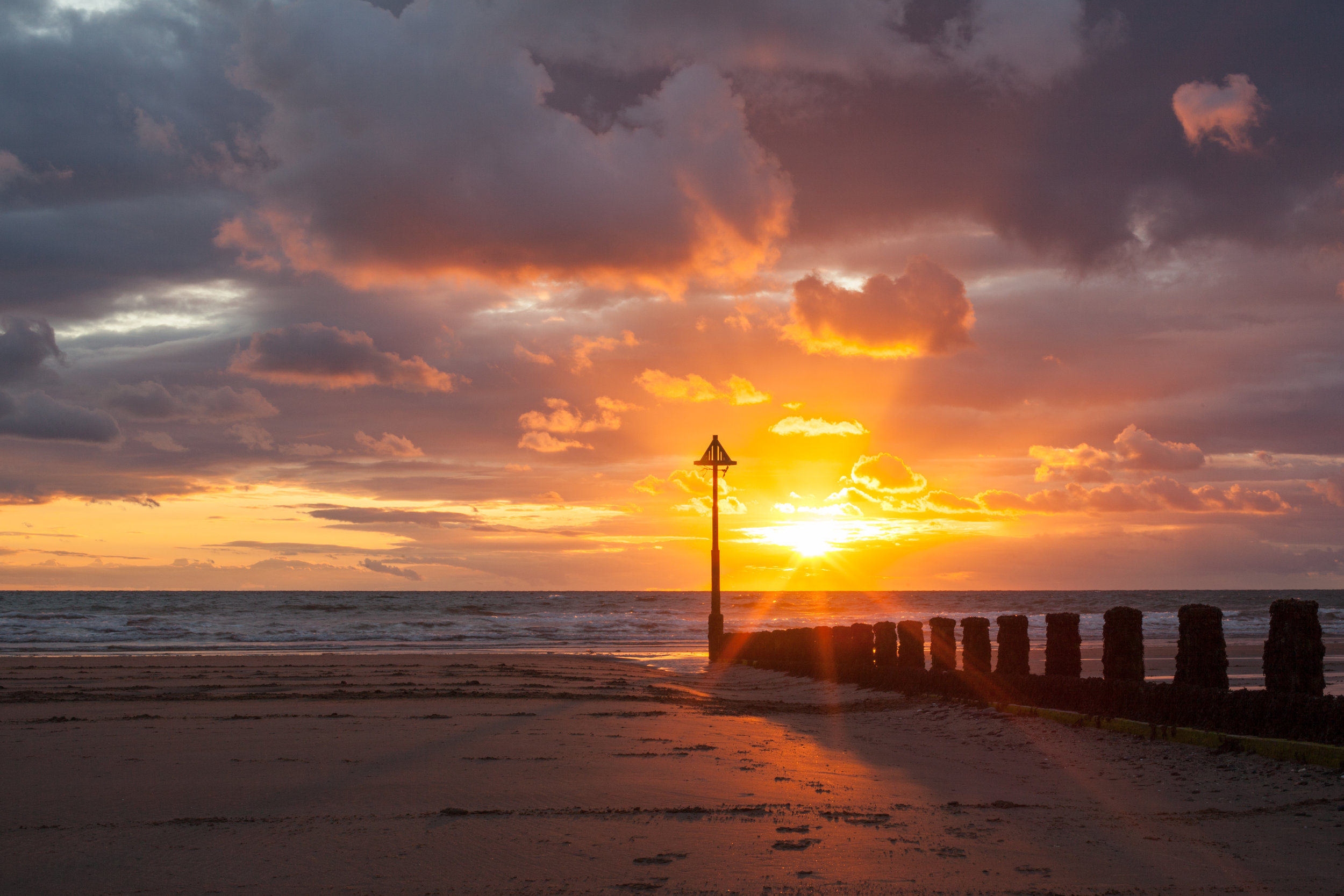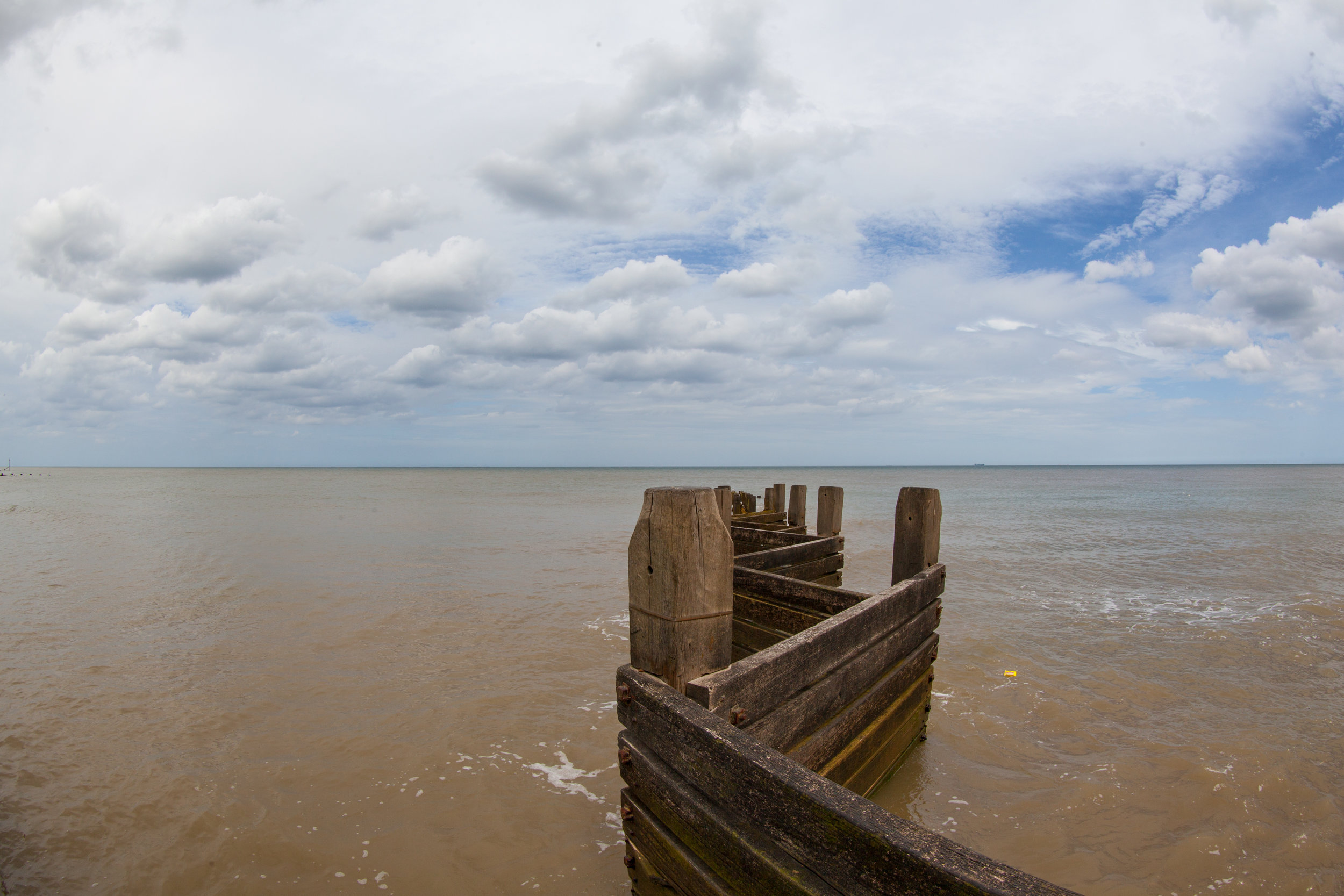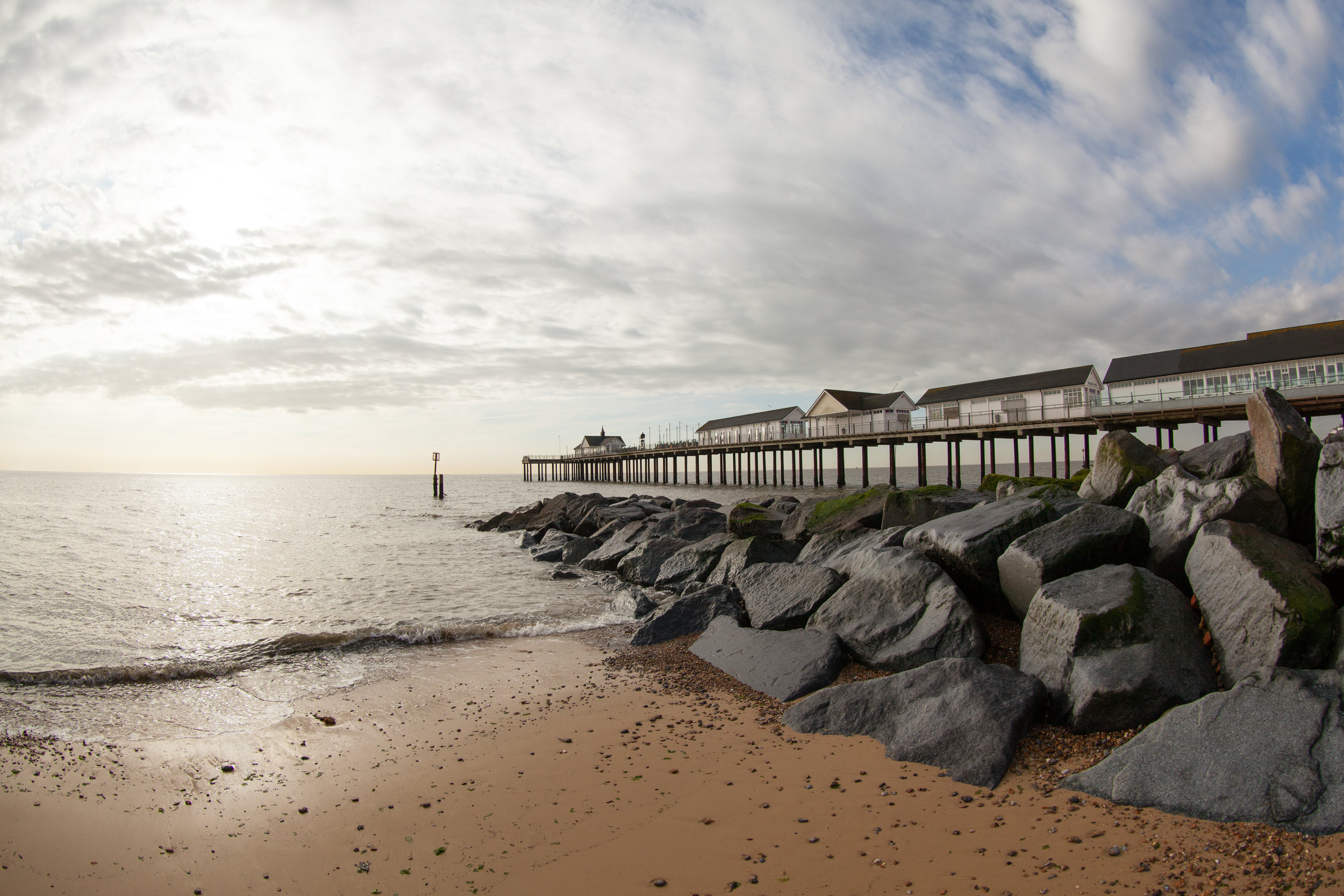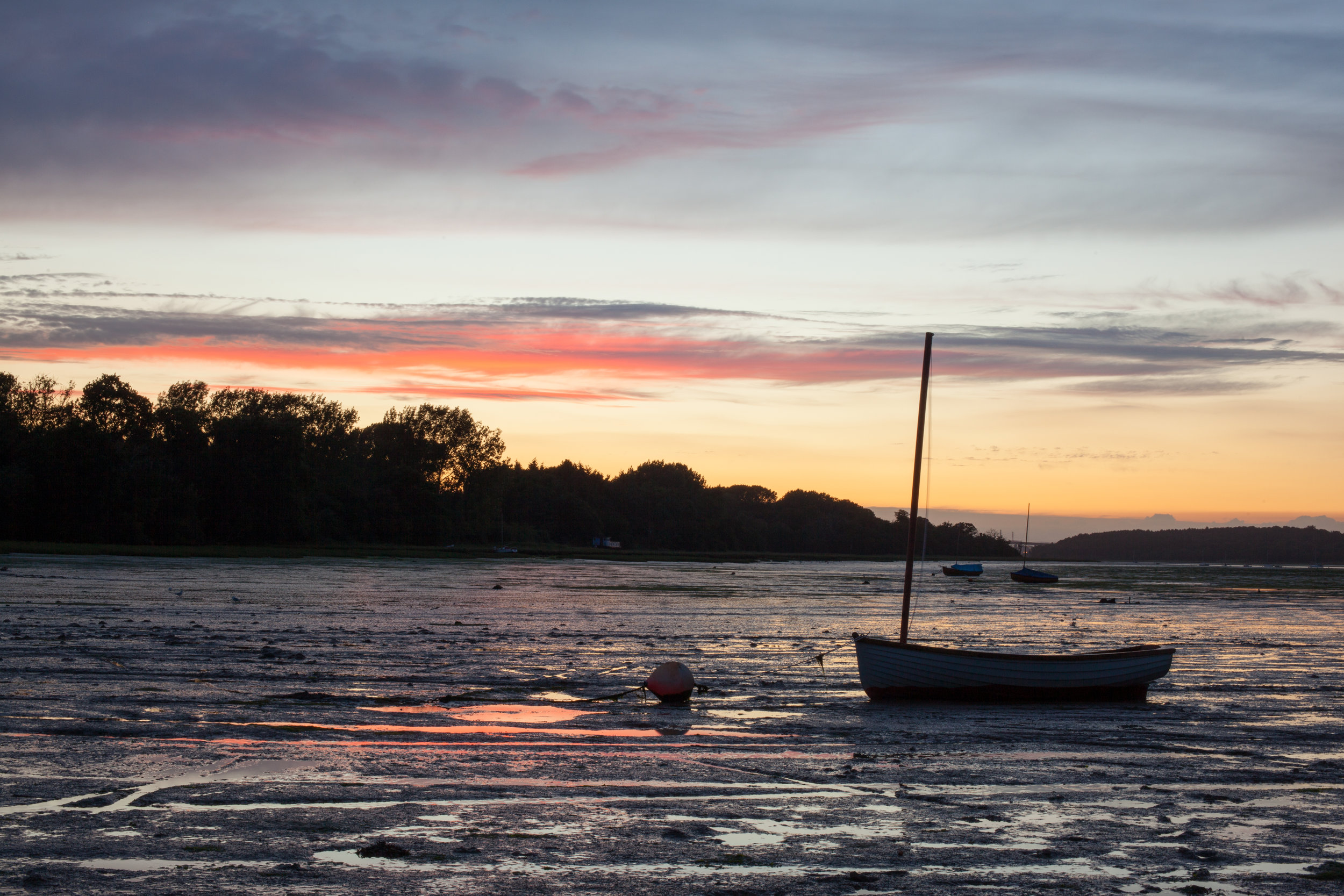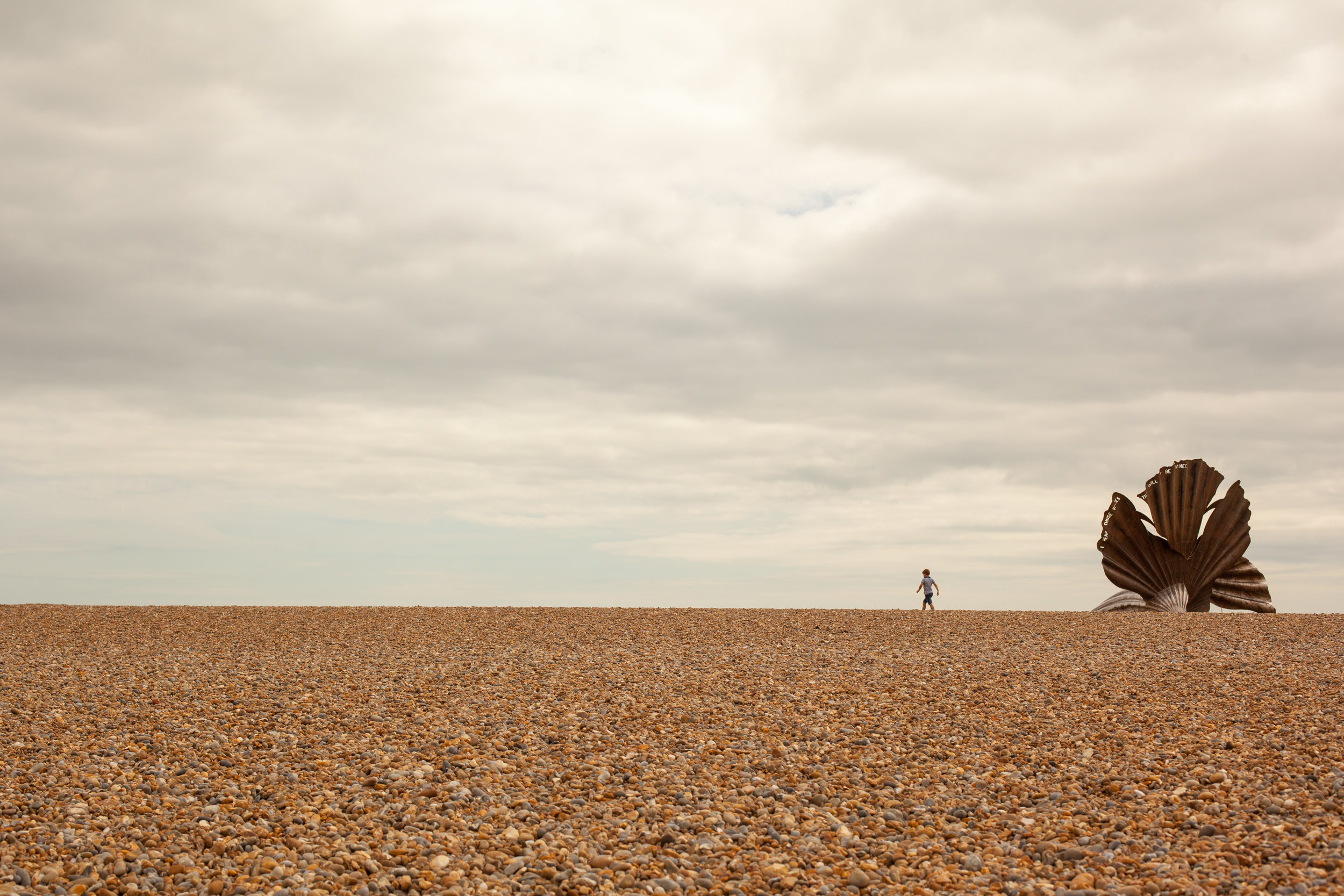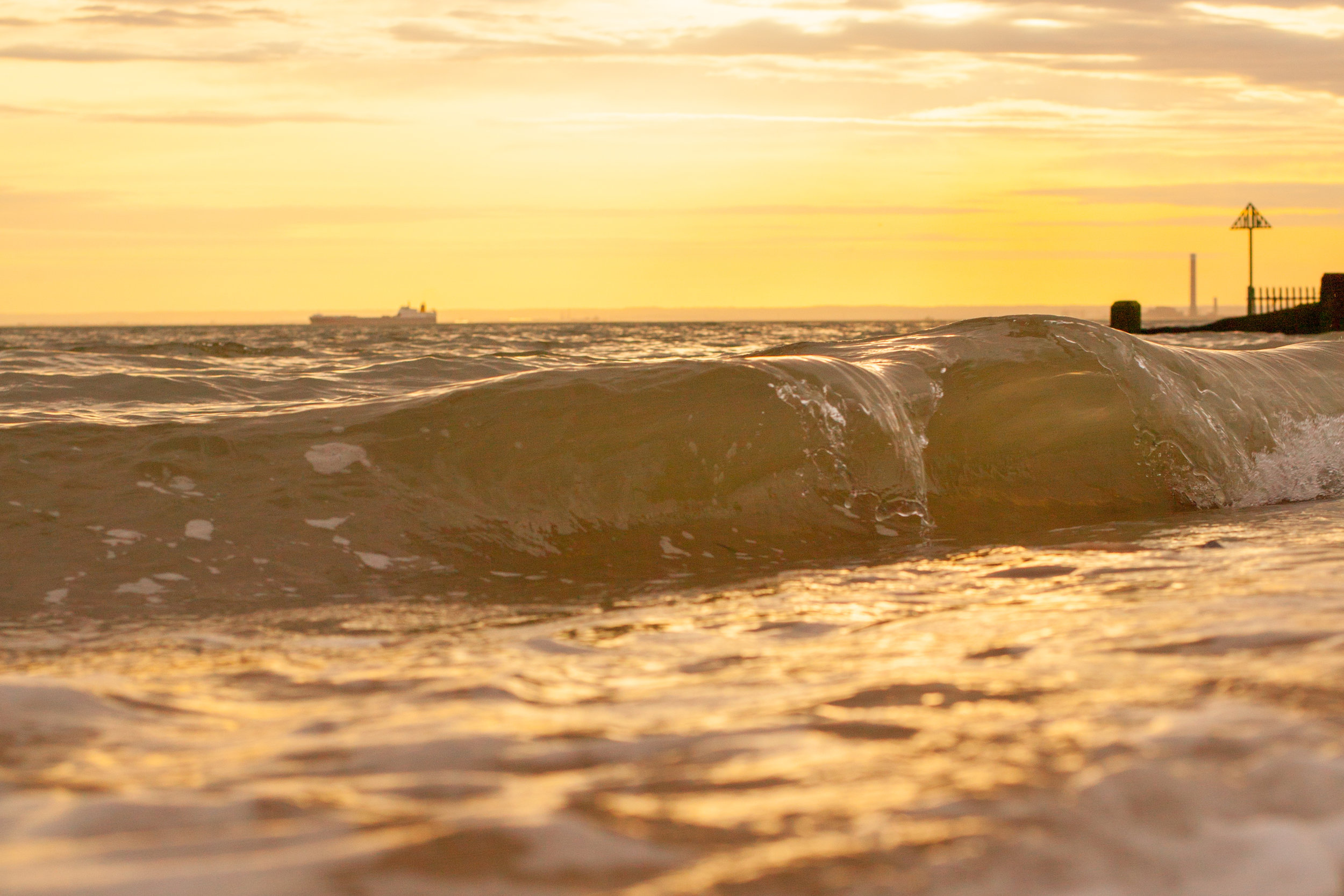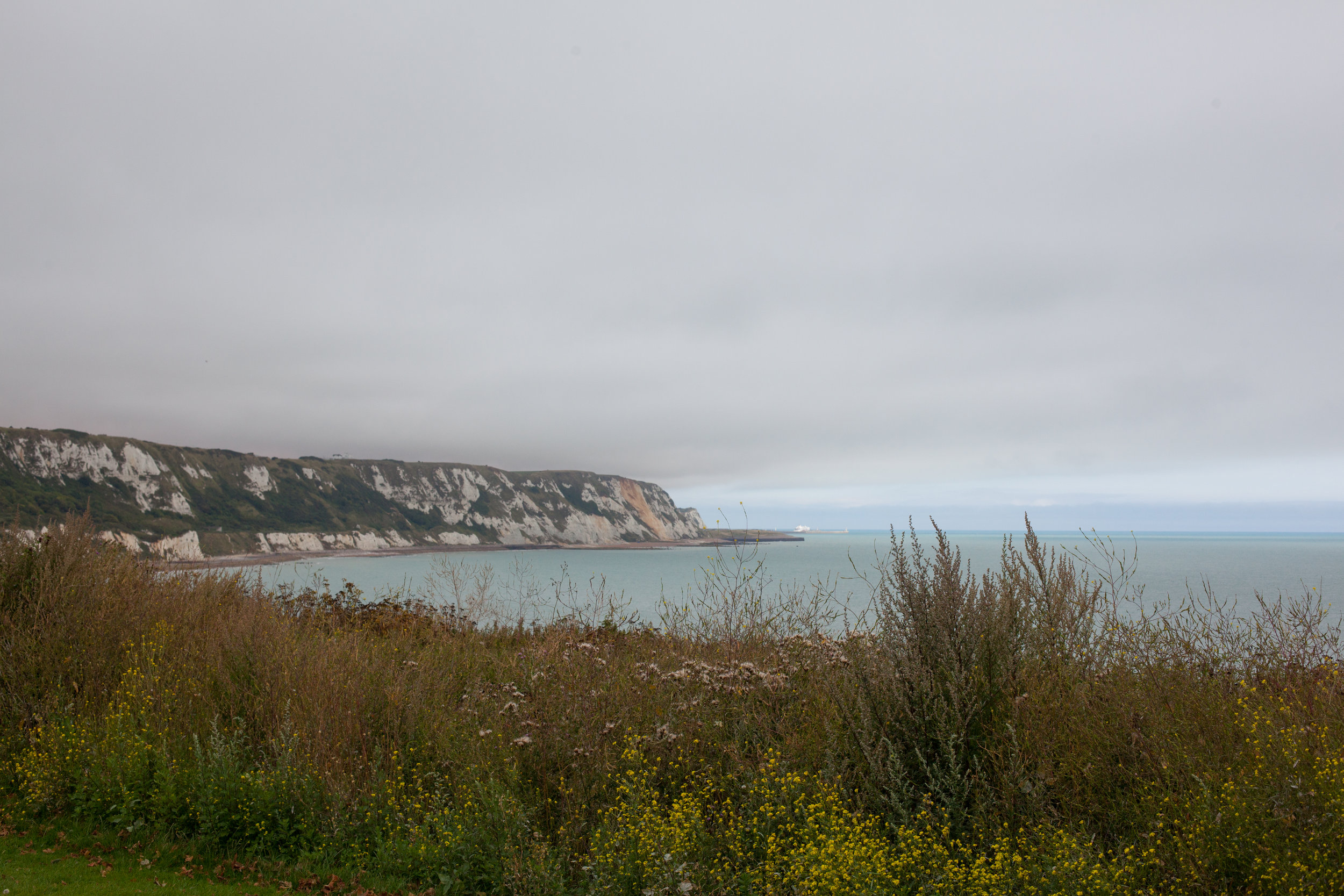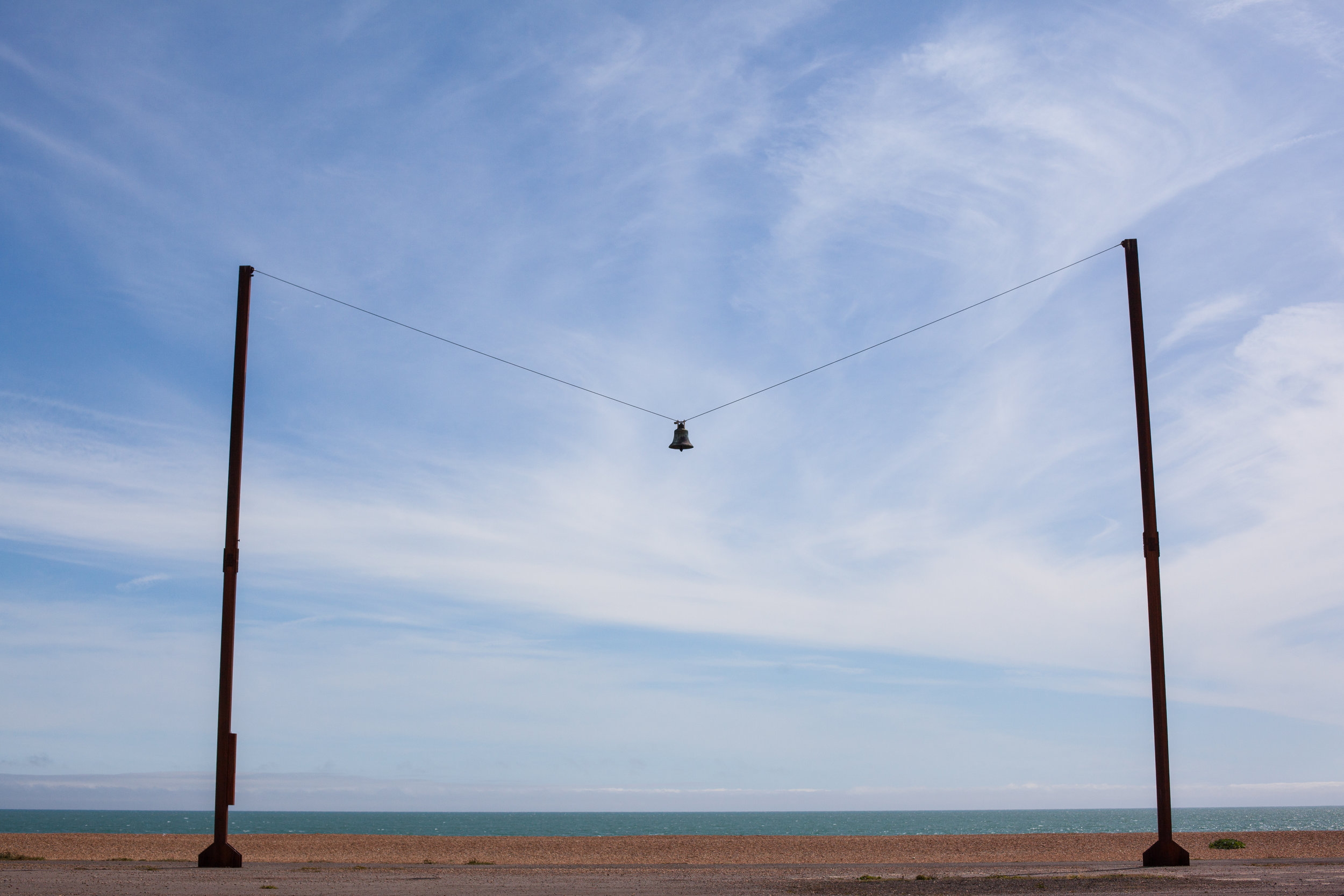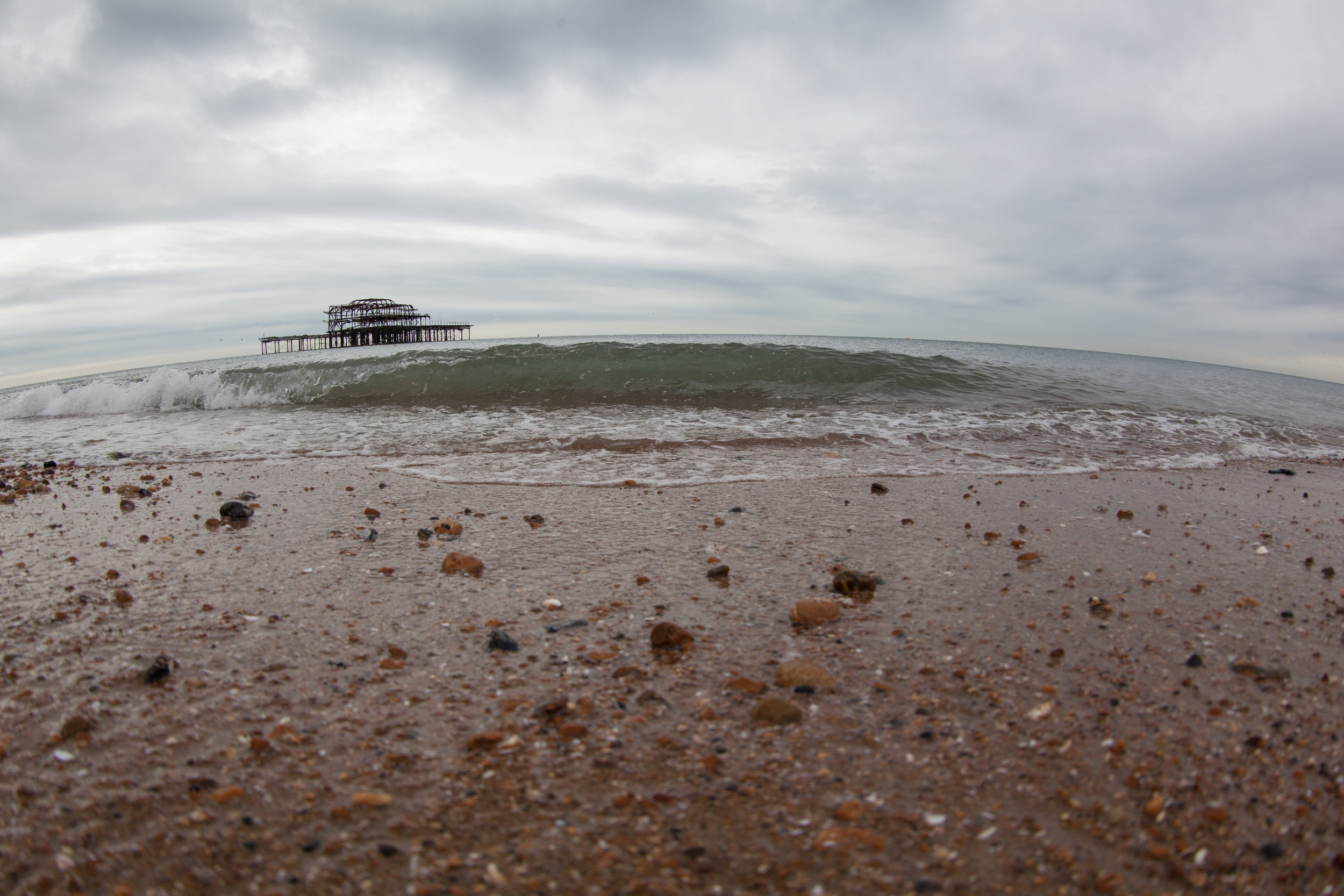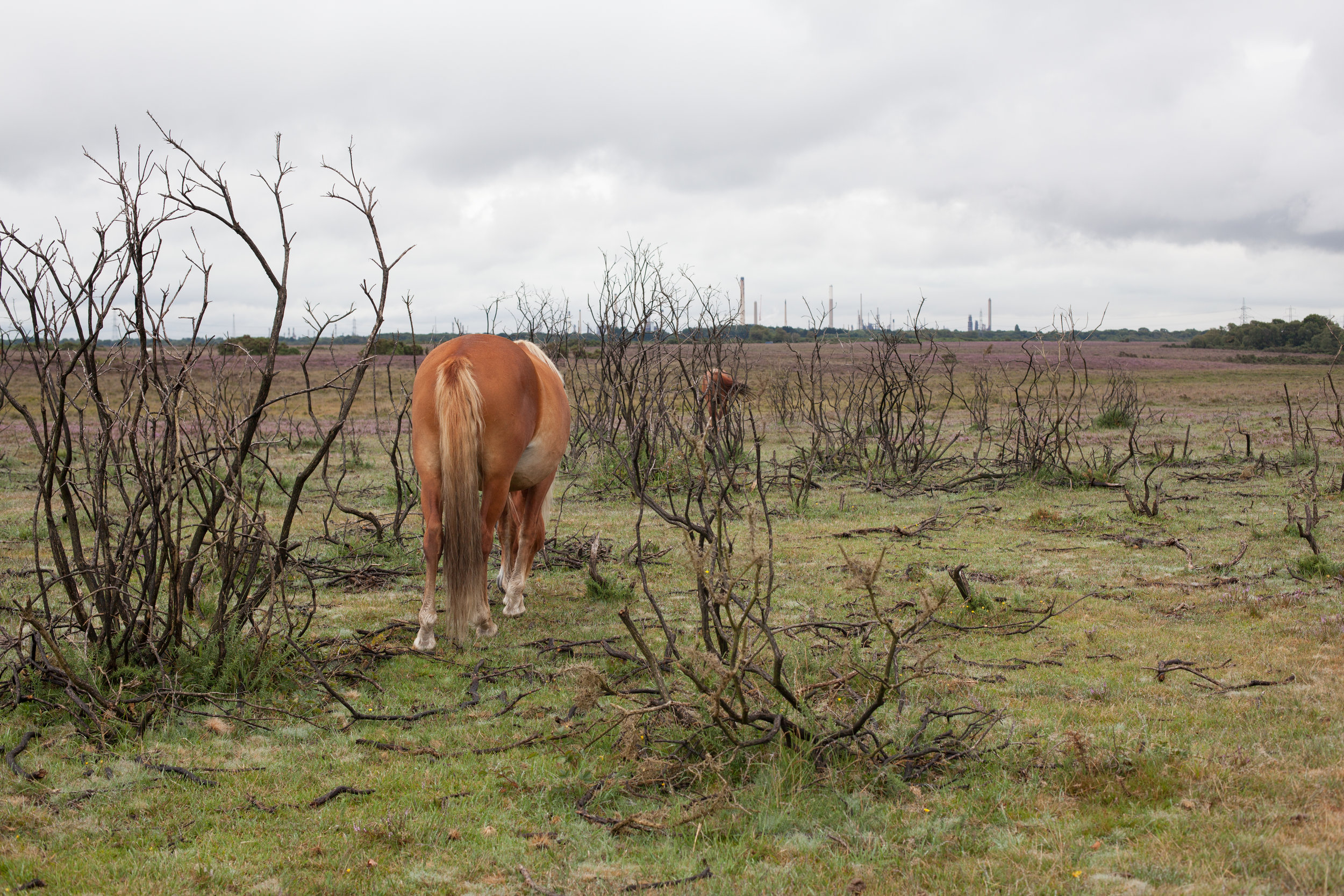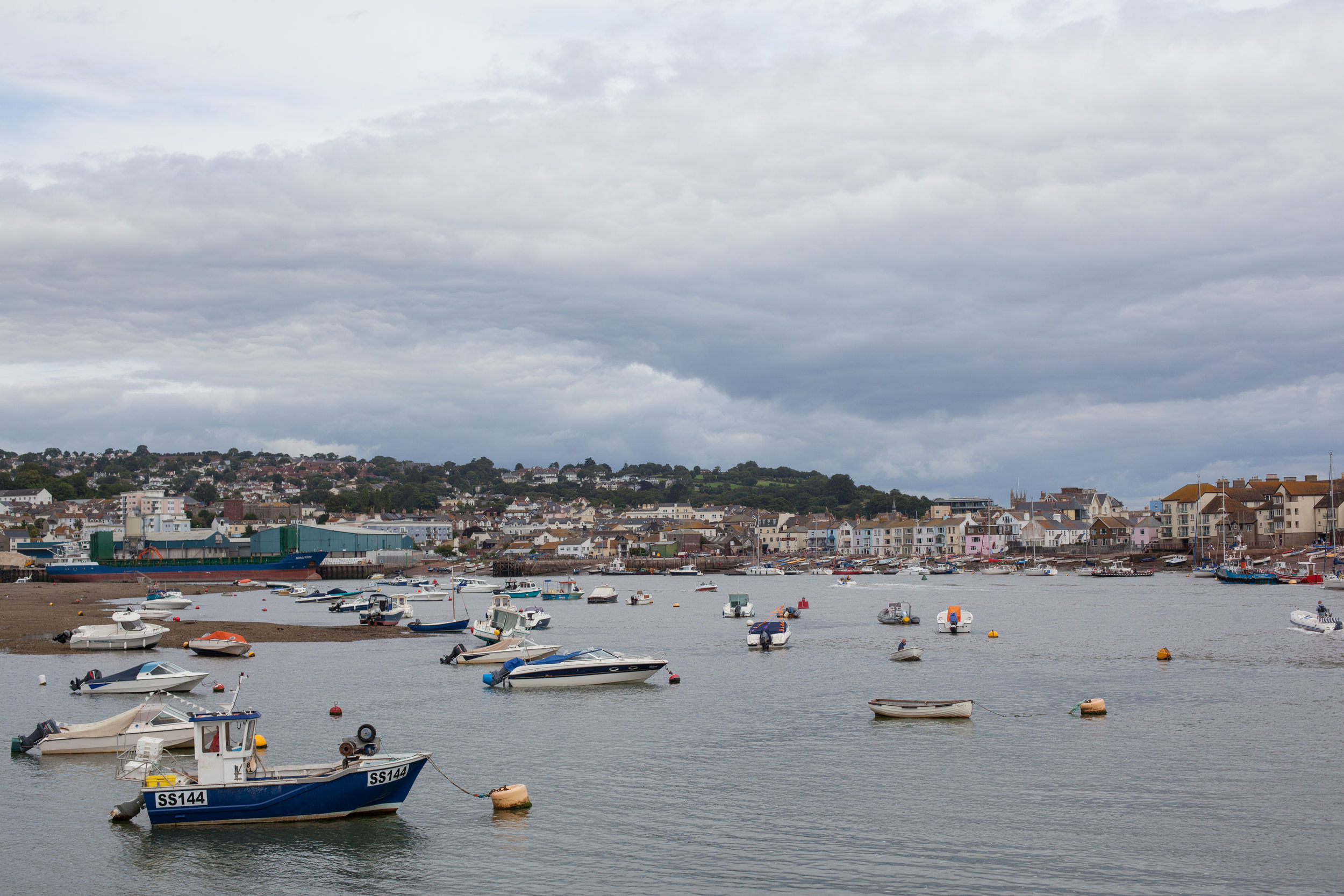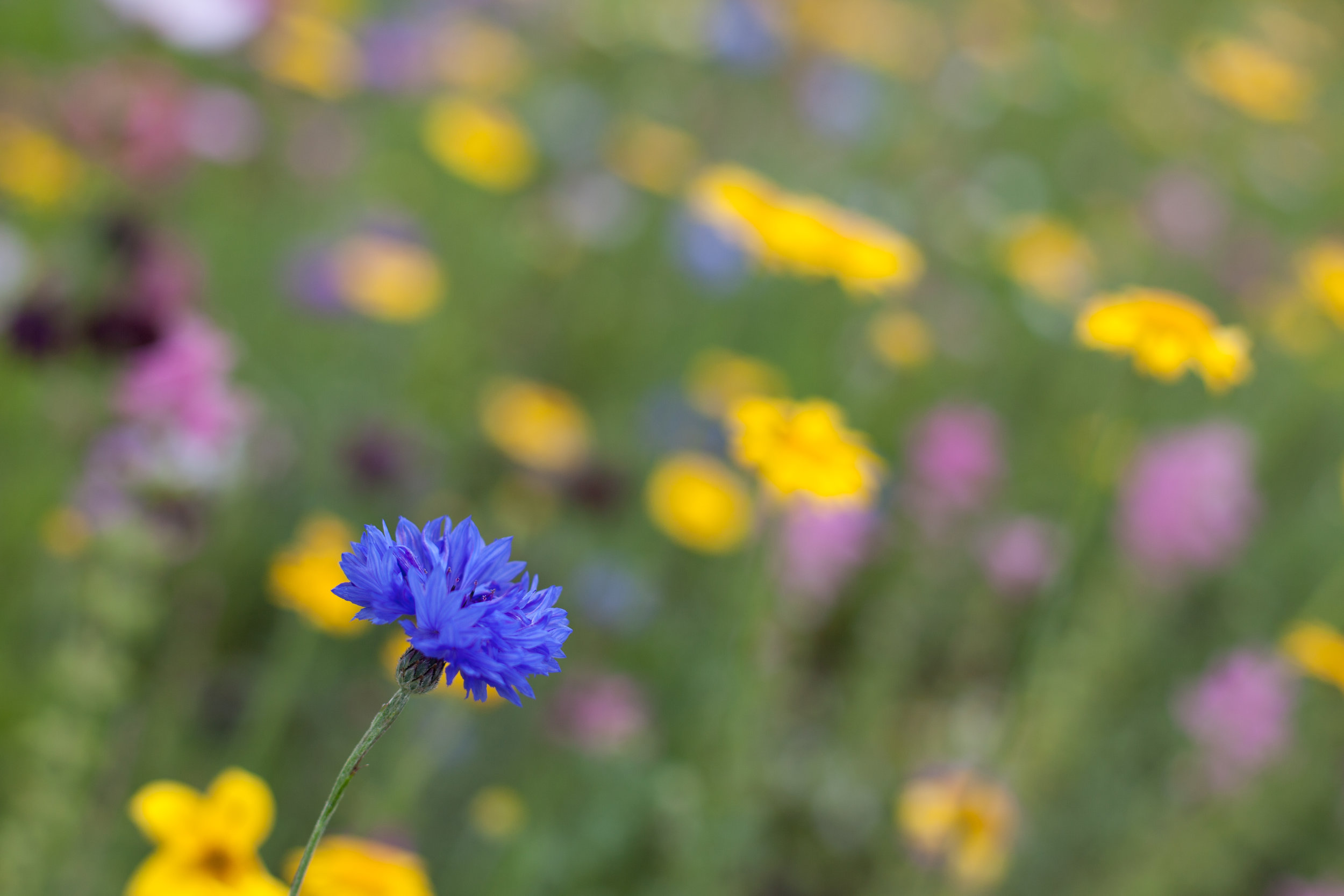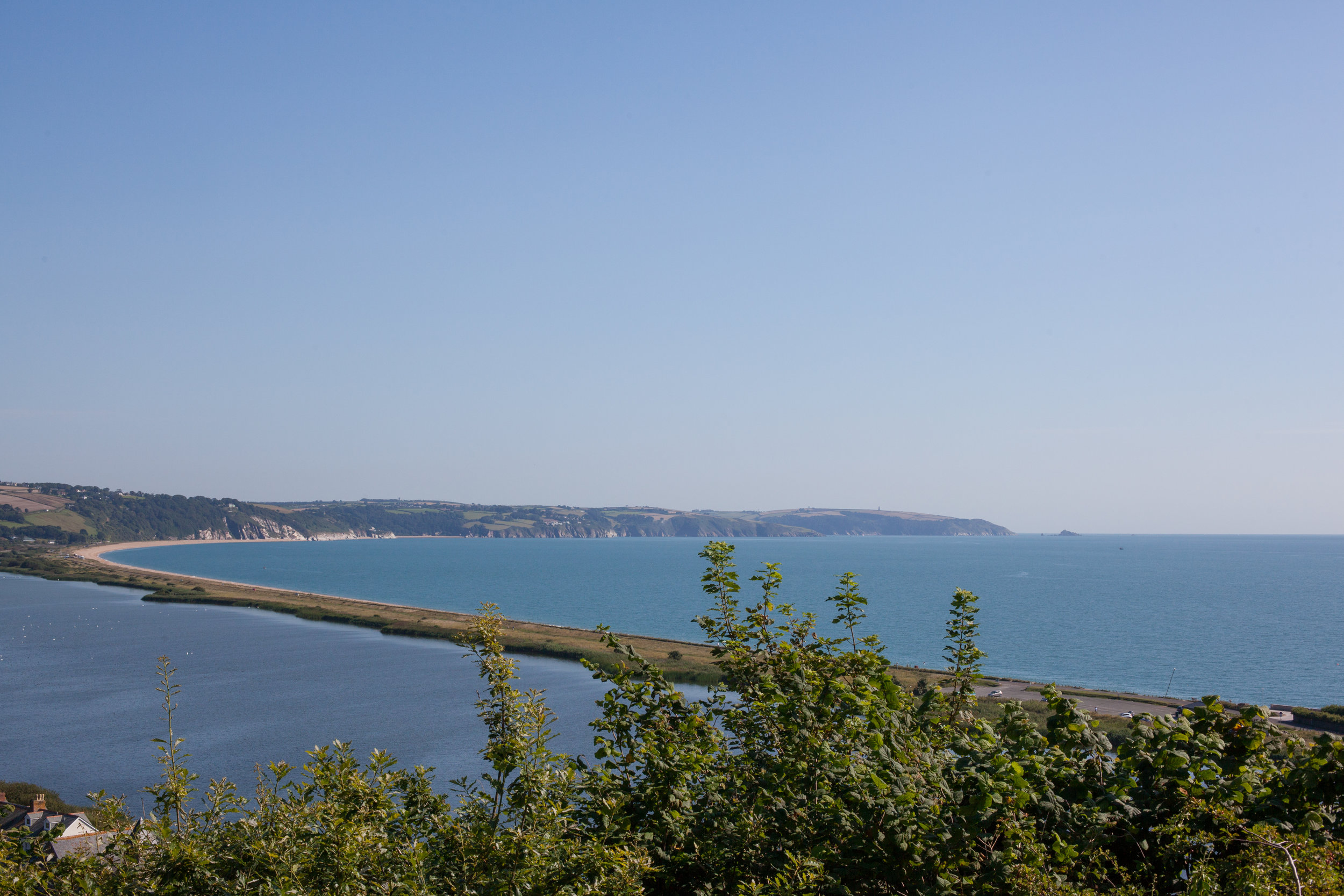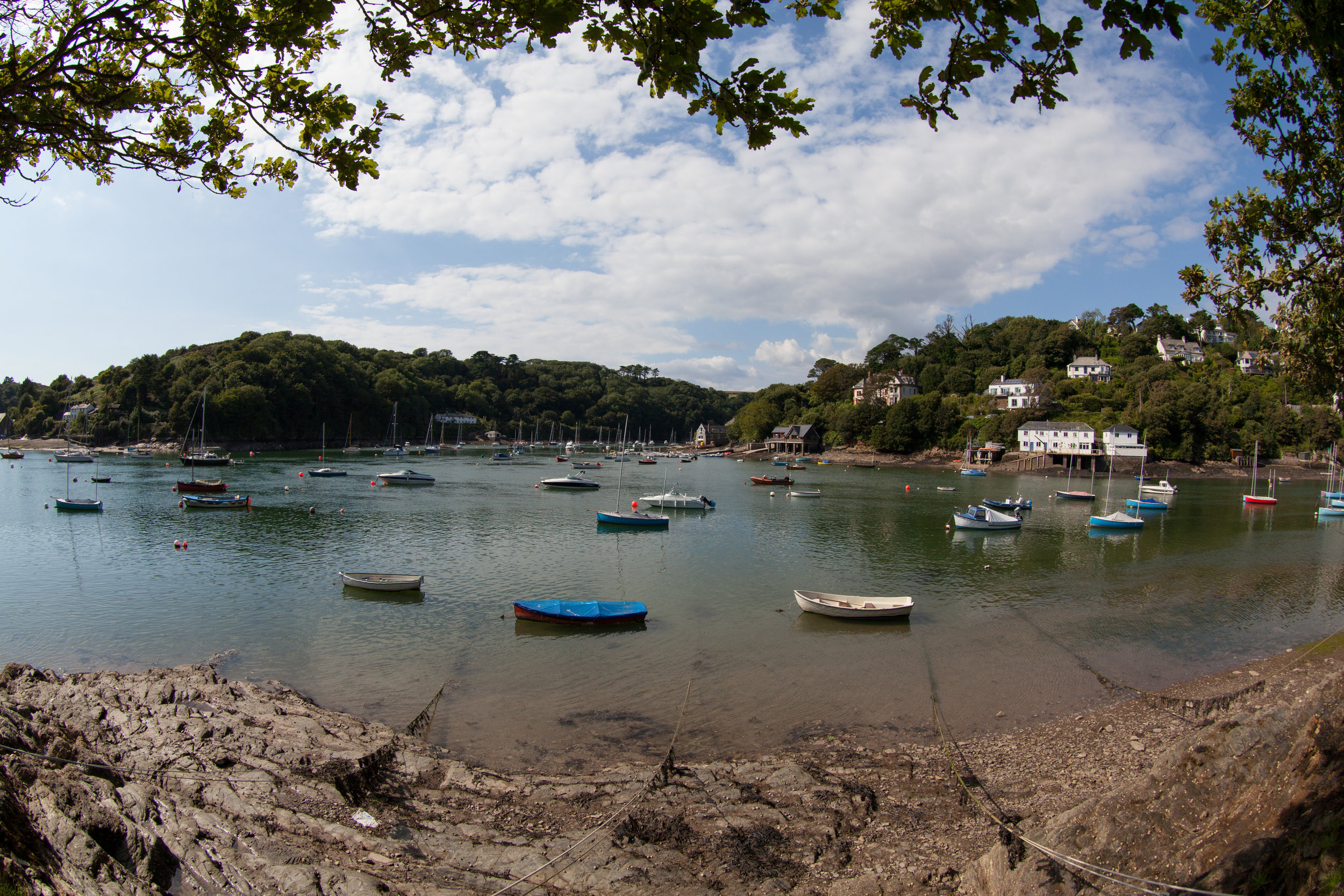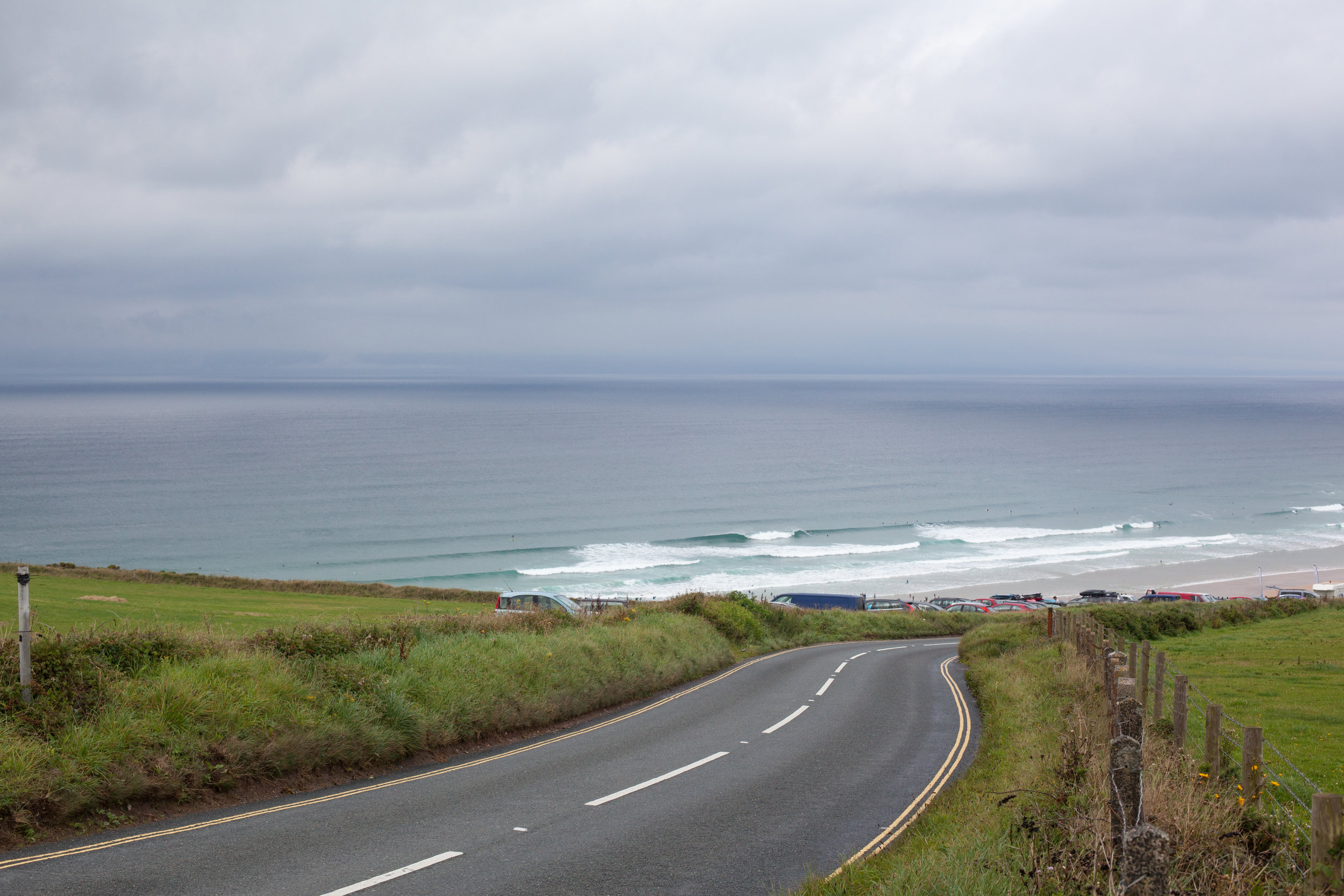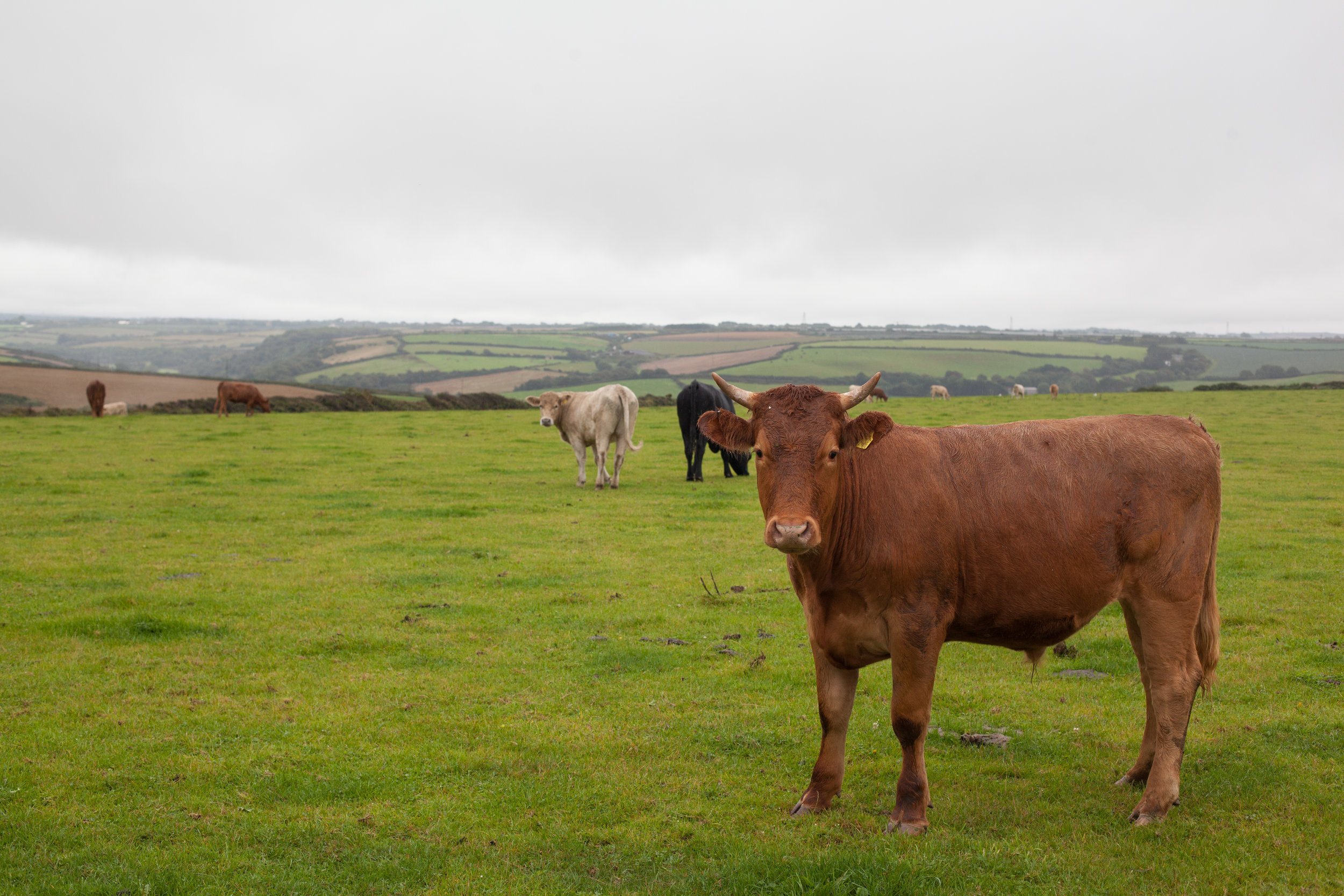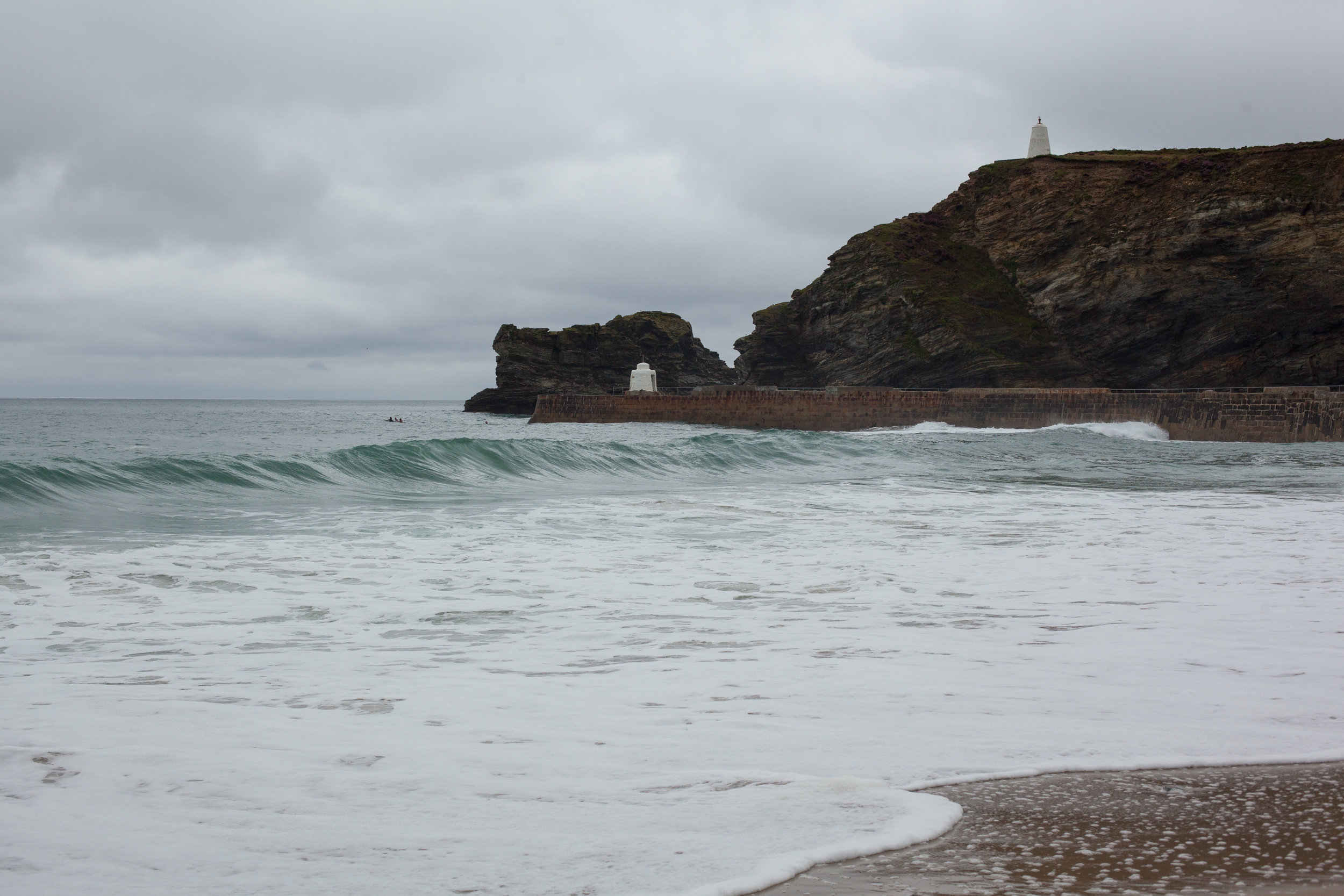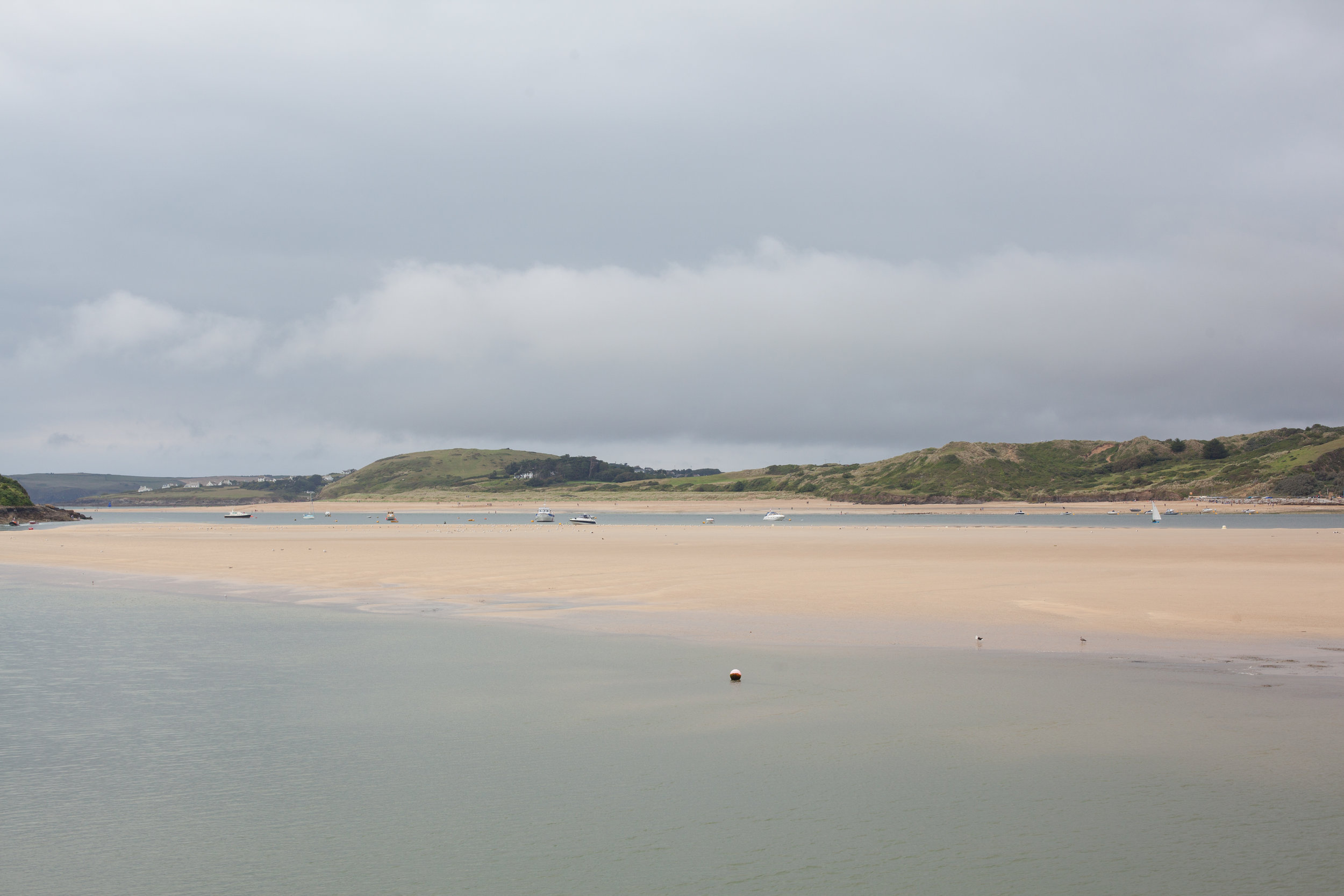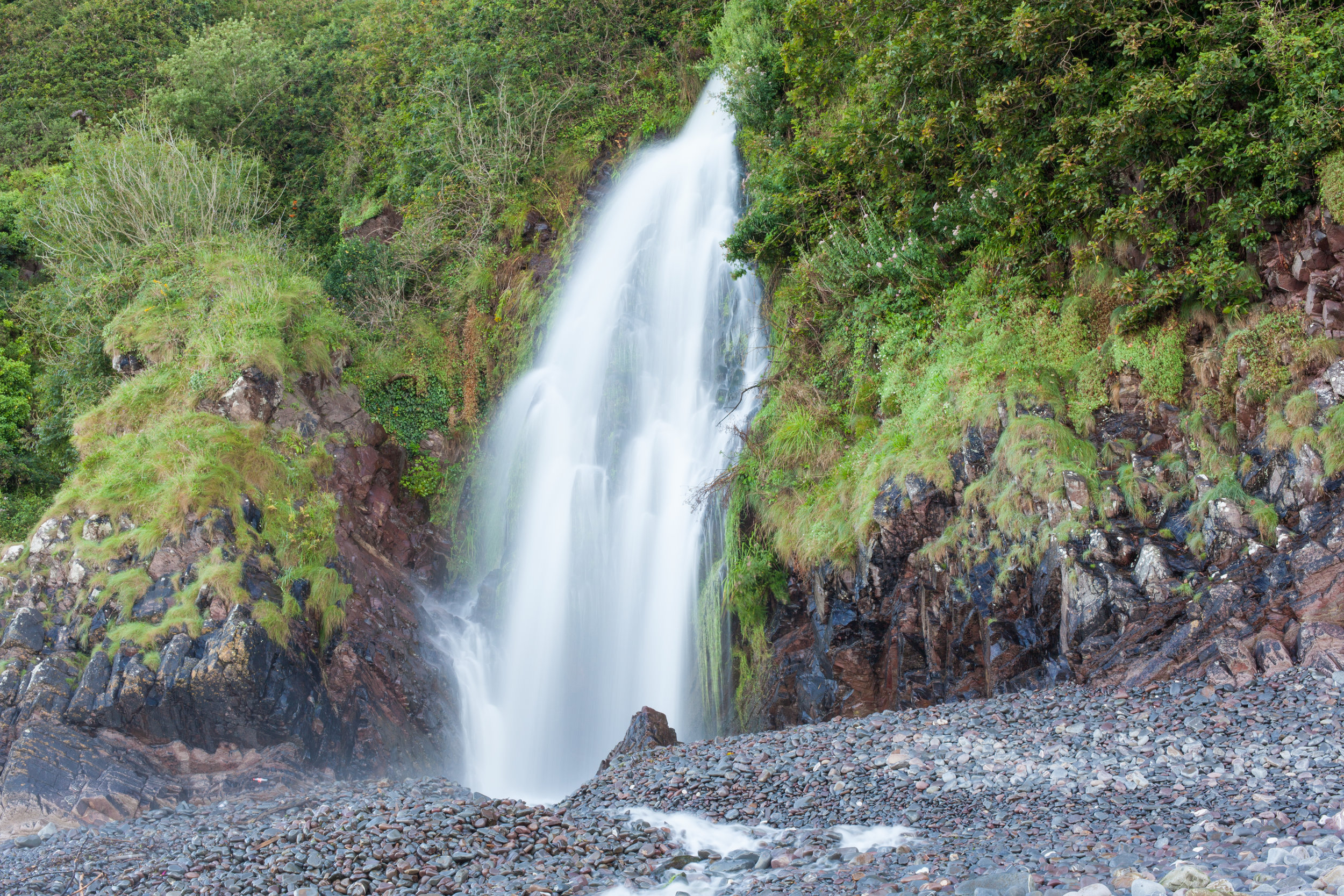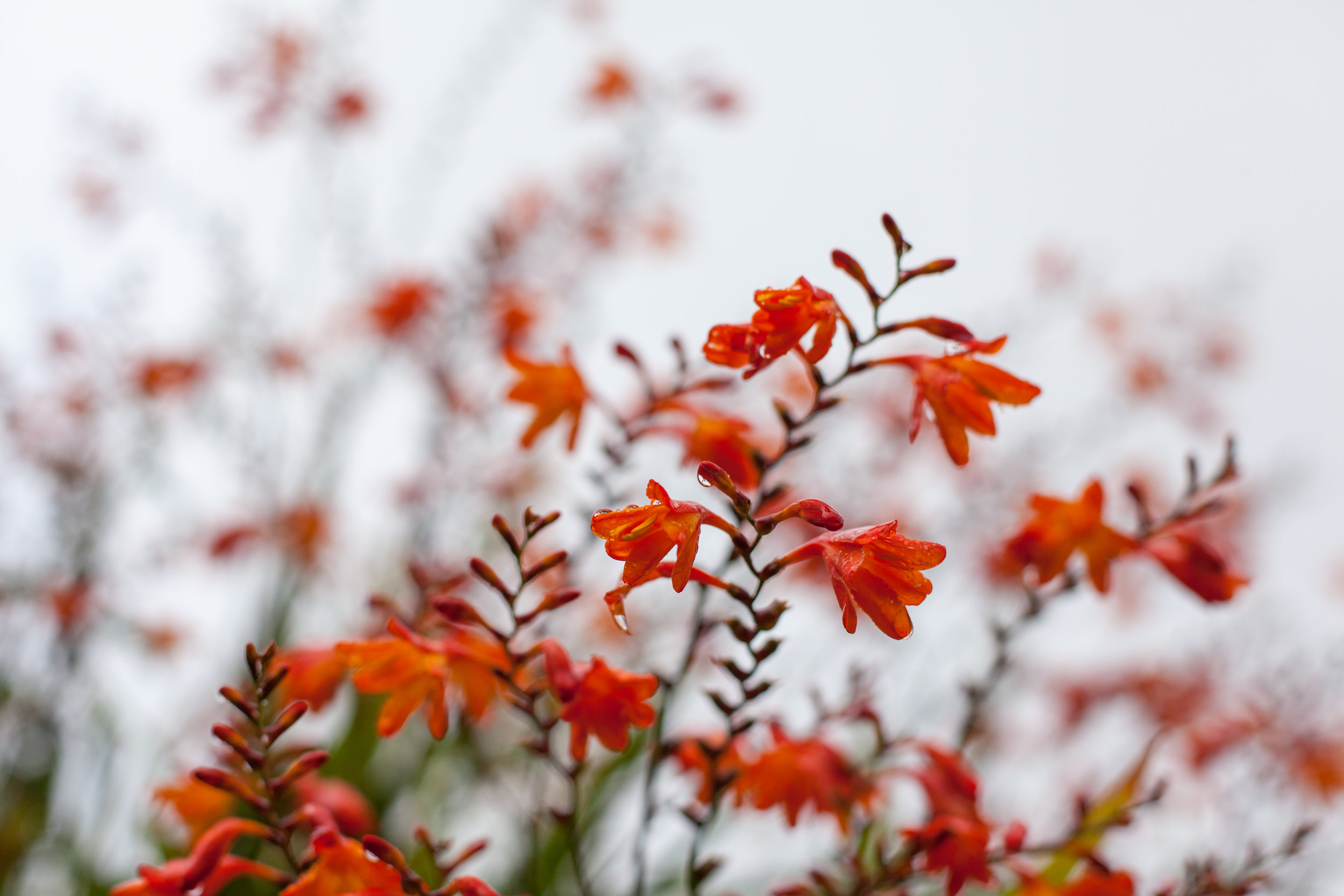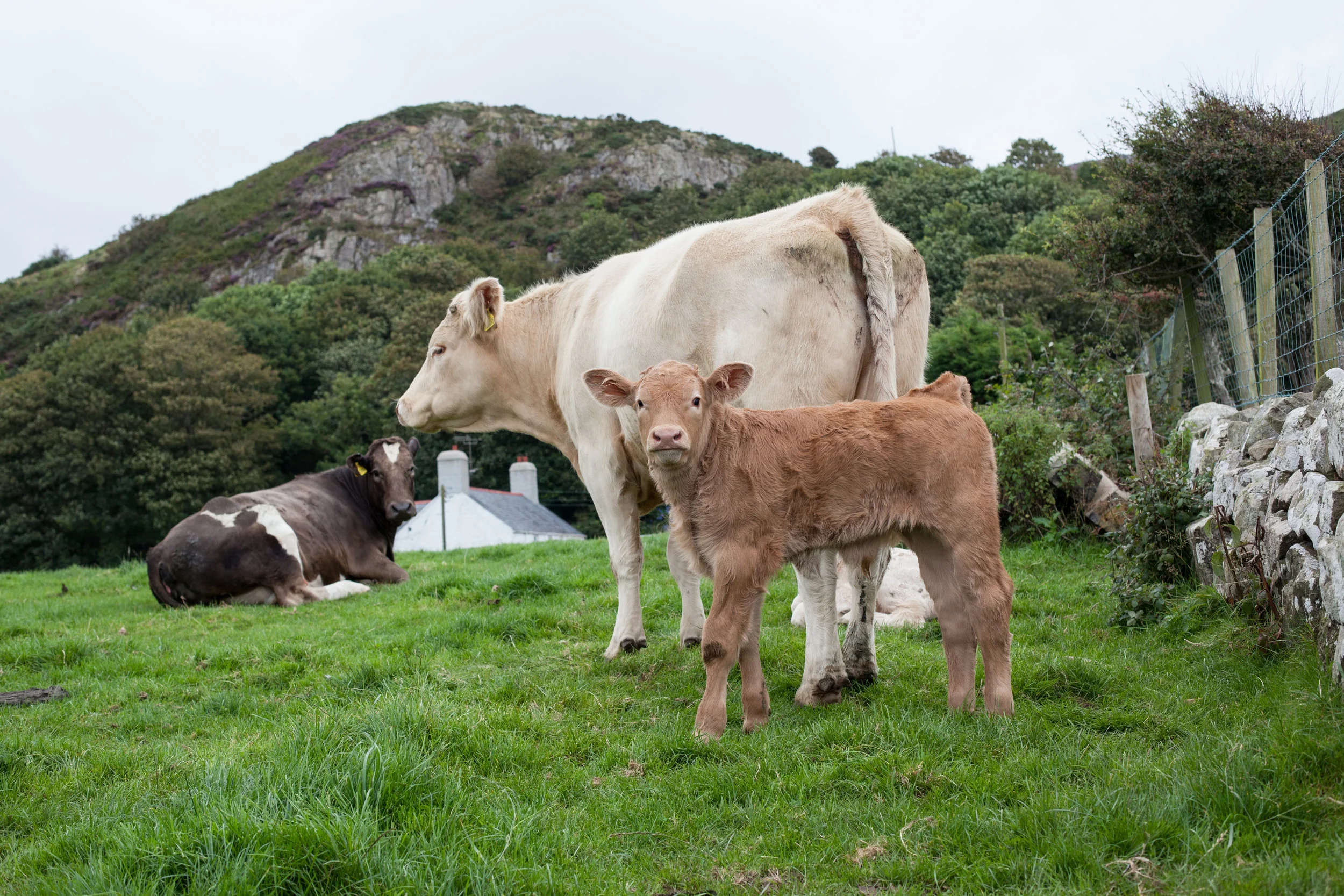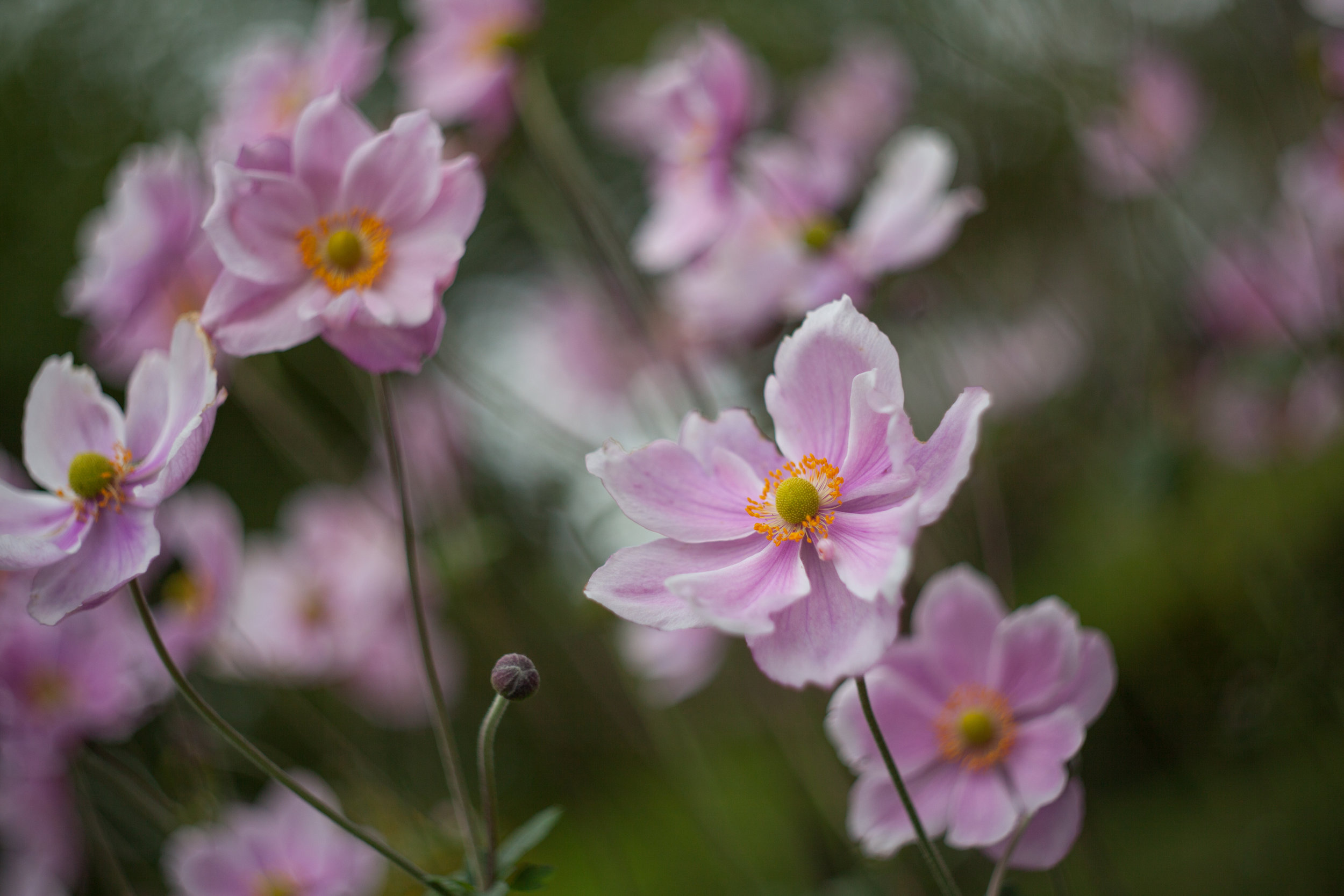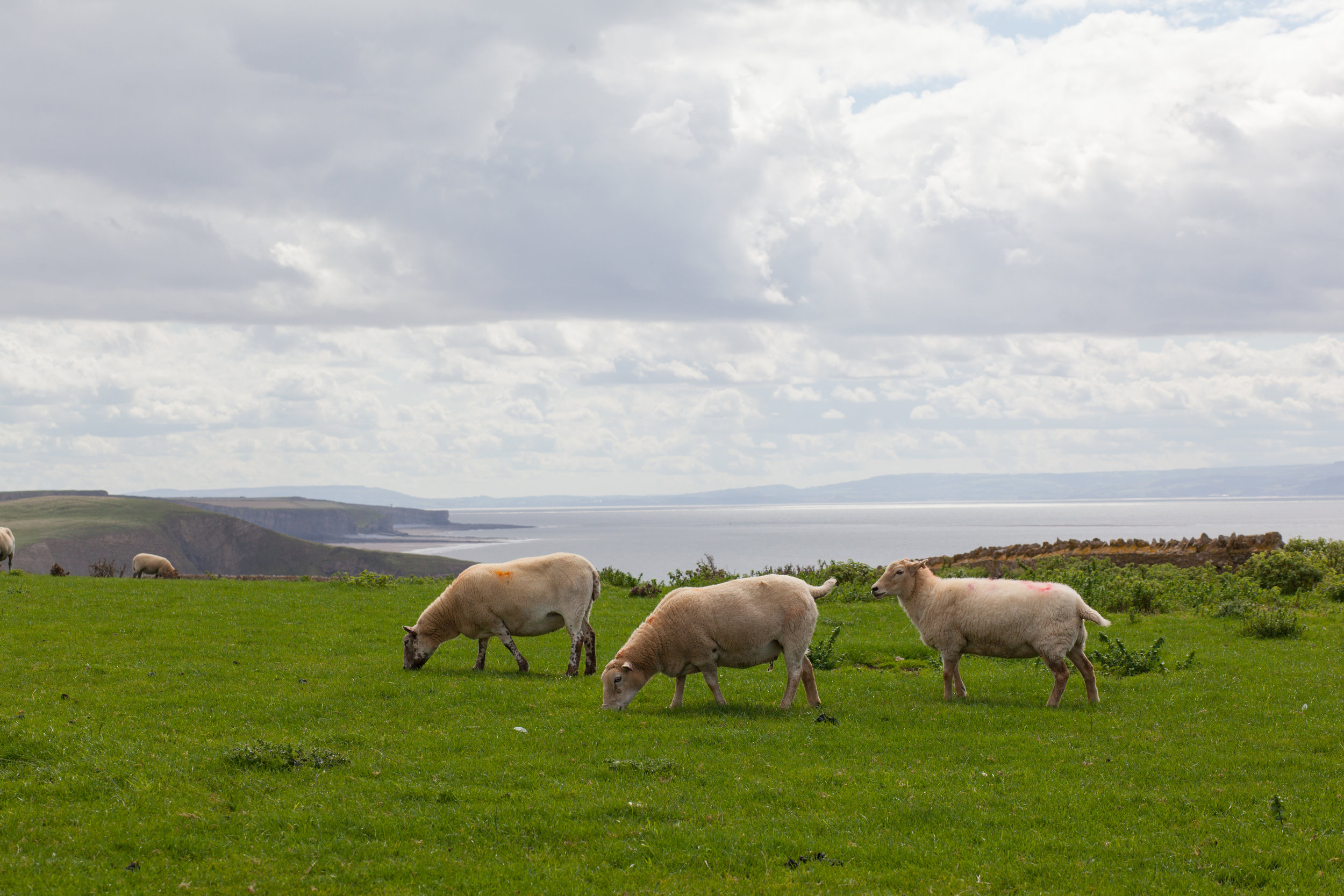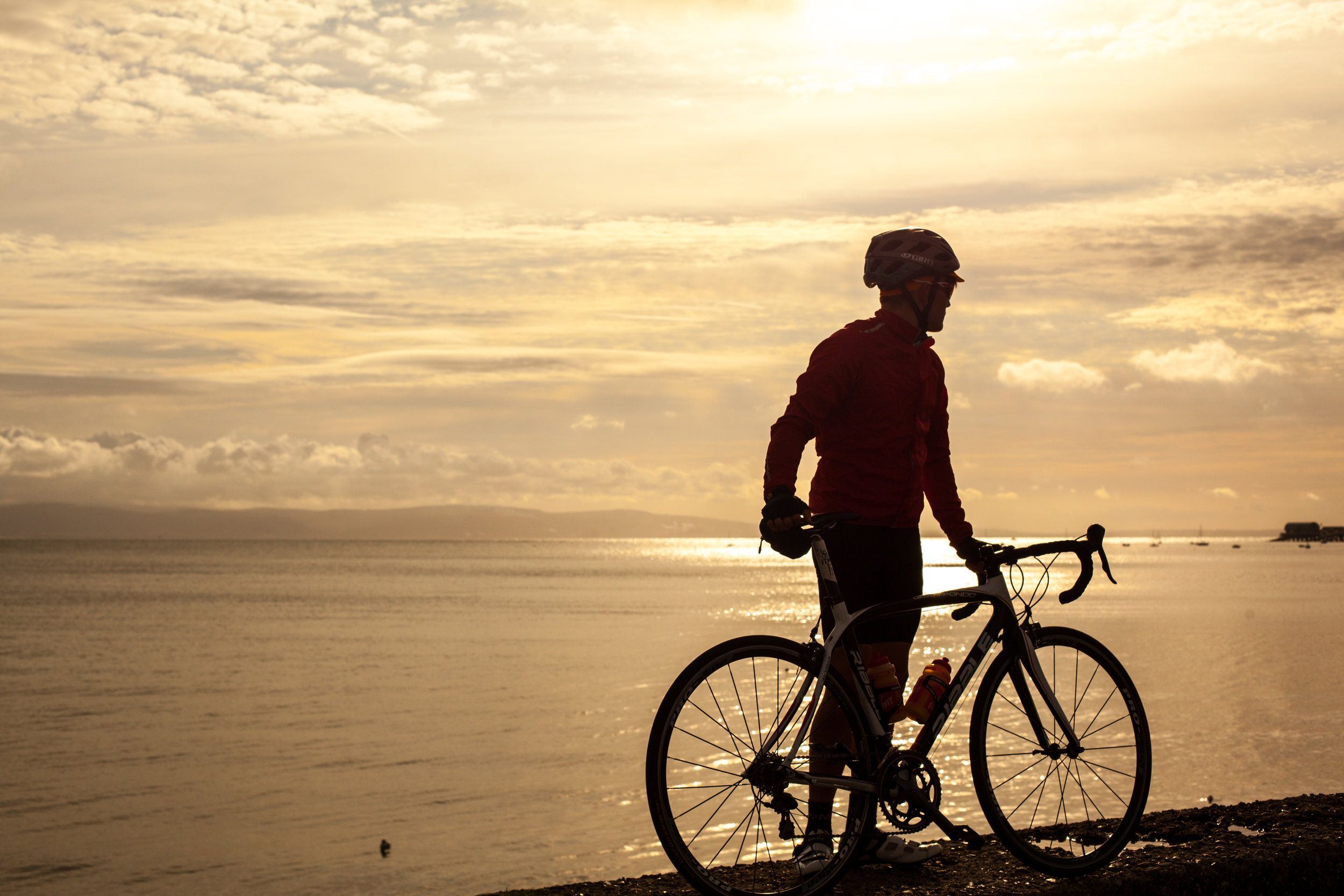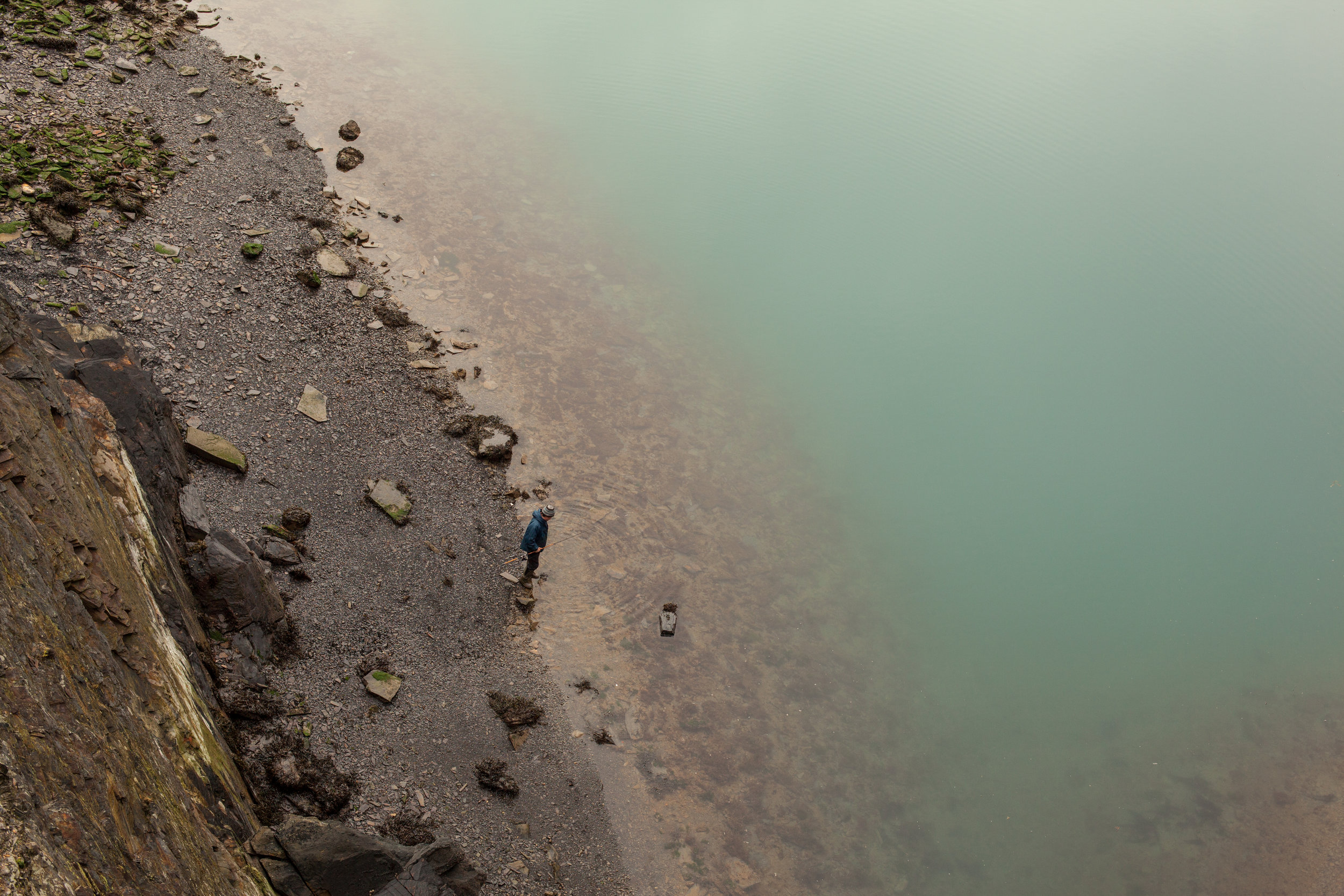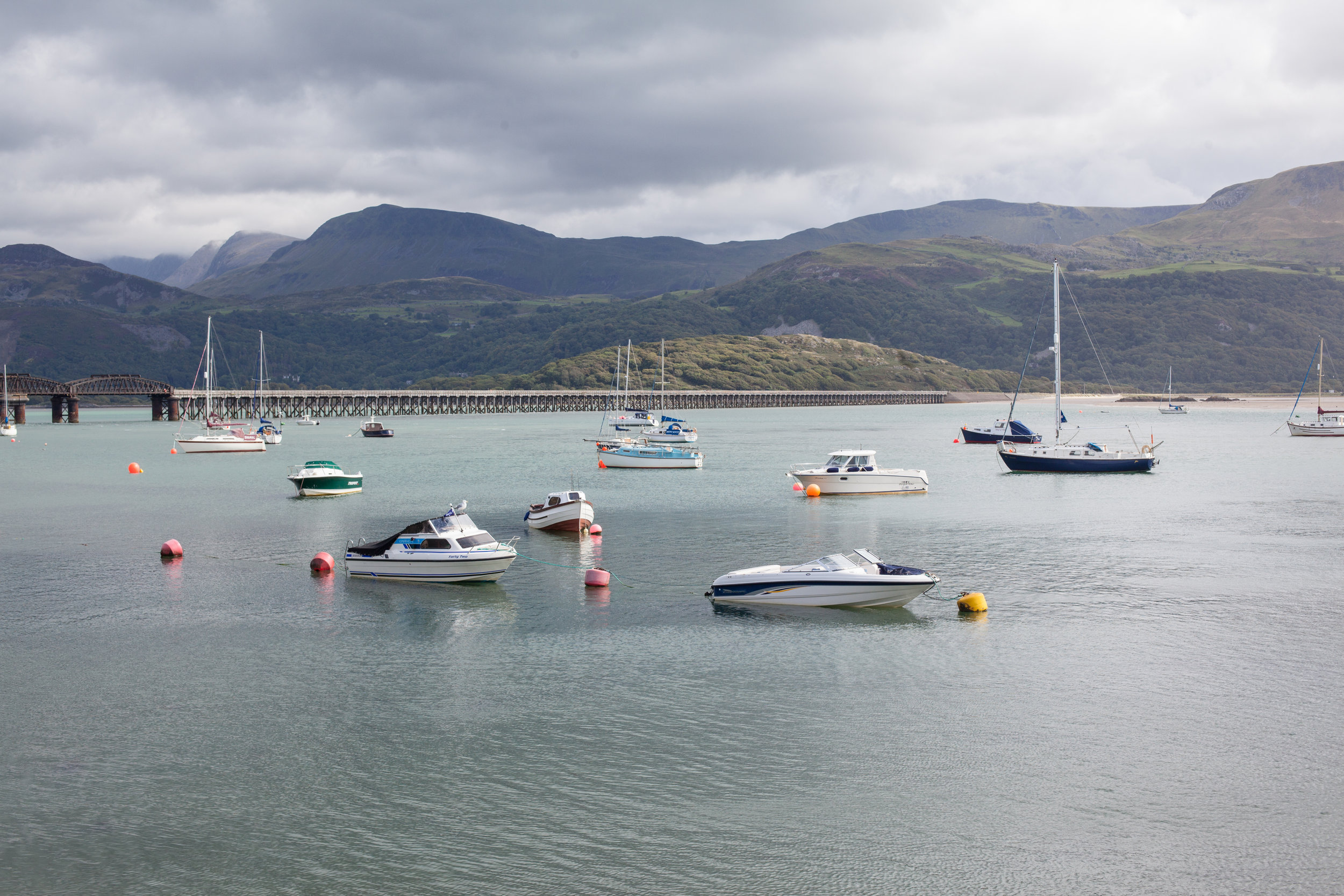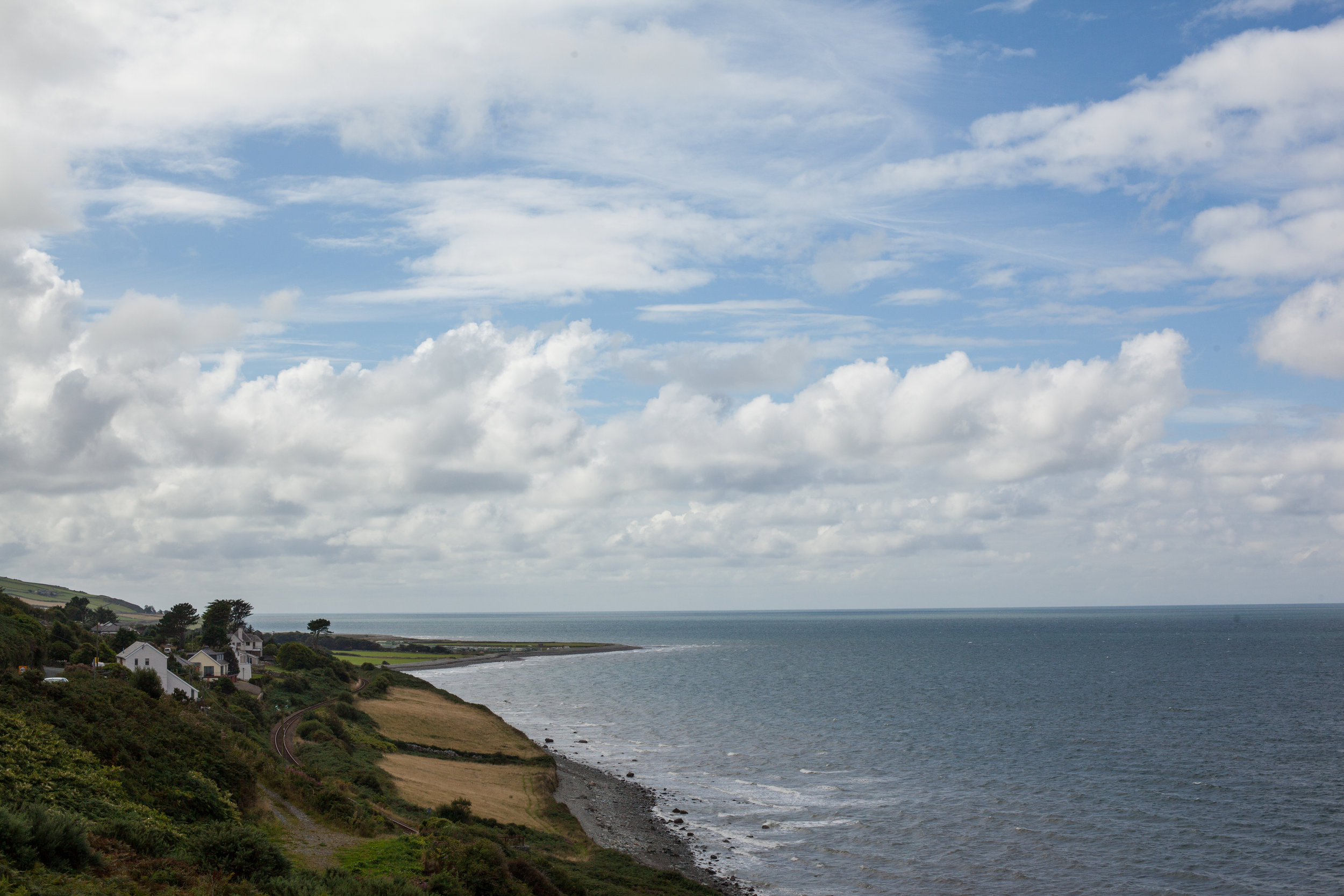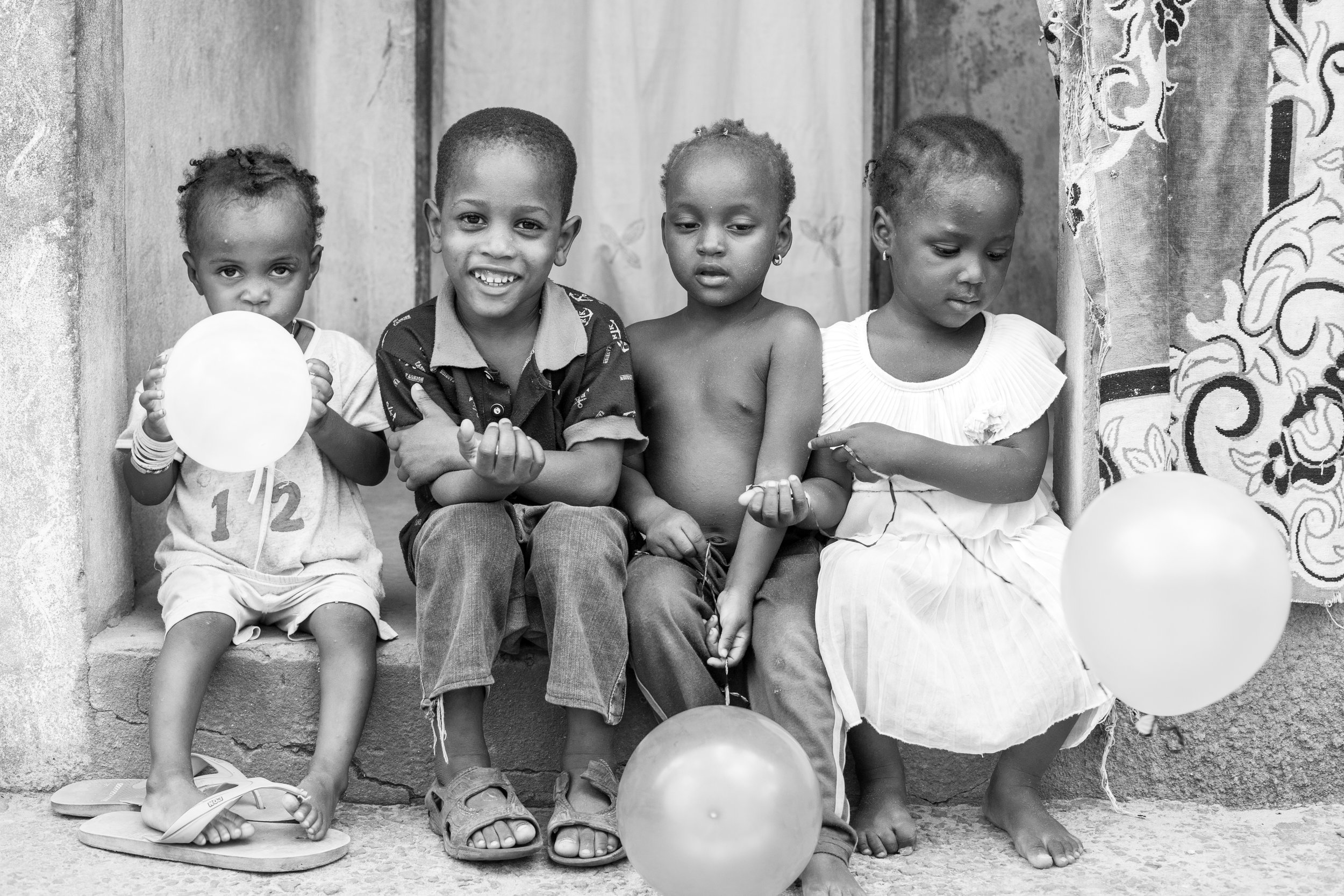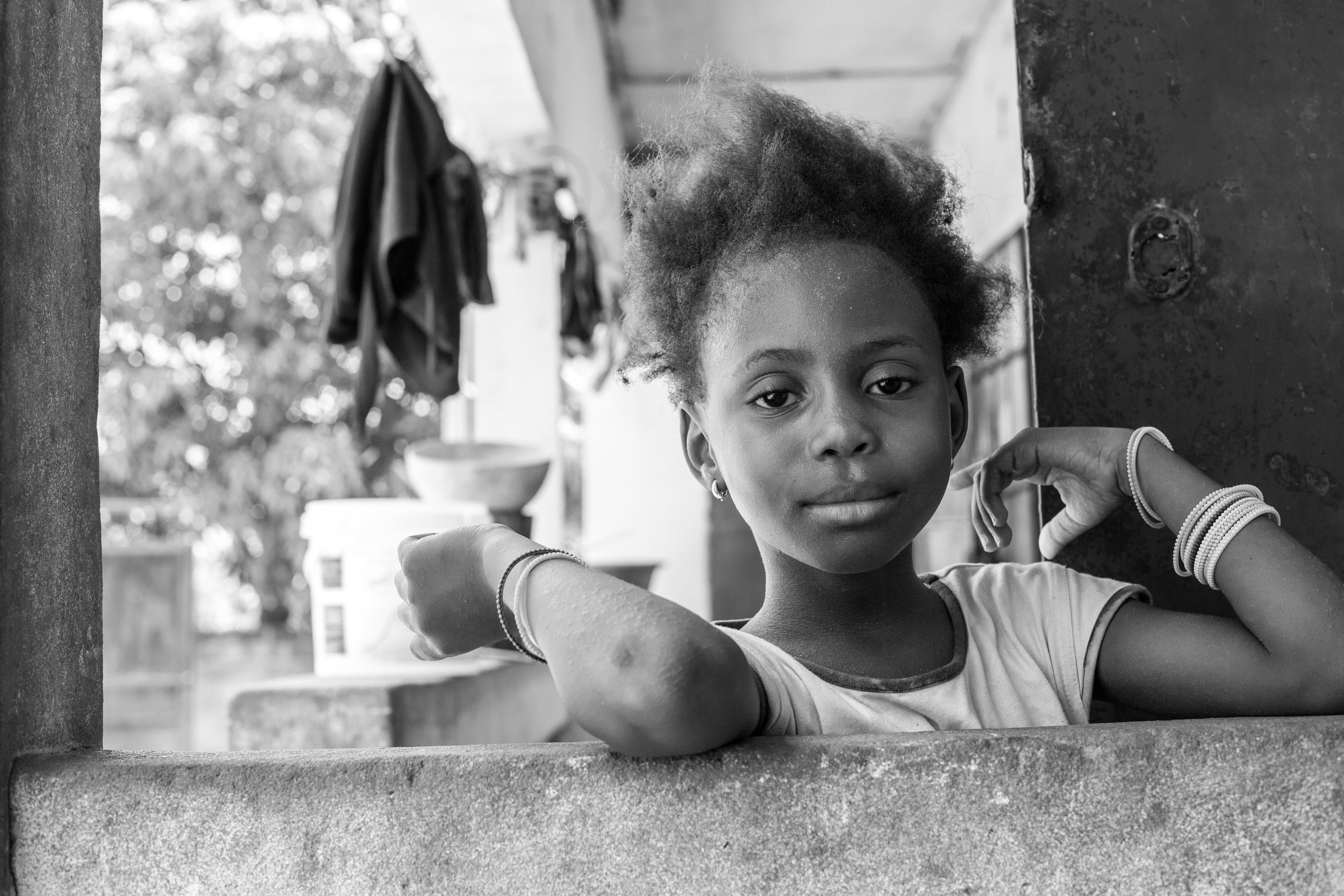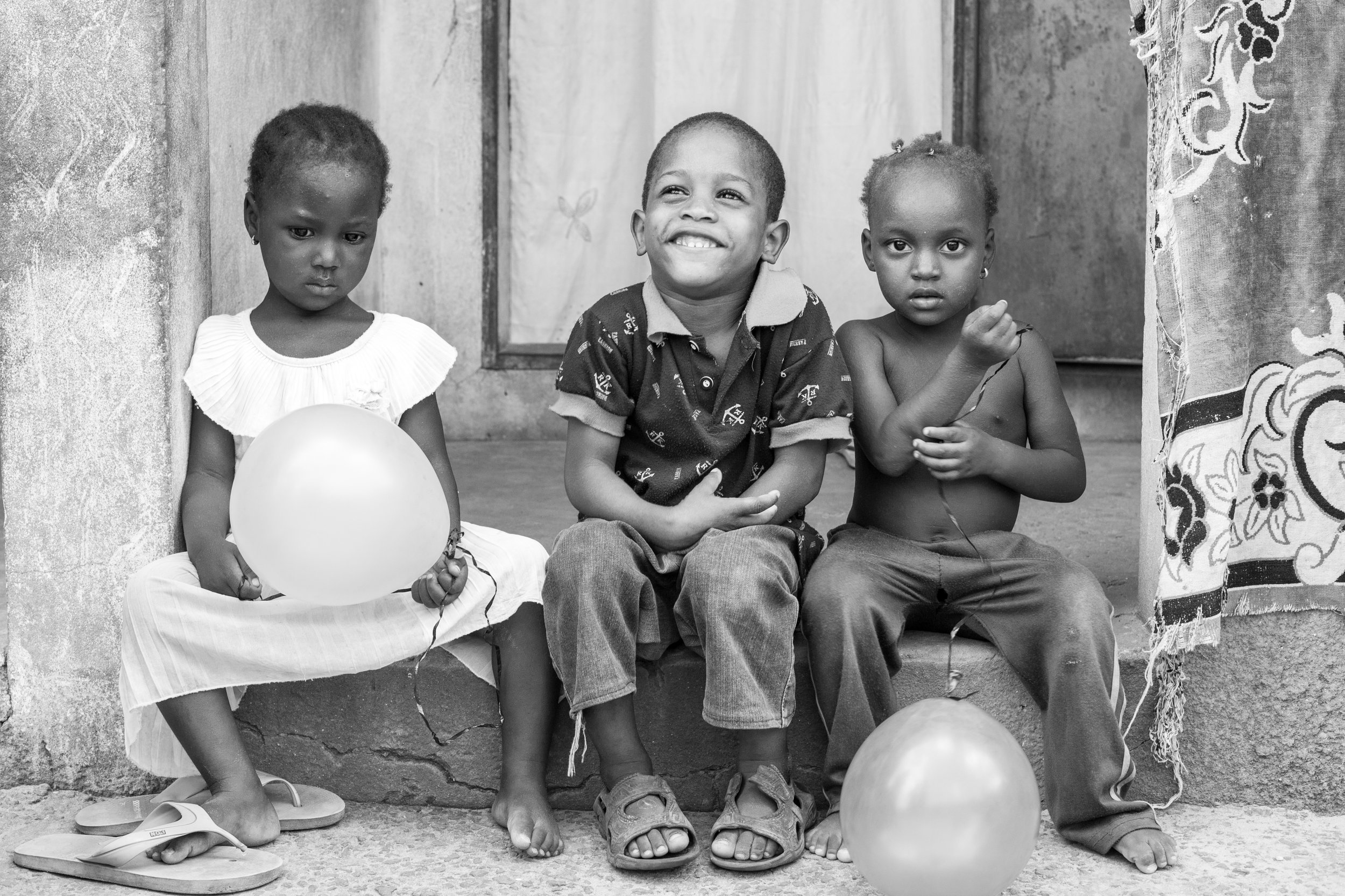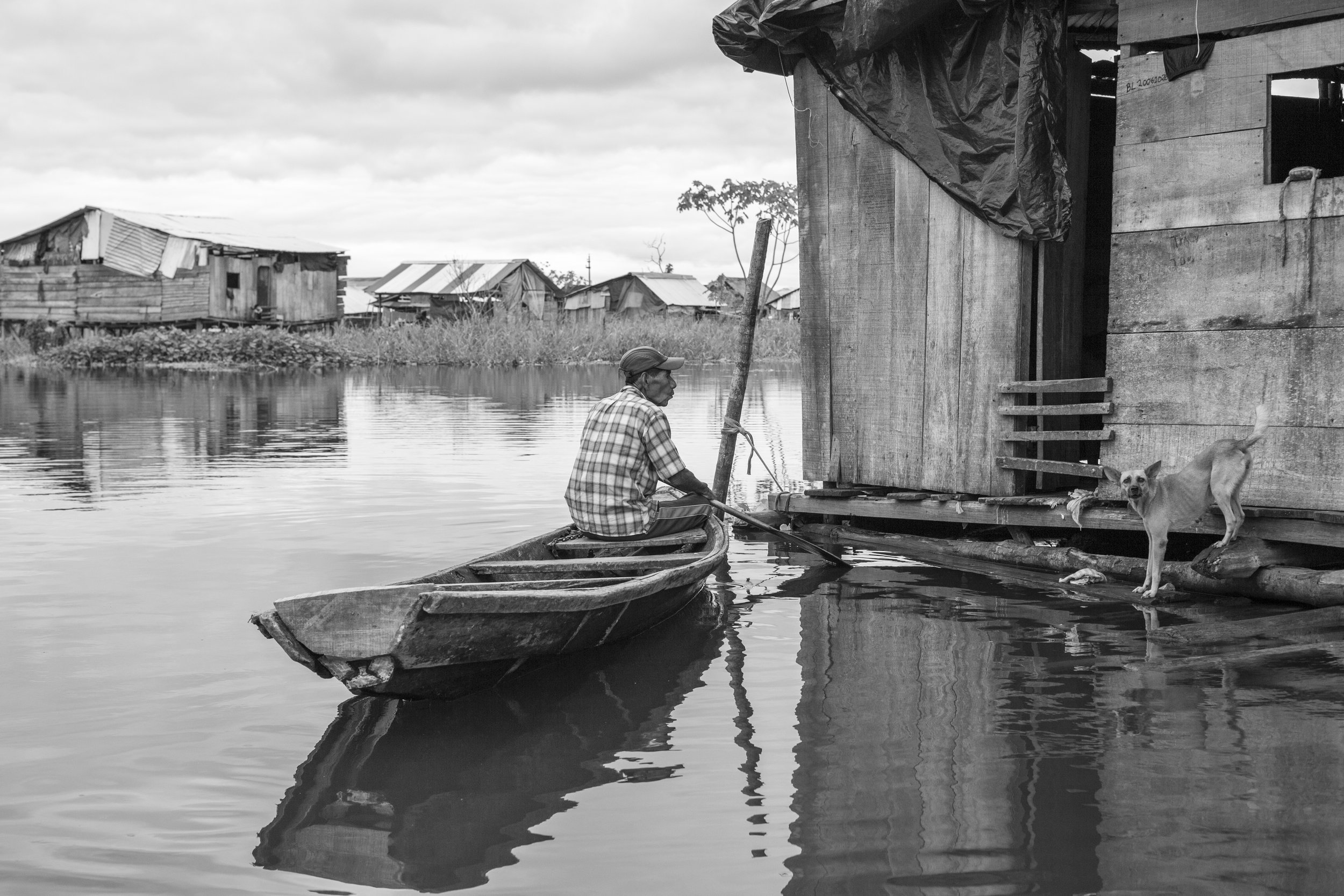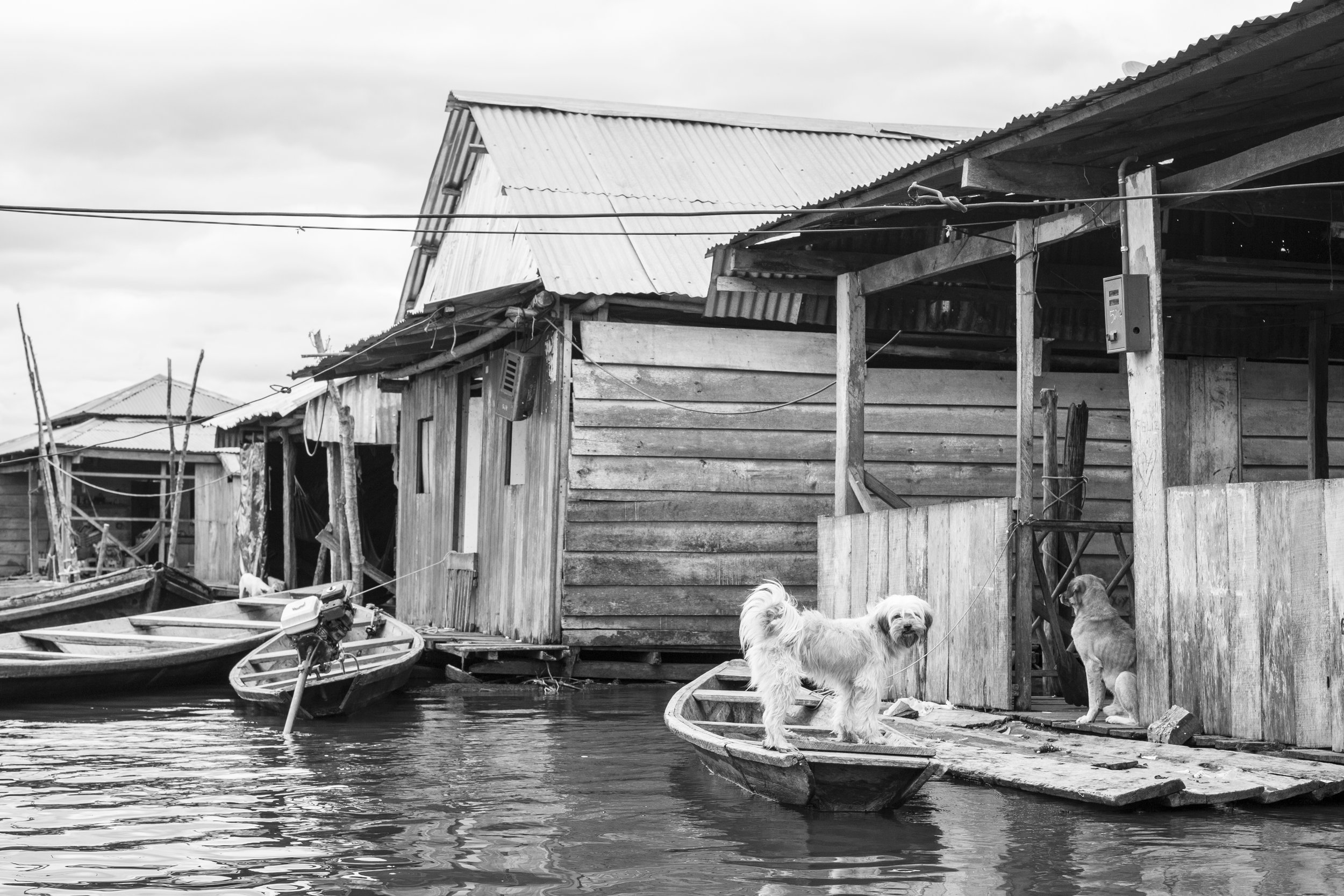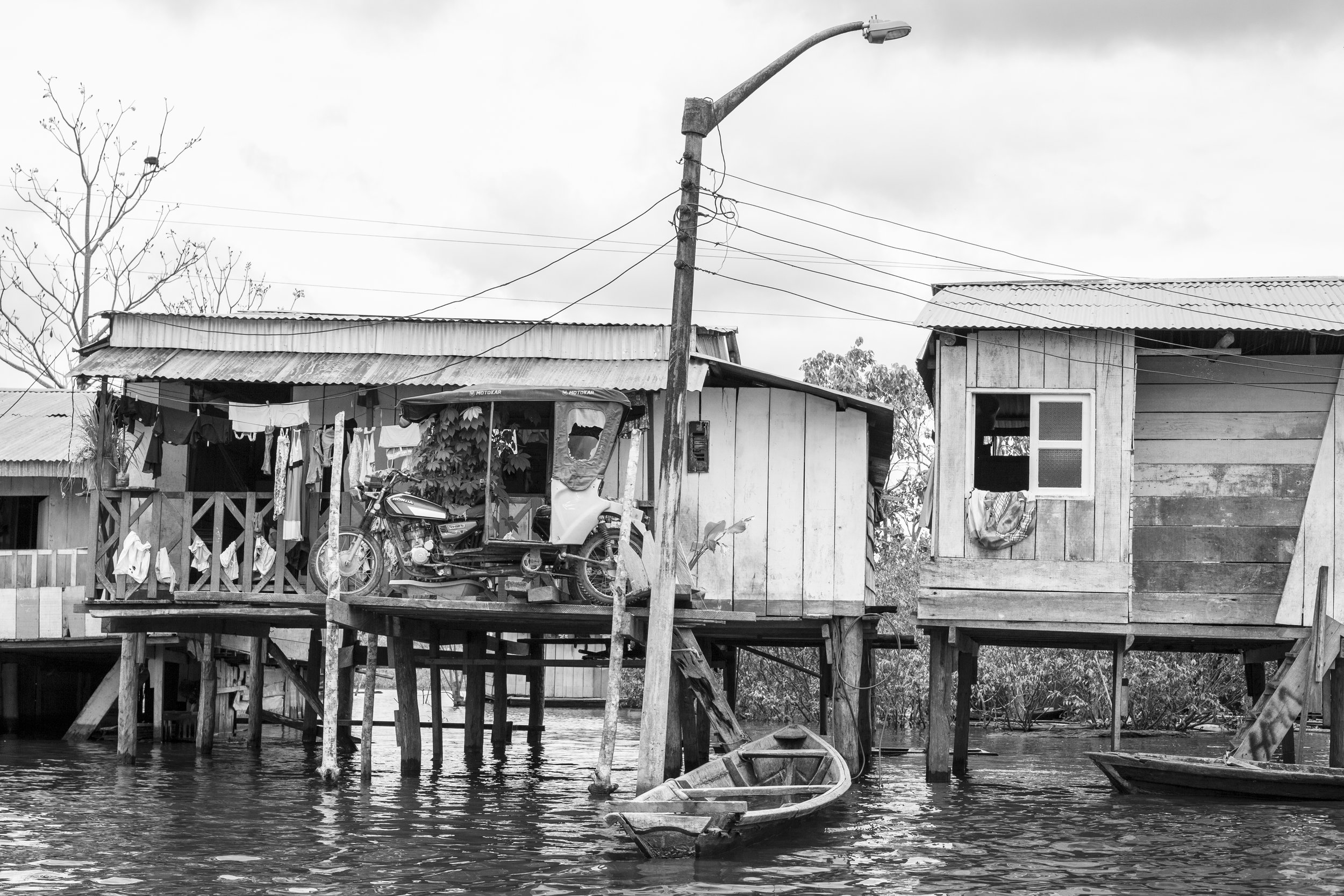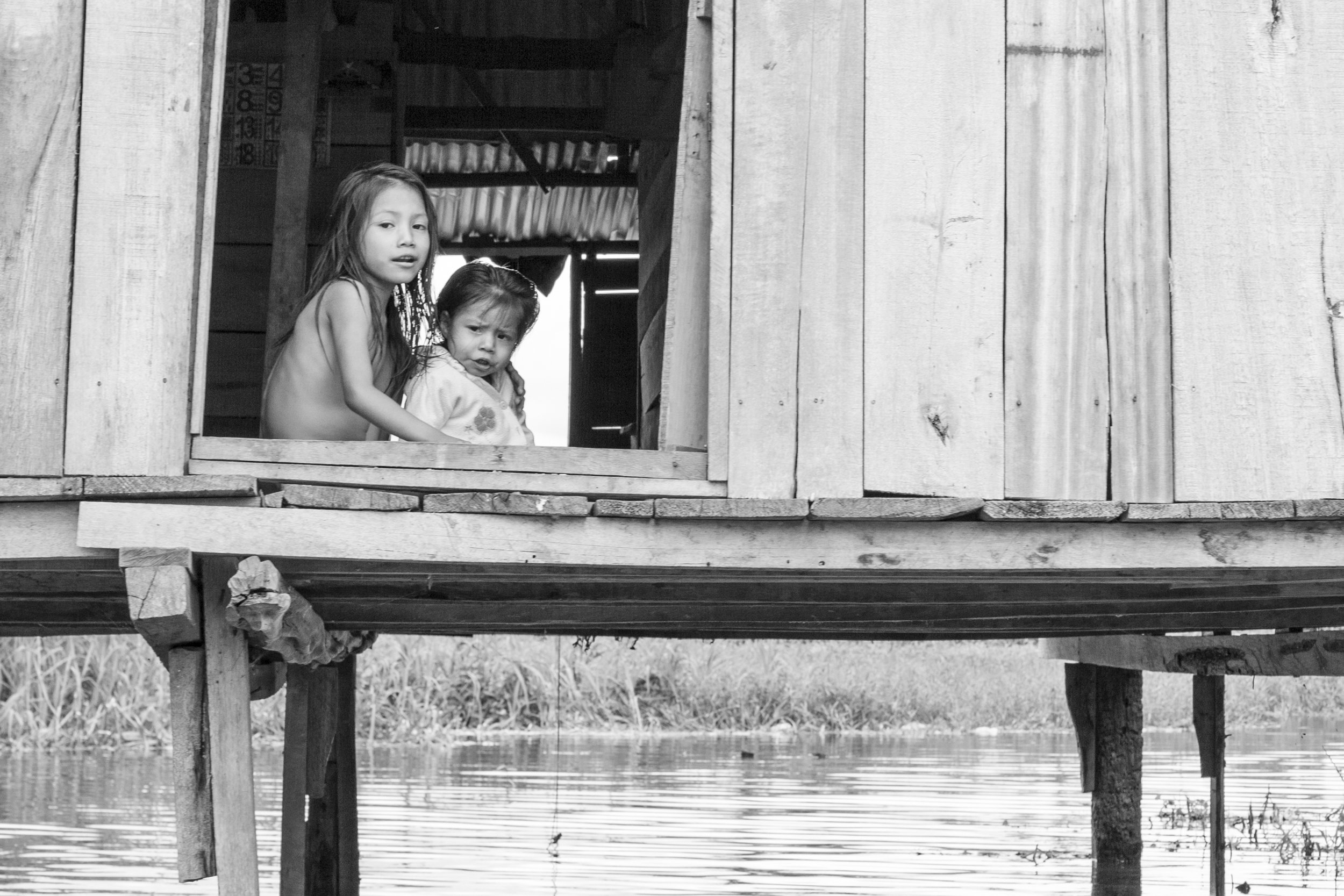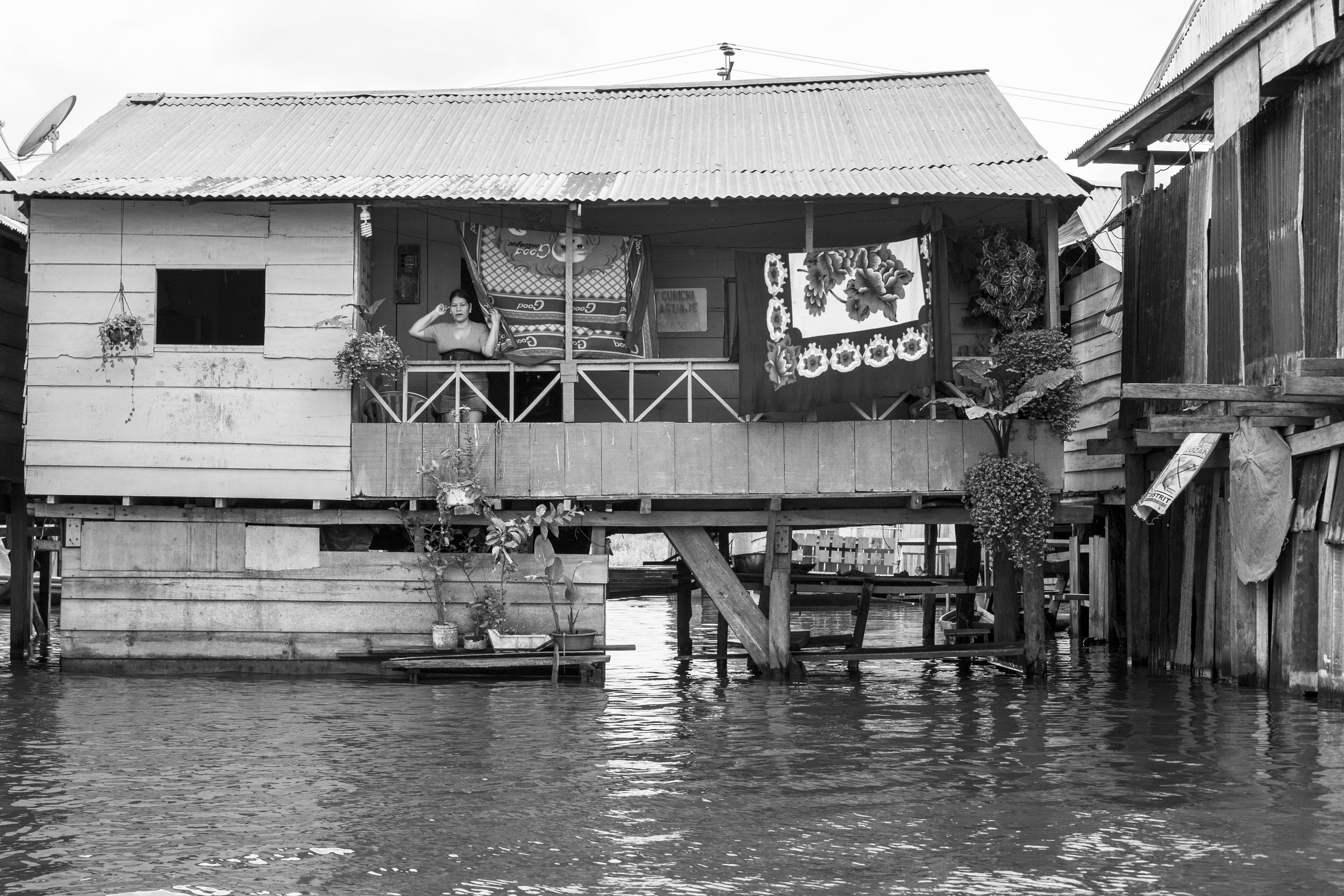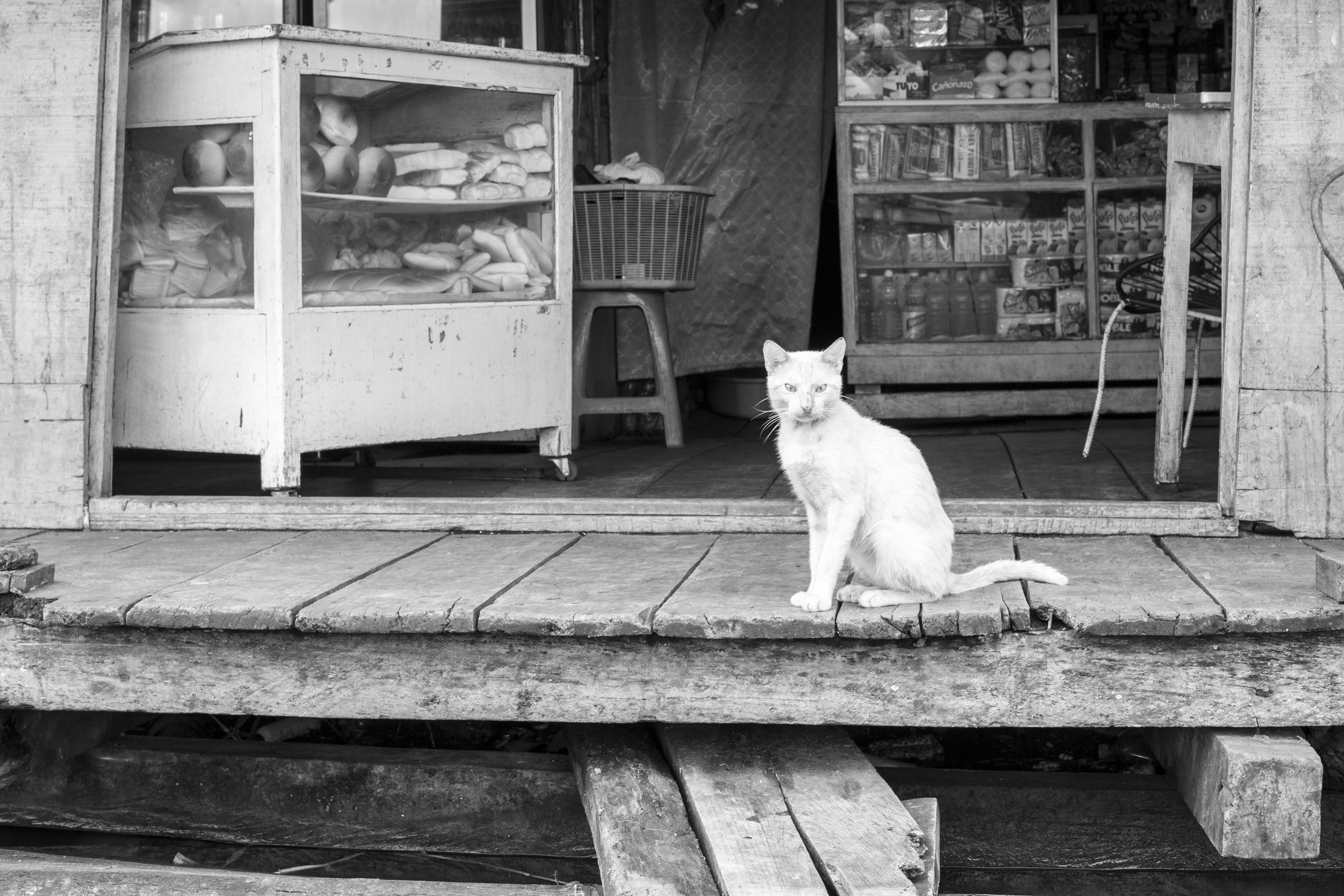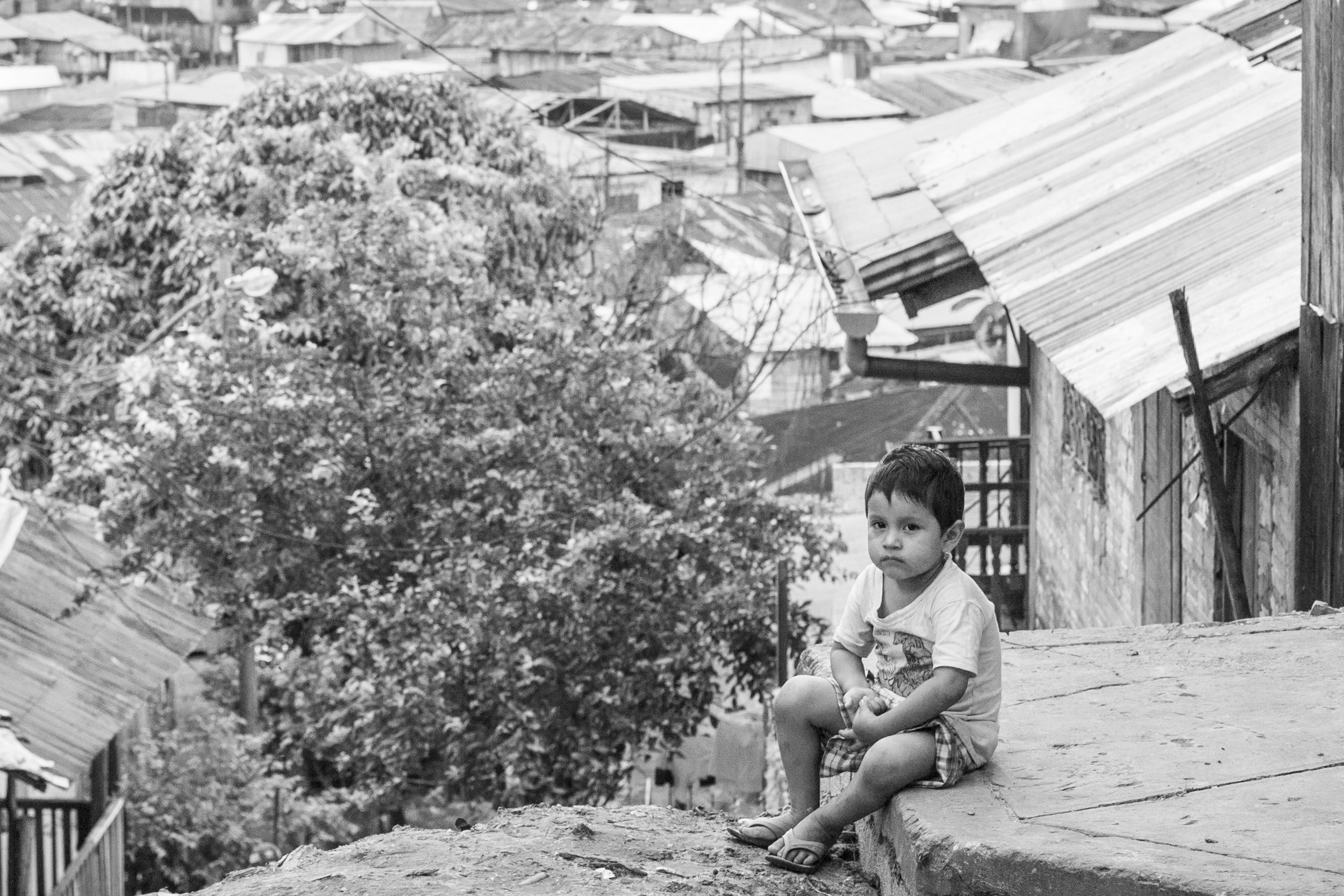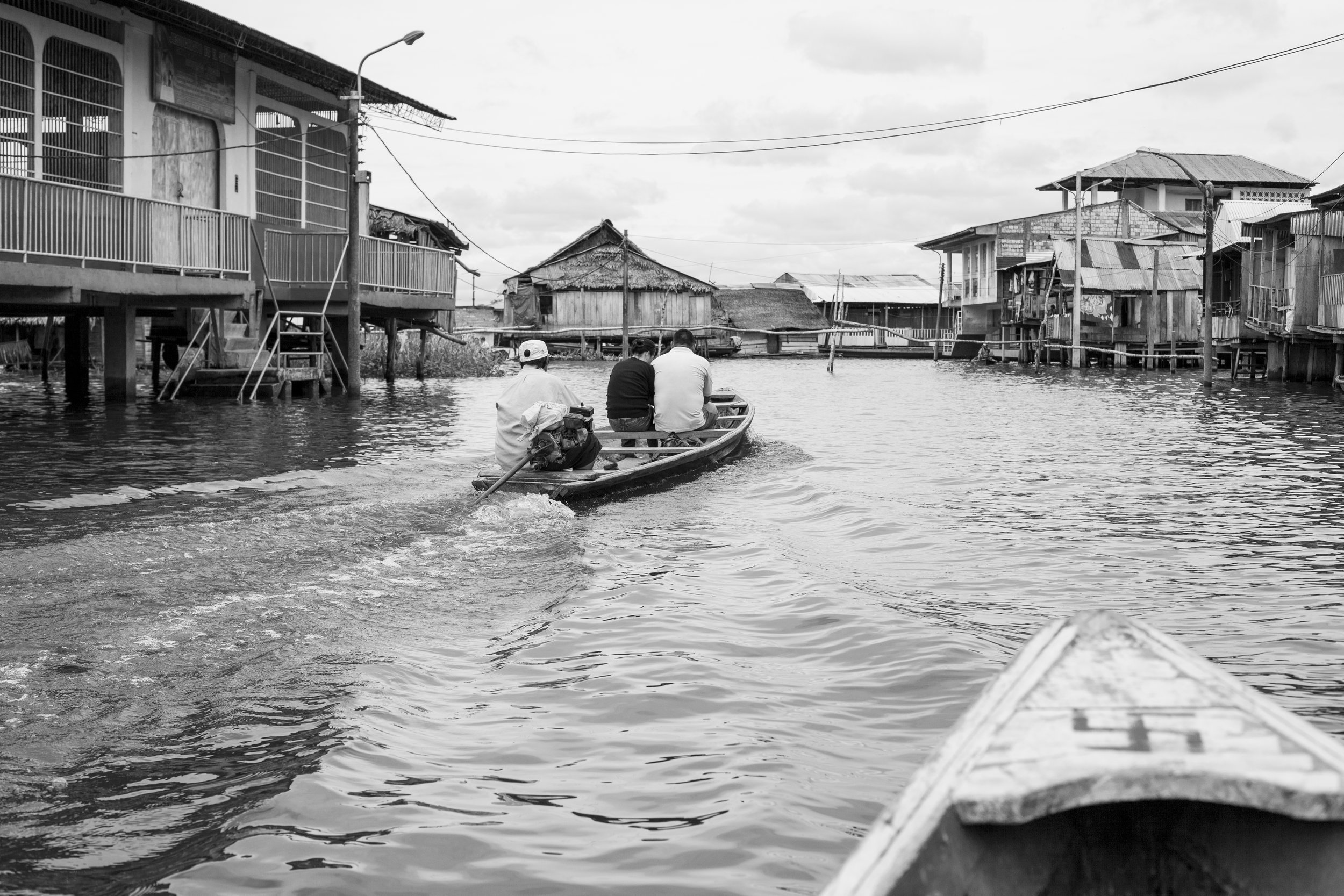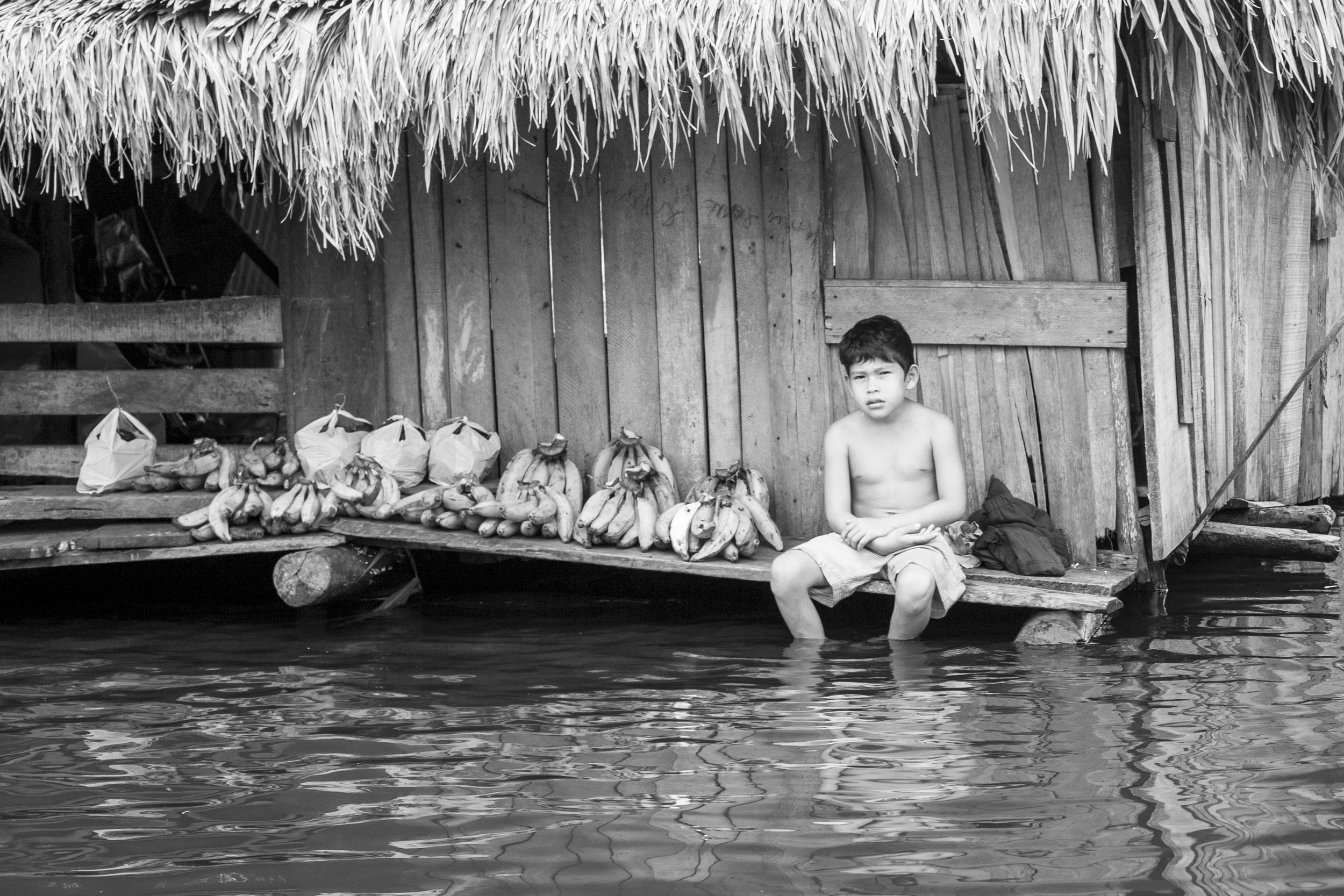For the last few months I have been in lockdown in Mexico City due to the Covid-19 pandemic so have tried to be productive with my time! Fortunately I had travelled there with a couple of old hard drives, so I was able to catch up on editing from the last couple of years. Editing photos whilst travelling is always something I have been a bit slack with. The last thing you want to do while discovering a new place is to be sitting behind your computer screen editing photos for hours. During my six month trip around India last year I was constantly on the move and therefore had thousands of photos that still required editing.
In addition, I am now making more of an effort to sell photos via Getty Images. It is therefore even more important that I keep on top of the workflow with regards to editing, uploading and key wording to the Getty site. In the last few months alone I have increased my Getty portfolio by several thousand images, whether or not that will equate to anything substantial income wise is yet to be seen in these crazy times. At the least it allowed me to focus on something during the quiet times, improve my editing skills on Lightroom, manage my travel images in a better way, and enter some more photo competitions. Last year I was lucky enough to go on an all expense paid trip to Hong Kong and Macau after winning a travel photography competition in the Wanderlust Travel Magazine.
Photo Competitions
The majority of photo competitions that I have entered in the past tend to be travel related, although on occasion they have also been of street photography or portraiture. I recently entered another travel related photography competition for the cover of SUITCASE magazine. The theme of the competition was ‘Freedom’ and SUITCASE were allowing a great amount of creative freedom in how the photographer interpreted that notion. There was a nice cash prize to be had along with having your image used on the cover of the next issue as well as a double page feature inside the magazine. I spent several hours going through my old travel images reminiscing, and looking for any which meant ‘freedom’ to me. I then asked the opinion of friends and family to narrow down my shortlist to the following selection of freedom related travel images:
'Freedom' Travel Photo Selection
The photo I decided to enter was the first in the slide show, taken last year at 'Suicide Rock' in Hong Kong. It was the most recent photo taken on my shortlist and the one that resonated with me the most. Here is the story behind the picture:
Last year whilst visiting Hong Kong I met up with Anthony, an outdoor enthusiast, born in Hong Kong and brought up in the United Kingdom. Anthony managed to persuade me and a friend to hike the notorious 'Suicide Cliff'.
Located at 600 meters the viewpoint offers spectacular views over Hong Kong. While keeping a safe distance from the edge and experiencing some vertigo I took this photo of Anthony strolling around the large rock without a care in the World.
I wanted to capture the essence of travel and freedom found in the great outdoors. I also wanted to portray the contrast between nature and development evident in Hong Kong: Peace & solitude in a concrete jungle. Hopefully people can look at the image and escape the mundane realities of life even if only for a few fleeting moments. With hope, imagination, and a little effort we can all experience true freedom.
For the competition the photo entries had to be in vertical/portrait orientation. Currently I tend to take the majority of my photos in landscape format especially ones in which I want to show the sheer scale of the surroundings such as in the 'Suicide Cliff' image. I will bear this in mind in the future when I am out taking photos to cater for different end uses for my photography. The photo also had to be in colour, understandable for a magazine cover, especially for travel. I have since edited the original image into black and white which I think adds to the overall scale of the place and precariousness of the hike.
More of my travel photography can be found on my website, Instagram, Facebook Page and my Flickr account. If you are interested in writing a guest travel or photography blog for my website please send me an email to discuss. Likewise if you are interested in purchasing any of my travel or abstract images, please send me an email: geraintrowlandphotography@gmail.com.
